创意欣赏,2019台北设计奖(公共空间设计类)获奖作品出炉
台北市政府规划办理「台北设计奖」,以「Design for AdaptiveCity:为不断提升的城市而设计」之精神,不断的向全世界热爱创意、设计的人士形塑「设计台北、梦想台北」的城市品牌意象,并公开征选杰出国际设计作品,打造台北市成为创意设计汇流平台,借以发掘具商机潜质的创意设计、鼓励社会设计意涵,主张设计使人类生活更美好更便利。

2019 台北設計獎

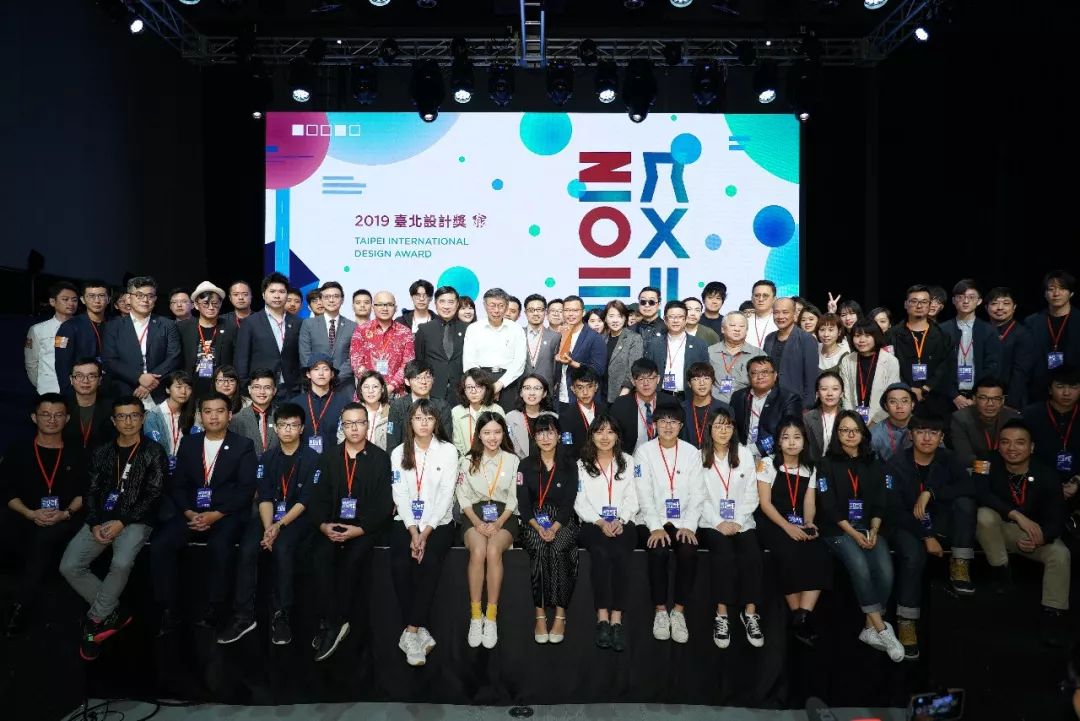
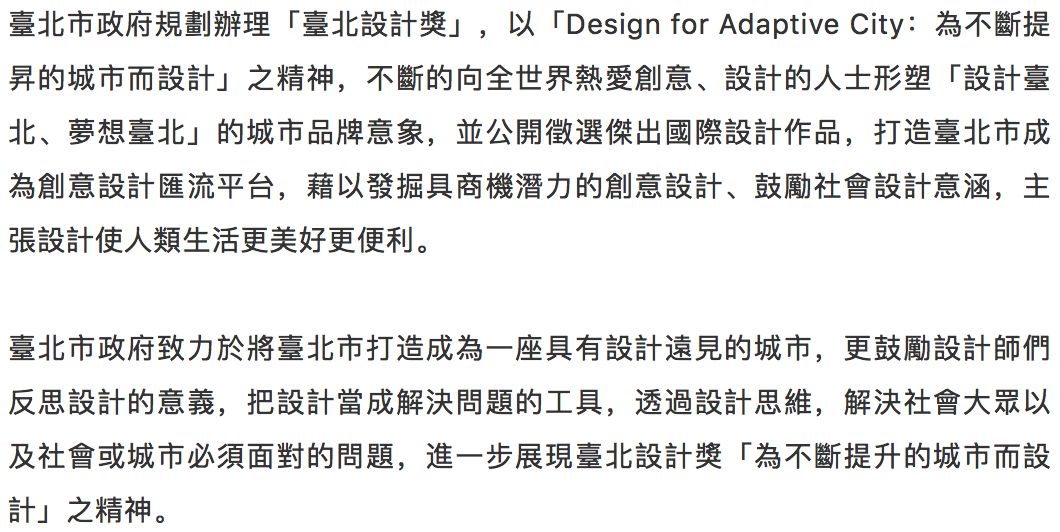
Arctic Saver Tower
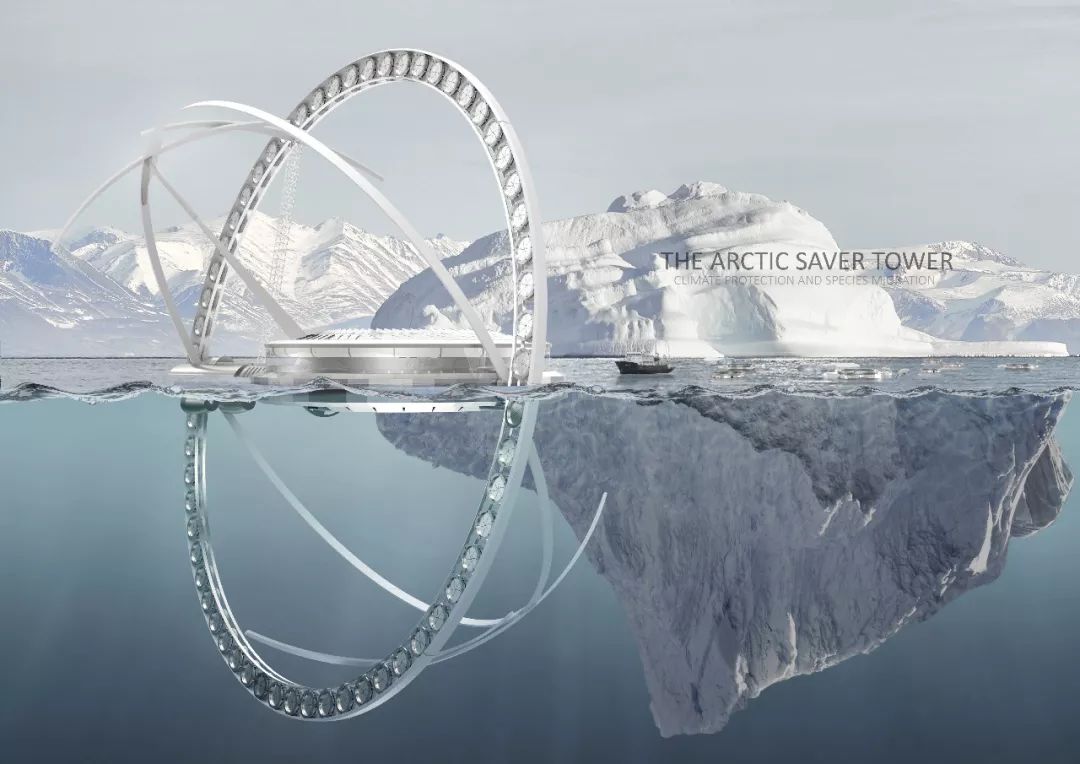
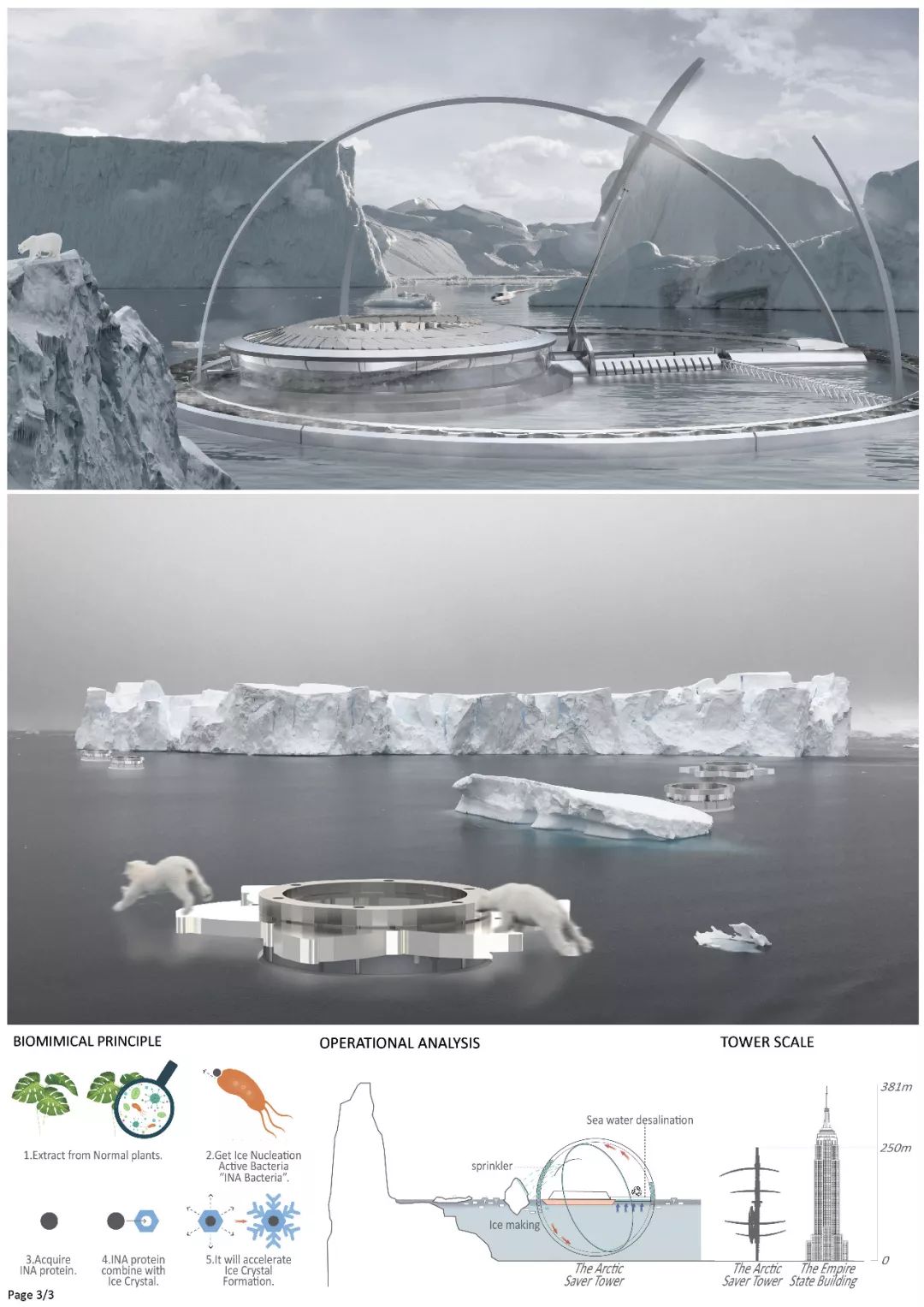
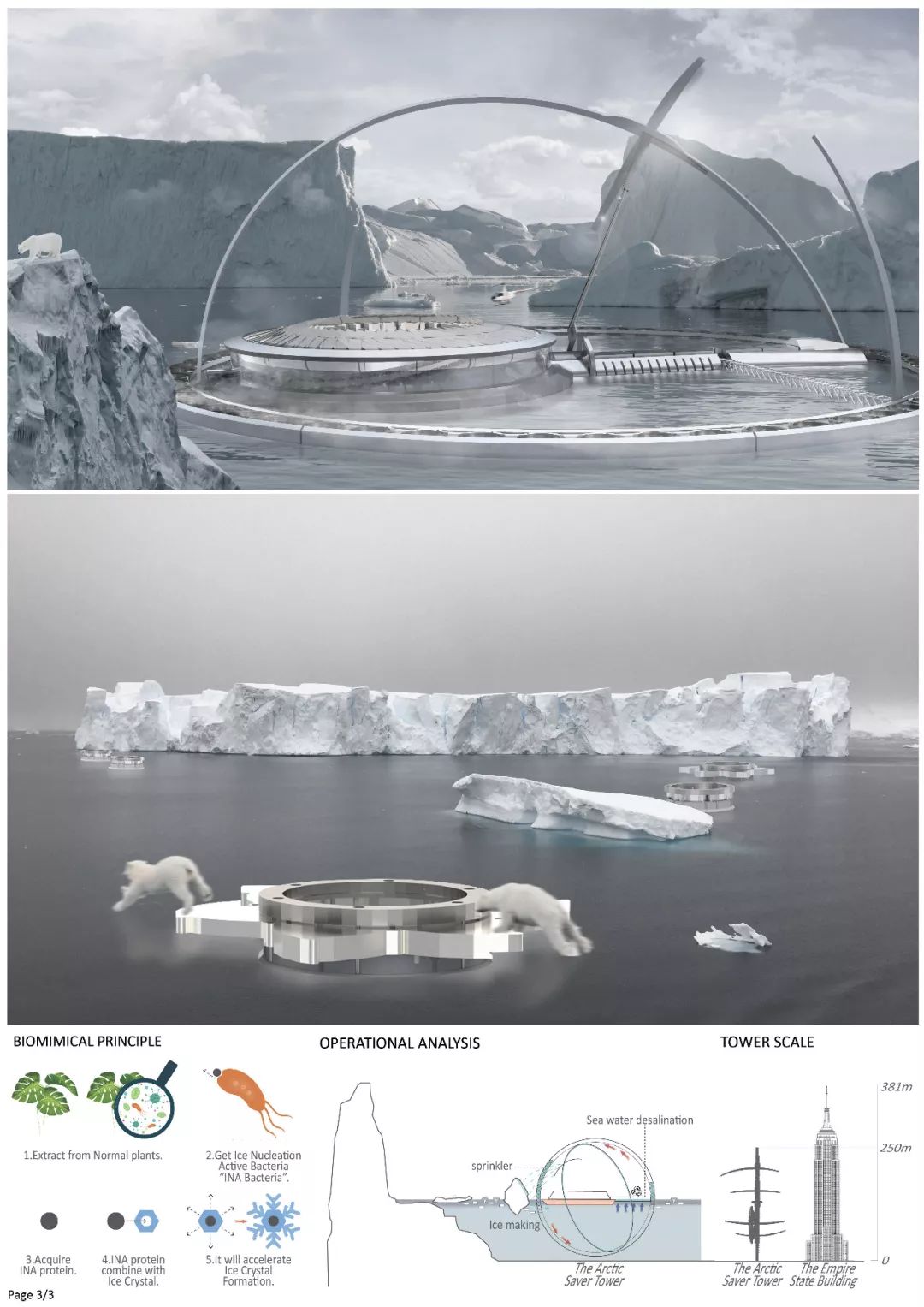
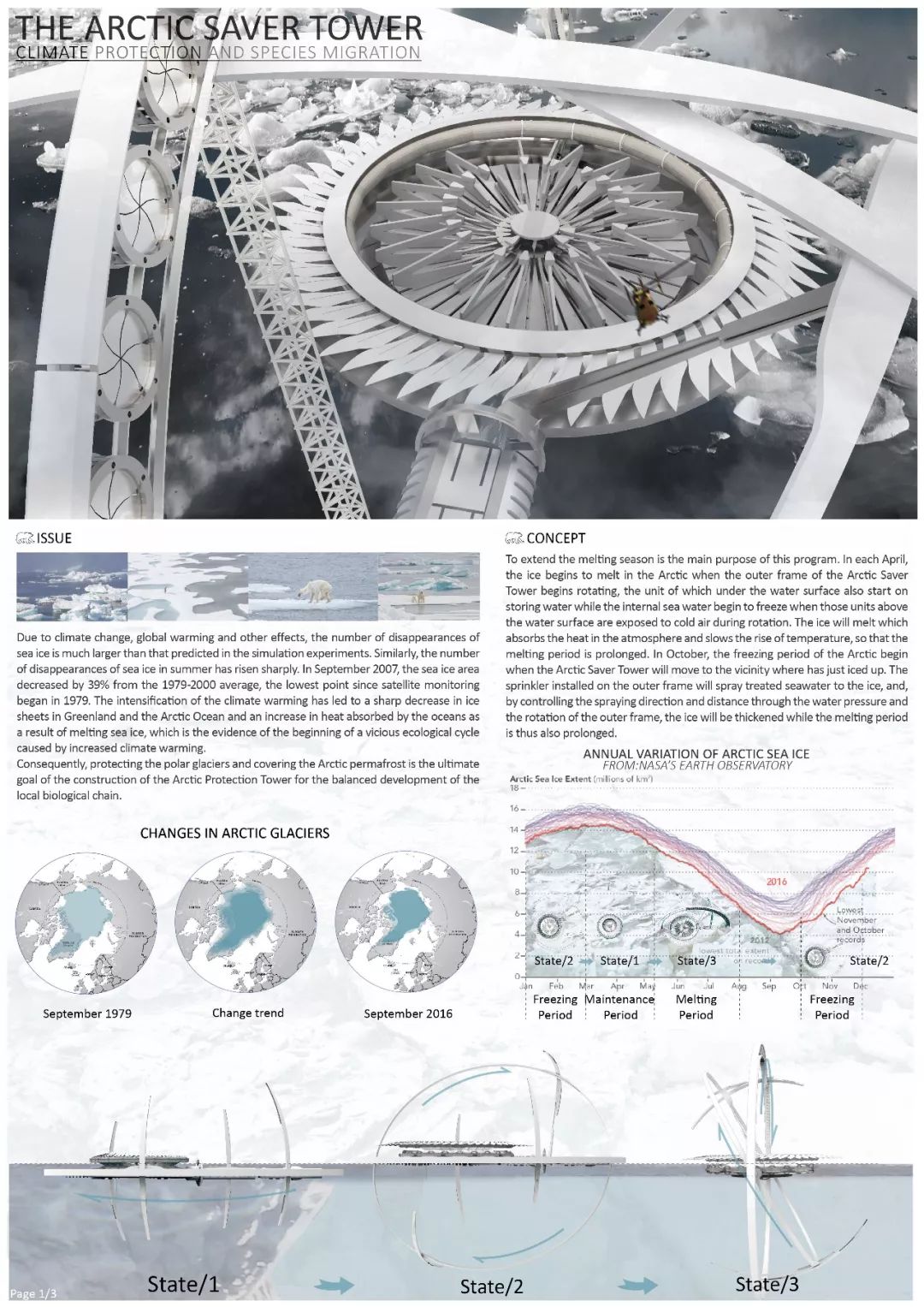
優選 Distinction;最佳人氣獎 People's Choice Award ;National Taiwan University of Science and Technology許禕洋,葉靜怡,延長北極融冰期是該設計的主要目的。北極冰層四月開始融化,北極塔的外框開始旋轉,單元體開始儲存水,並在旋轉過程中暴露在冷空氣中,內部海水開始凍結。當框架旋轉到海平面時,單元體外放,儲冰融化,吸收大氣中的熱量減緩溫度的升高,從而延長融冰期。這些單元體將在吸收大氣熱量的同時,移動到特定地點,為5月到6月開始遷移的少數北極熊提供立足點。十月,北極結冰期開始時,北極塔將移動到剛形成的冰層附近,加厚冰層。
Mitsui Plaza-Taipei Western Dist. Gateway Project
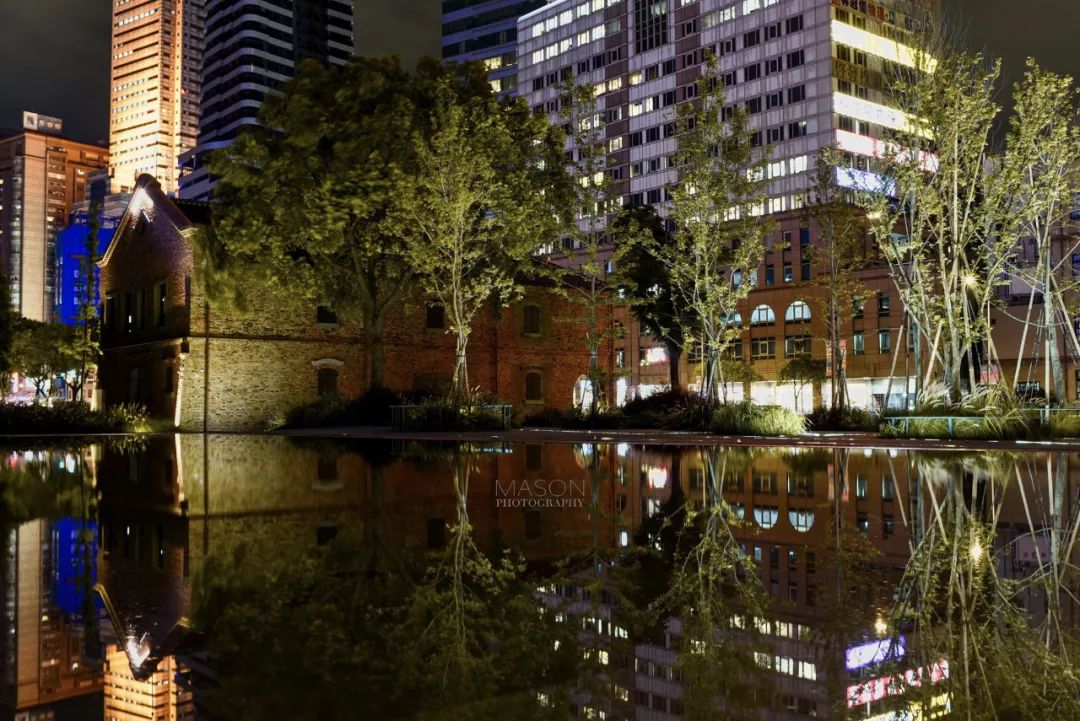
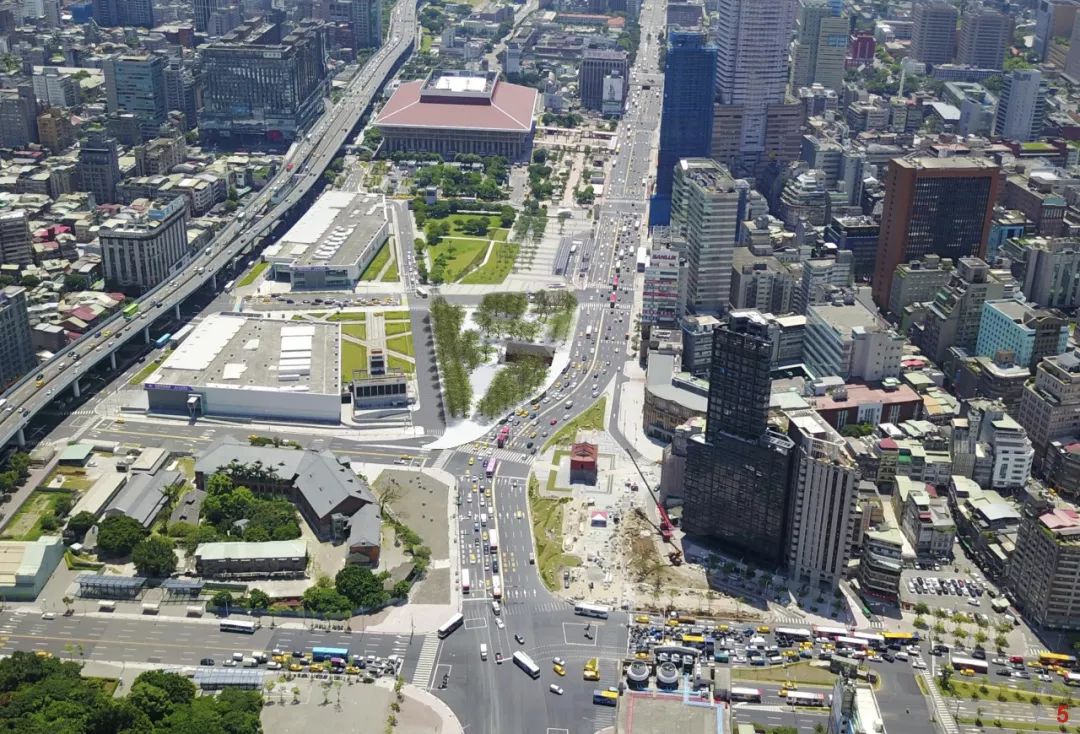
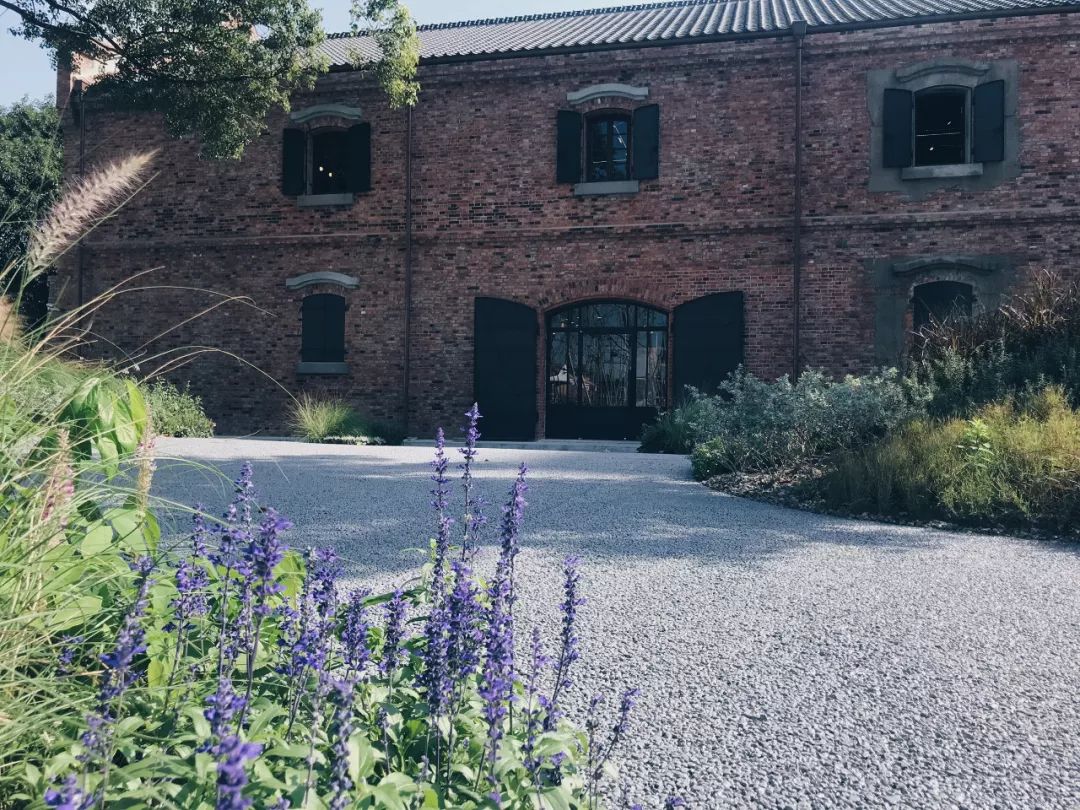
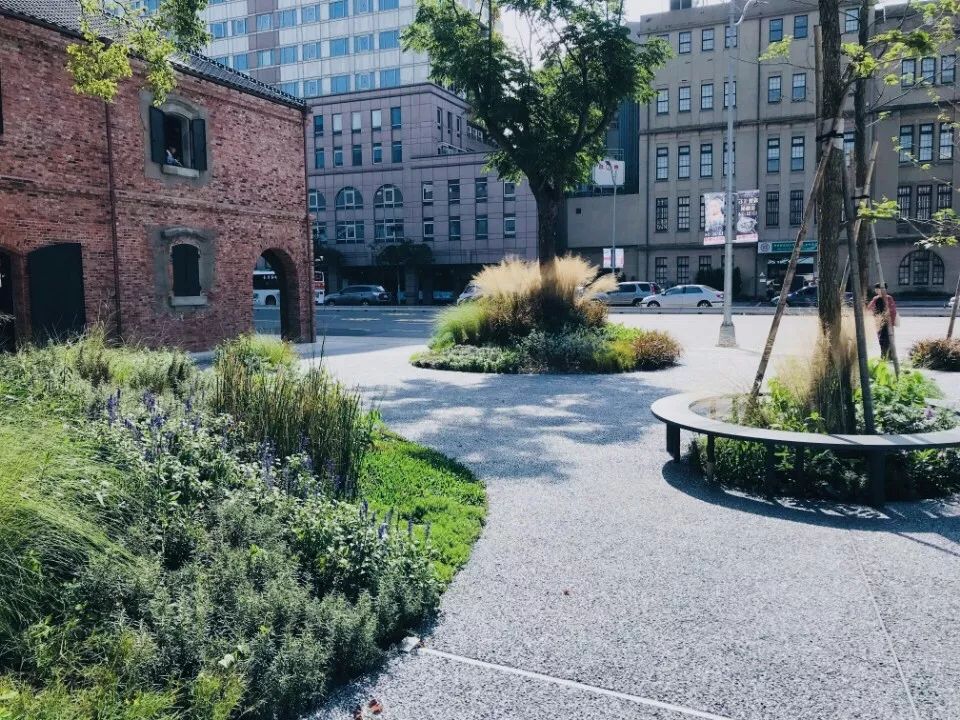
優選 Distinction;太研規劃設計顧問有限公司吳書原,王珮軒,陳怡潔,何品儀,耿寧,“隨時代走過的西區風華,期待復興後的北門日常” 三井廣場從日治時代開始,為經濟交通為發展的區域,交通的便利成為城市發展的架構,現今以人為主的生活空間意識逐漸崛起,自然、歷史、人,如何互相共融共存,發展出未來的歷史藍圖。西區為台北發源的根,隨著忠孝橋拆除,地景的重現三井,廣場成為西區門戶計畫最後一塊地景拼圖。廣場內佇立著三井倉庫,結合周邊豐富的歷史資產,將北門、鐵道博物館等舊址串連在一起,特專區E1、E2也將進行開發,未來沿著北平西路將興建台北長廊,台北舊城區的「亭仔腳」屆時將與三井廣場雙排自然林蔭大道相呼應,市民不只是走在街道上而是走在歷史的軌跡中,從台北車站、行旅廣場、延伸至三井廣場,創造臺北市的綠色客廳,打造門戶新意象。「城市」就是「人」。ㄧ直以來,台灣以經濟發展為基礎,卻忘了把美好的生活留給自己,空間常讓給了車輛,城市的建造,是為了安頓人的生活,提升生活價值,未來都市的開放空間,將朝向以人為主的友善空間設計。基地鄰近忠孝西路,交通便利,反之相對繁忙複雜,如何在這交通要點上,創造城市中的口袋空間,塑造友善的人行空間,是此次的規劃重點。2018 Taichung World Flora Exposition - Inspissated Landscape x The Blossom of Human Conscious
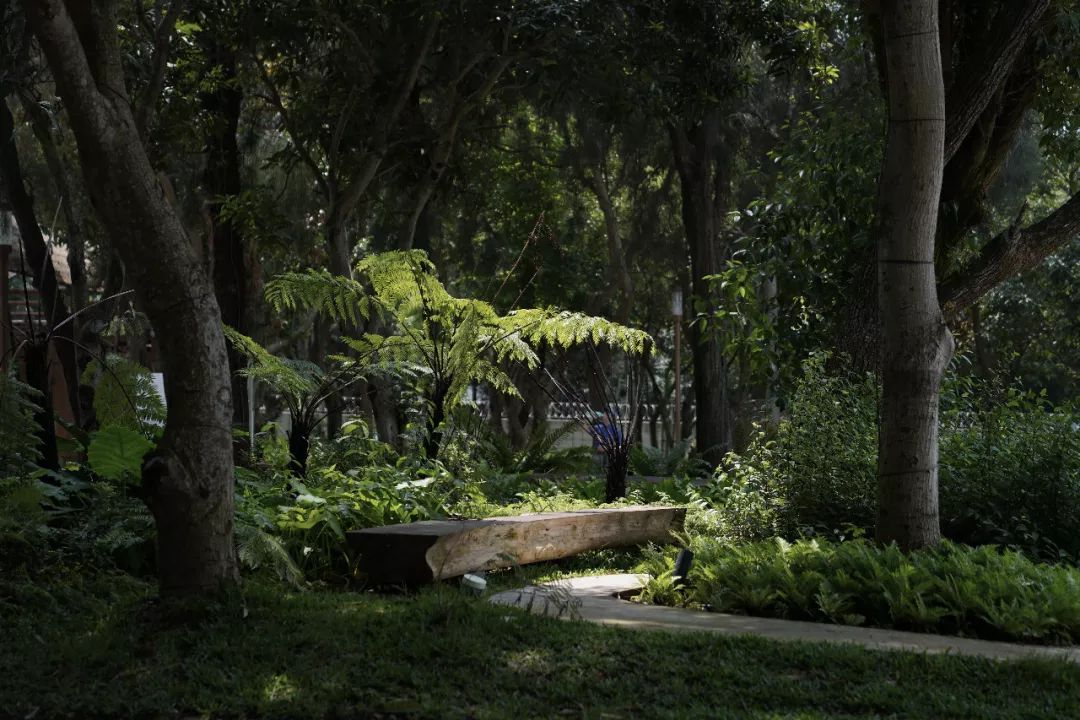
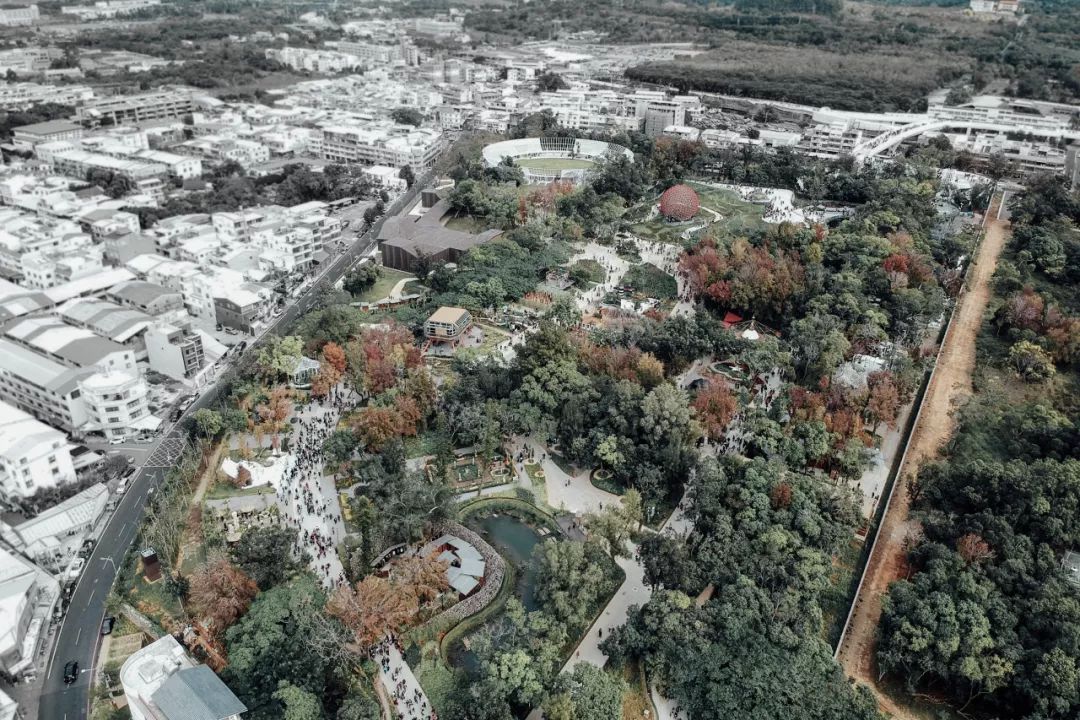
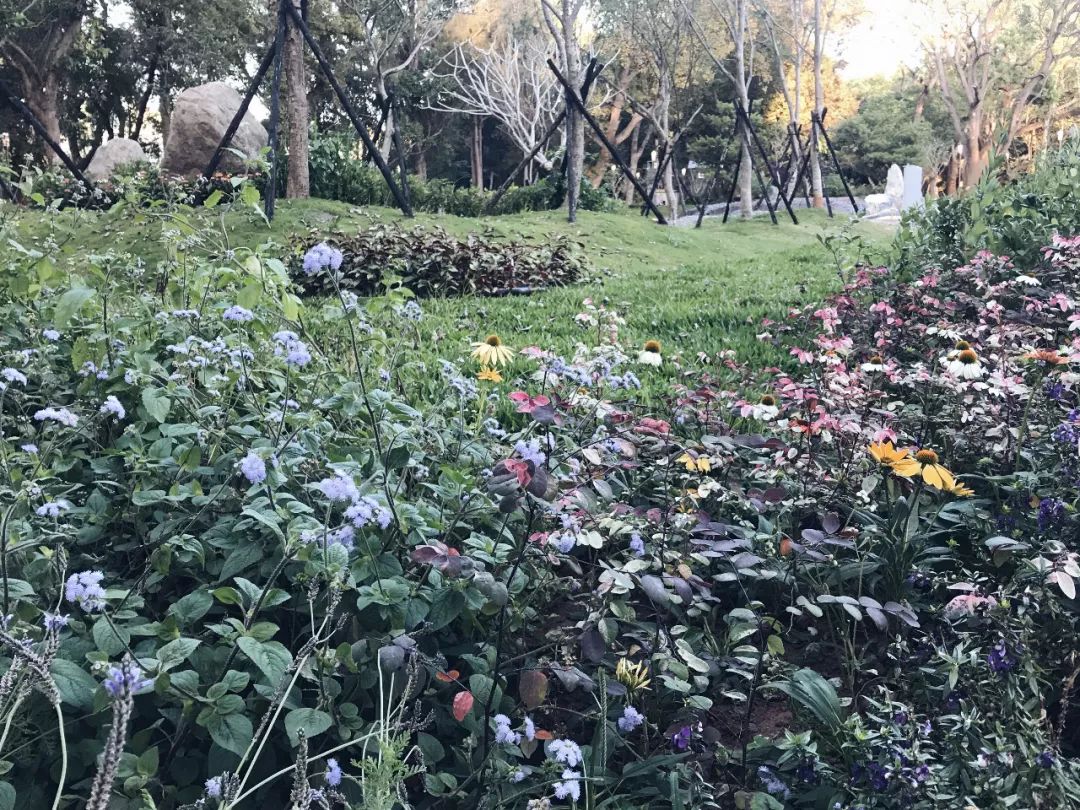
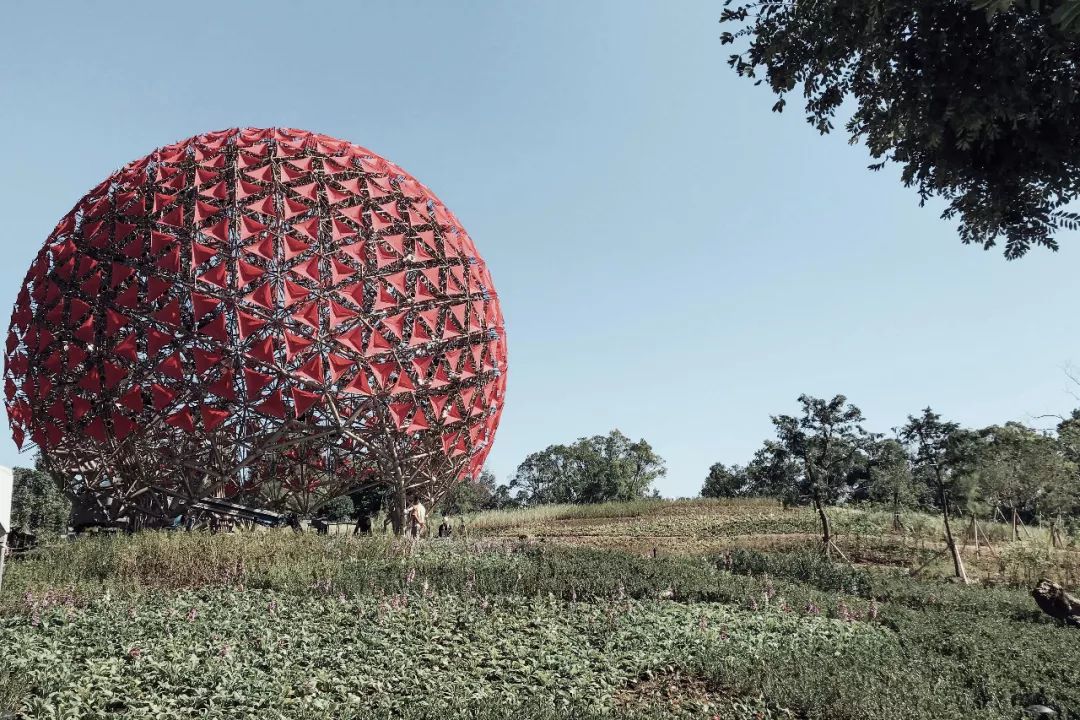
優選 Distinction;太研規劃設計顧問有限公司吳書原,王珮軒,陳怡潔,何品儀,耿寧,EXPO. ─ 即是傳達一種信念及價值,也是國力的展現。「與濃縮地景的相遇,人類意識的開花」,臺灣--福爾摩沙,自17世紀被譽為美麗之島,鬱鬱蔥蔥;這座年輕的島嶼,橫跨8種氣候帶,擁有海拔3000公尺以上的高山200多座,東亞第一,一個台中市就涵蓋了海拔3000多公尺的雪山山脈、中低海拔的東勢林場、平地的文明都市、鄉鎮及出海口的高美濕地,島嶼裡劇烈的地形變化及氣候伴隨的是波瀾壯闊、氣象萬千的植物群相,將近700種蕨類物種、5000種原生物種資料庫,就連欲以蕨類為國旗的紐西蘭也僅有170餘種,對台灣的豐富物種也望其項背。本次花博向世界展現臺灣島真實且多樣的樣貌,模擬出臺灣不同海拔的植栽歷程─高海拔雲霧帶、中海拔樟櫟樹林帶、中低海拔楠儲林帶、低海拔榕楠林帶直至出海口,物種、地形、氣候多樣性及台灣農作改良、高海拔植物在平地的馴化技術即是台灣的展現,也是此次森林園區策展的主軸。約15公頃的后里森林園區,建立在一片蓊鬱茂密的雜木林上,老樟樹、苦楝、楓香大量的保留,庇蔭既有原生植被,順勢形成了此次台灣高低海拔的植栽物種生長及佈展的舞台,草花、灌木隨機恣意的生長,逐漸形成濃縮的高山之國地景,福爾摩沙植栽群相,成為臺灣最大的濃縮地景。
Hangzhou Hangxing Road Primary School
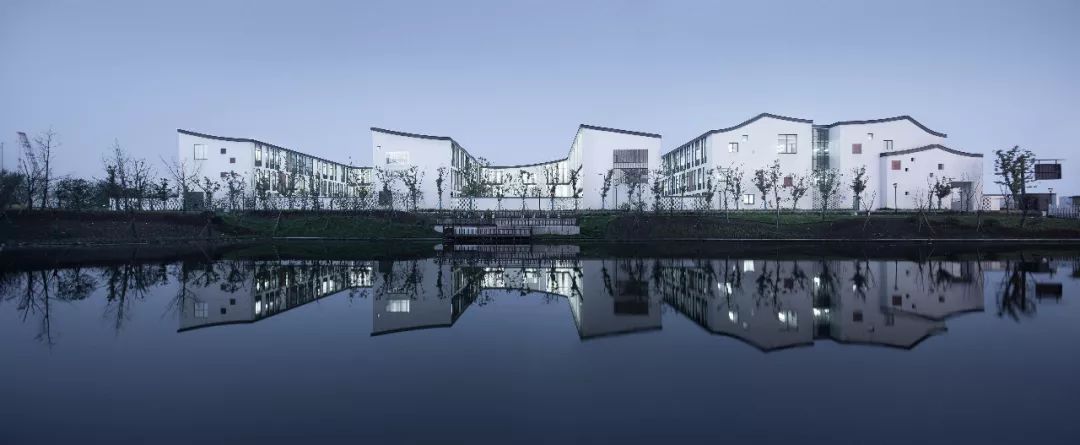
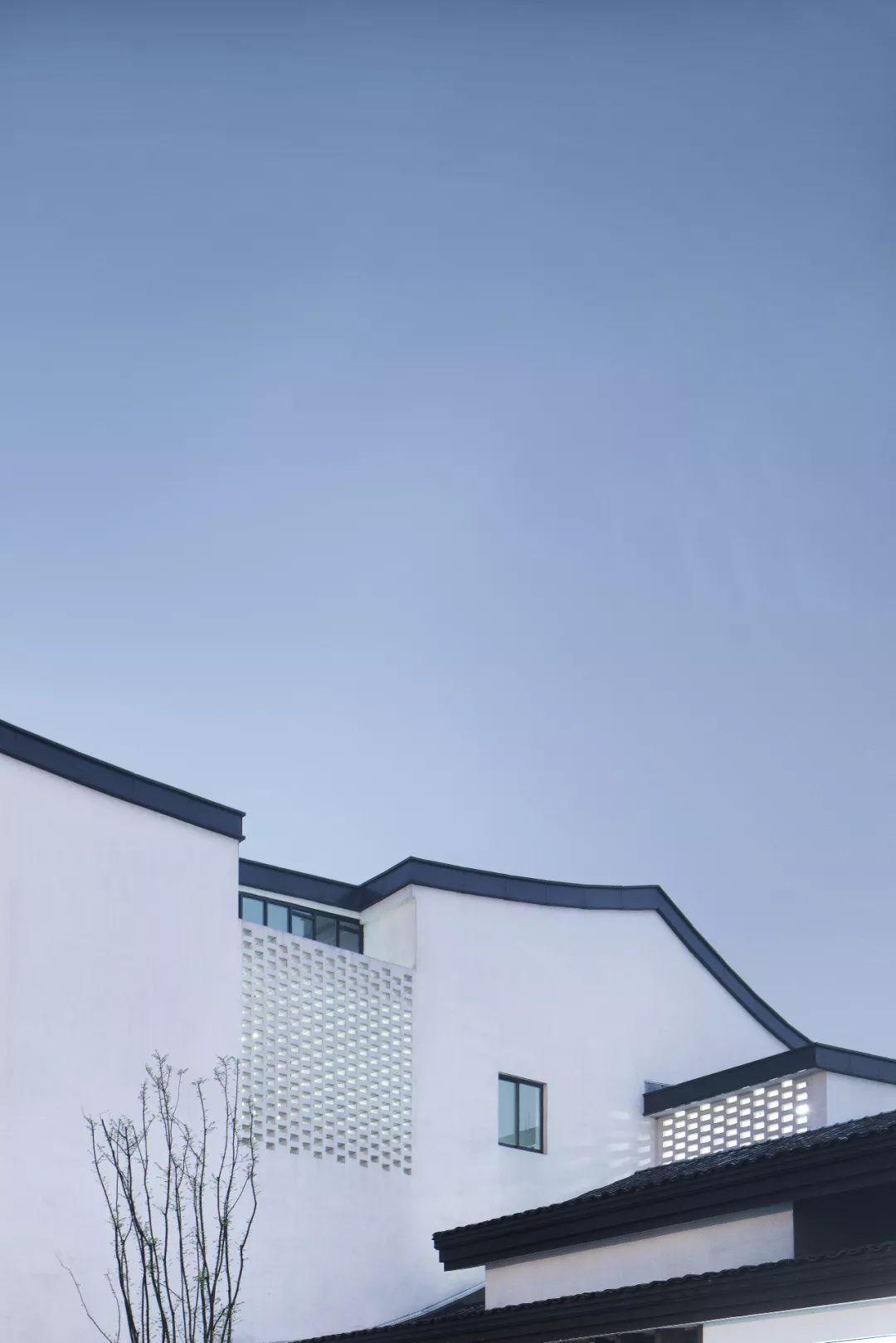
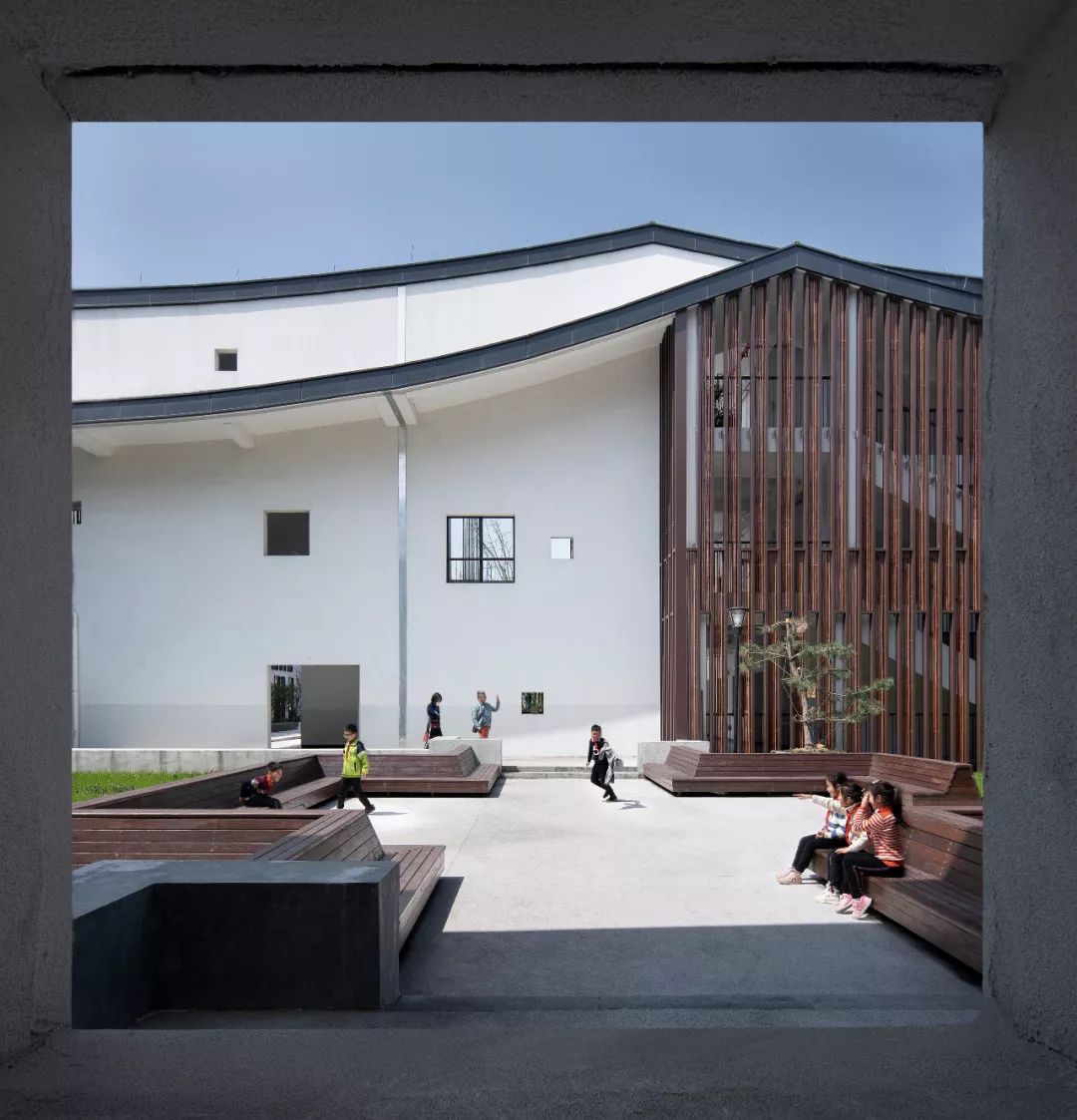

優選 Distinction;GLA建筑设计宋萍,杭州杭行路小学毗邻环境优美的京杭大运河沿河景观带。杭州是世界物质文化遗产京杭大运河的起始城市,建筑师意图将校园景观融入到运河生态景观长廊的大环境中,为孩子们提供一处自然、具有活力的成长空间的同时,能够完善其对这座城市的山水、历史与人文的认知。建筑形式采用传统中式建筑意向,结合现代的处理手法,与杭州整体的运河景观相融合。屋面形式呼应传统山水,采用概括提炼手法,用曲折的屋面模拟连绵起伏的自然山脉,力求体现自然山峦的形态和神韵;白色涂料墙面与灰色瓦屋面,回应了传统建筑的粉墙黛瓦,搭配局部的仿木材质与竹子等装饰构建,回应传统建筑中的木构特征。整座建筑从空间到形式,既蕴含了传统建筑的神韵,又兼备了现代建筑的精神。
Toranoko Nursery
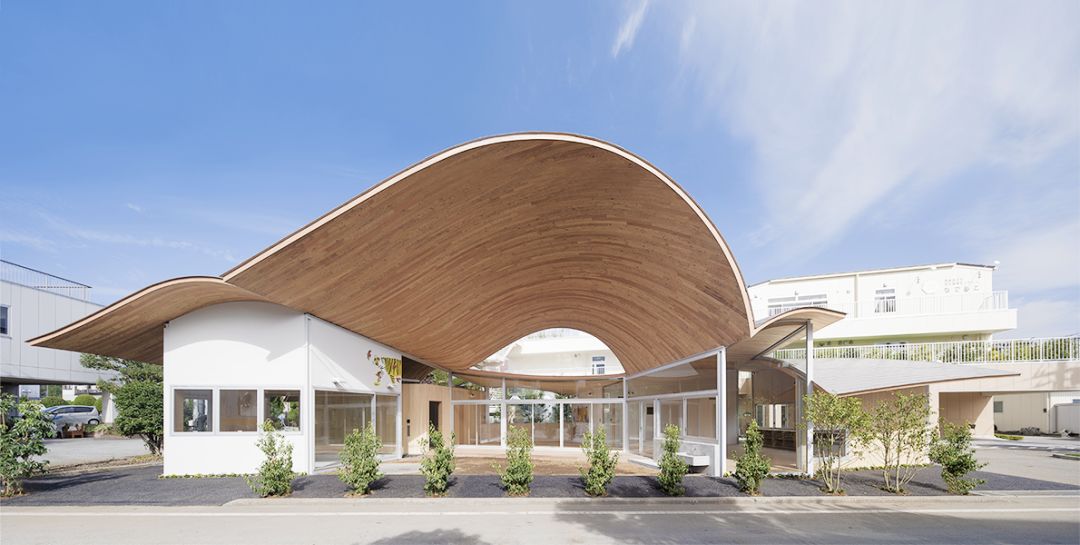
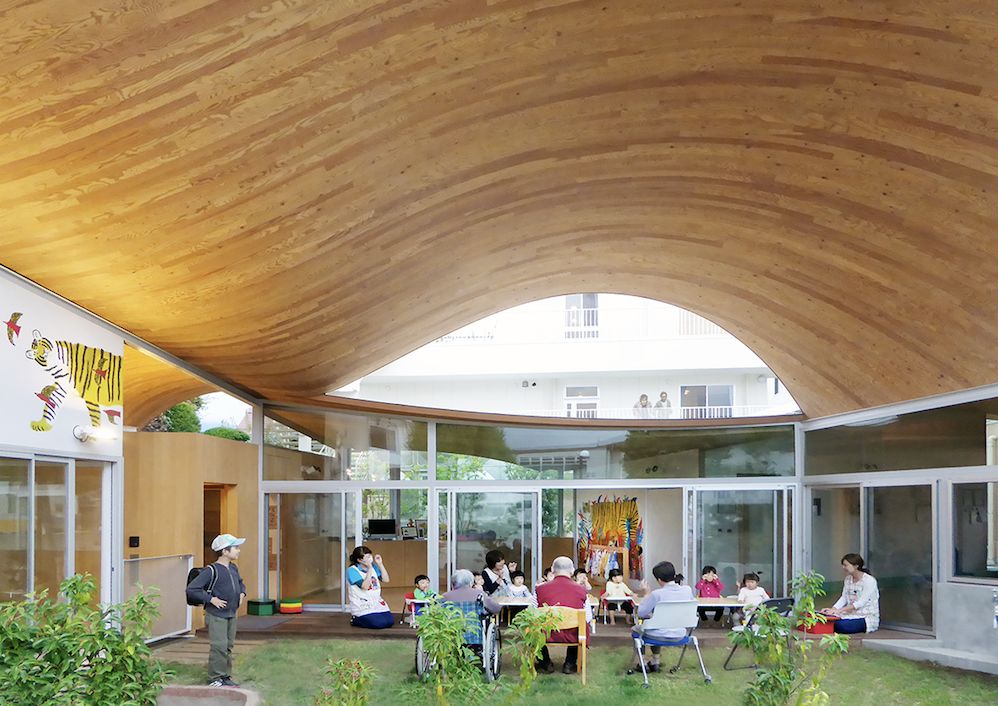
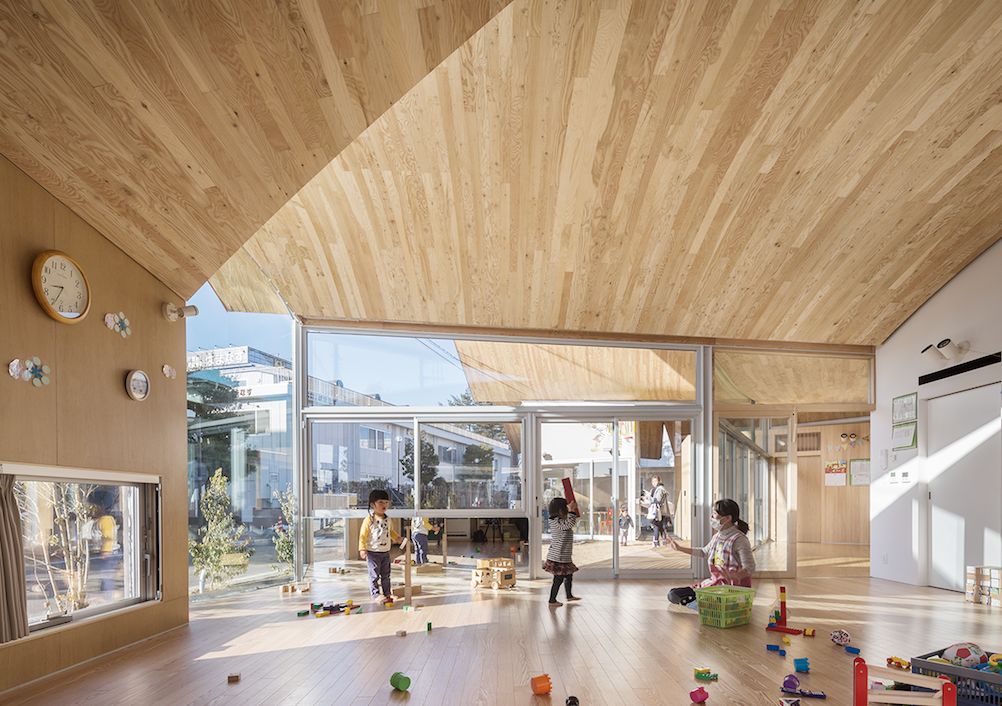
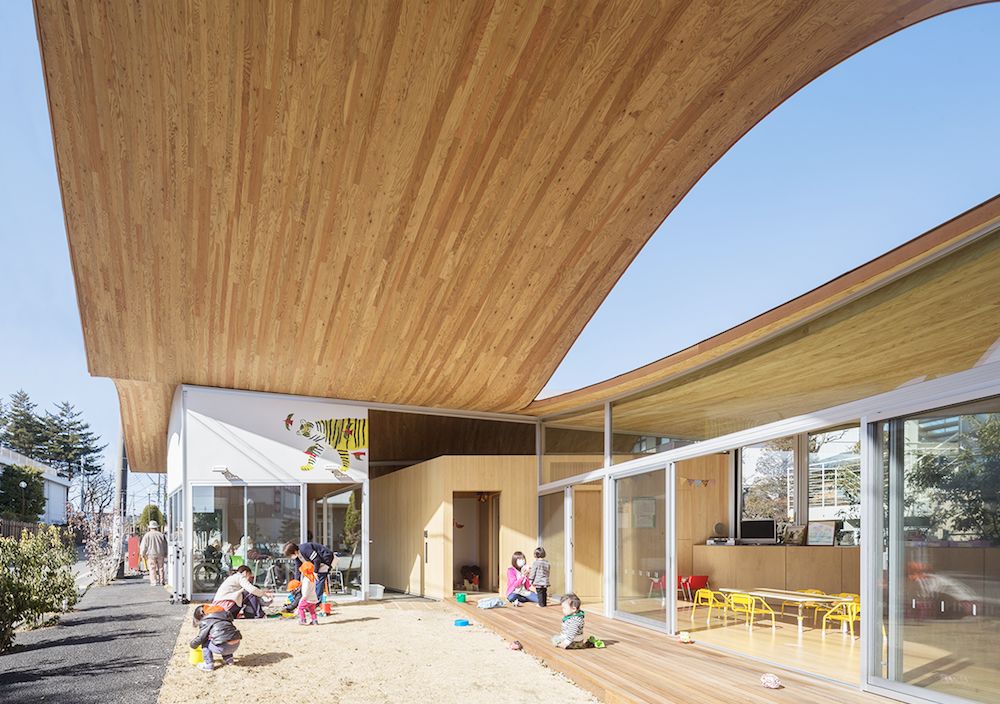
銀獎 Silver Award;Takashige Yamashita OfficeA small nursery with a big roof: The project is a small nursery in a small town in Yamanashi prefecture, Japan. Most of the local residents are aged, living in modest houses and farms scattered in the area. Along with a spectacular view of Mt. Fuji, the town creates a peaceful, but at the same time, a bit deserted atmosphere. The client operates three assisted-living facilities for the seniors around the project site. The initial concept was to build a public venue for the users of the facilities and the local residents, then the idea was further specified to make a lounge area for the larger range of the public and a daycare center to look after the children of the workers at the facility as well as kids from the town. On top of the requirement, we wanted this project to become a trigger to infuse life into the desolate neighborhood and further flourish the local community. Located in the centre of the enclosed site, the roofs are oriented in various angles, opening towards all possible directions to allow physical and visual approach of anybody from any route. The curved and split roof panels also help augment the amount of natural light delivered to the interior area. Gentle curvature of each roof creates a sequence of scenery: they divide the program to a garden, lounge, lunchroom, nursing room and office, while the spaces are still kept connected as one. Children playing around, elderly neighbors taking a rest, mothers chatting with each other, and cats basking in the sun – there is a place for everyone under the roof. Toranoko nursery is designed in hopes of creating a core space of the community where people would gather around, as if under a big tree. Public meaning: It is not a regular nursery but an integrated scene with the neighboring facilities. Not just because some of the children at the daycare are sons/daughters of the facility workers, but due to the enormous bright energy the little kids bring to the daily life of the residents and patients of the facilities, they are everyone’s grandchildren. As the nursery is located in the center of the facility zone, there are lots of chances for the interaction, such as the moment the children come out for outdoor activities with the teachers or the neighbors take a walk around or pass by the area. The large window and the glass facade of the nursery allows the children and seniors in the neighbor see and say hi to each other daily. The lounge area is for everyone from the facility and the town to drop by or stay for a cup of tea. When the timing is right, they will also be able to see and communicate with the children that came out to the garden right beside the lounge for playing with sand. This main garden under the big arched roof offers a place for various public events as well that involves not only the nursery kids but the entire local community: the nursery sometimes provide a talent show of the children and invite the nearby residents, utilizing the balcony as a stage and the garden as the audience seats; when there is a local festival, the garden is open towards the plaza of the facility across the street and become an event venue. Structural system: In order to achieve the lightness of the roofs, 50x50 laminated veneer lumber (LVL) was used to produce the structural ribs in about 100 different shapes, which were then sandwiched between two layers of 9mm structural plywood. The curved section line of the rib elements are cut out of the LVL panel with CNC milling machine and it made possible the variety of form and size of each piece. The bottom layer of the sandwiching panels, i.e. the ceiling side, is cut in 95mm-width and random length to laminate the ceiling surface while functioning as a structural element at the same time. Any extra layers that may have been taken for the finishing material were eliminated by this strategy, enabling the minimum thickness on the exterior roof. The roof is strong enough to cover a large span of maximum 10m by just 86mm thickness without any supporting elements mid-span. Steel portal frame by H-100x100 sets boundary between rooms, over which the LVL ribs stretch. The use of wood on the roof structure and also on the finishing was the best choice to achieve the soft and smooth configuration as well as the natural and warm atmosphere to fill the big open space. Sustainability: The Toranoko Nursery is designed to eliminate energy use by actively allowing natural light and wind into the building through its structure open towards the environment. Curved roof panels oriented in all different angles augment the brightness to be delivered into the room from various sides. The roofs over the nursing room, which has the biggest depth and would relatively get dim easily, are split into two that sunshine permeate the room through the gap. Glass facade and wide windows help bringing daylight in as well, diminishing the need for the use of electric lights. Facing south, the arched roof spanning over the central garden in front of the lunch room performs to control the amount of sunlight introduced into the interior space, which further determines the indoor temperature. The roof rises tall and broad without any columns interrupting midspan, maximizing sunlight penetration to warm the rooms up during winter. Its large depth acts as a giant canopy to provide shade over the nursery during summer when the sun is higher. The shaded garden also functions as a threshold to cool down the air before entering the room. Sliding doors that occupy more than half of the main facade and lounge room, along with a series of windows and a large window on the opposite side of the lunch room and nursing room, enable natural air ventilation through the entire building. Social meaning: As Japan is currently facing a low-birth and aging population problem, the importance of medical treatment/nursing/welfare/childcare has been increasing. The priority is thus to maintain and expand, if necessary, the facilities which form the fundamental of the system. Under such circumstance, treating seniors’ life after retirement and raising children for the future would rather be inseparable issues. it would also be an opportunity to reassess what social welfare is meant to be. Toranoko Nursery is indeed to become a proper model for such case. The symbolic arched wooden roofs of the nursery, surrounded by assisted-living facilities for seniors, are facing various directions welcoming people. The garden under the huge roof has become a plaza where children frolic and the seniors and staffs from the facility, and further the local residents drop by and interact casually. The big windows benefit the workers at the facility who sent their children to the daycare as they can easily check the kids from outside when passing by. Toranoko functions not just as a daycare but as an open facility in the heart of the local community. This kind of open-operation of the nursery is only possible in this specific project under such special condition where the children are looked after by all the adults around, while regular kindergartens in Japan are usually highly protected and closed for privacy and safety issue nowadays. We believe the active interaction between the silver and preschool facilities would create a synergy effect and advantage both groups.Tank Shanghai
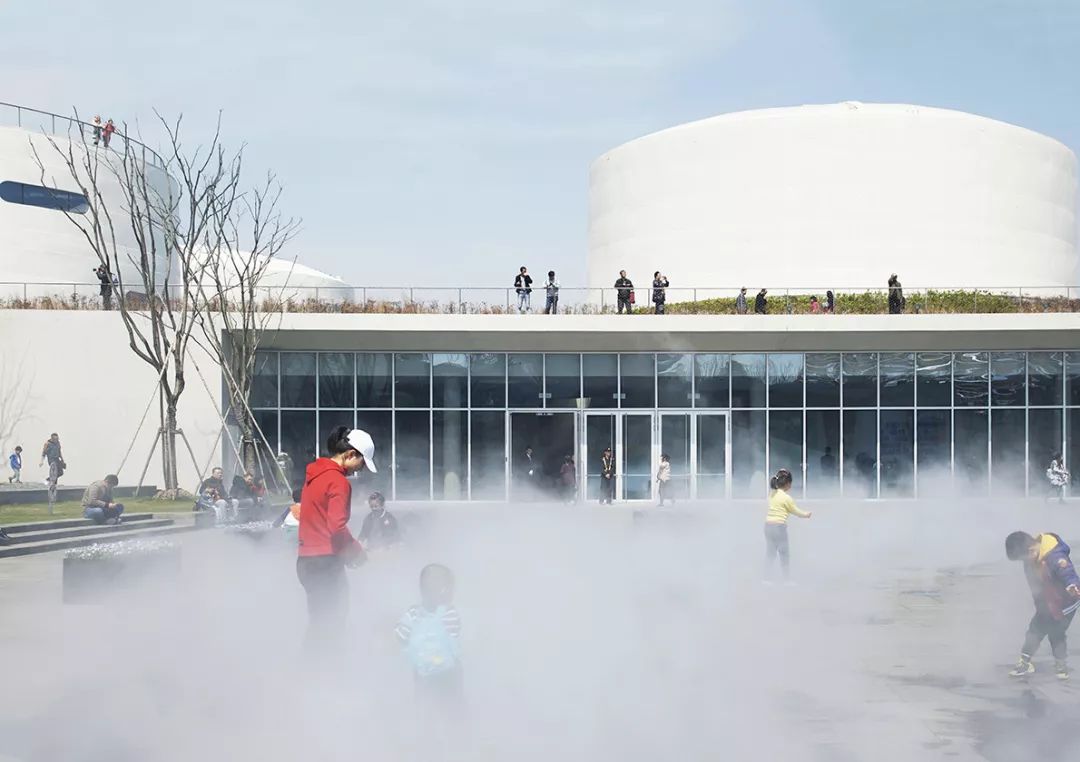
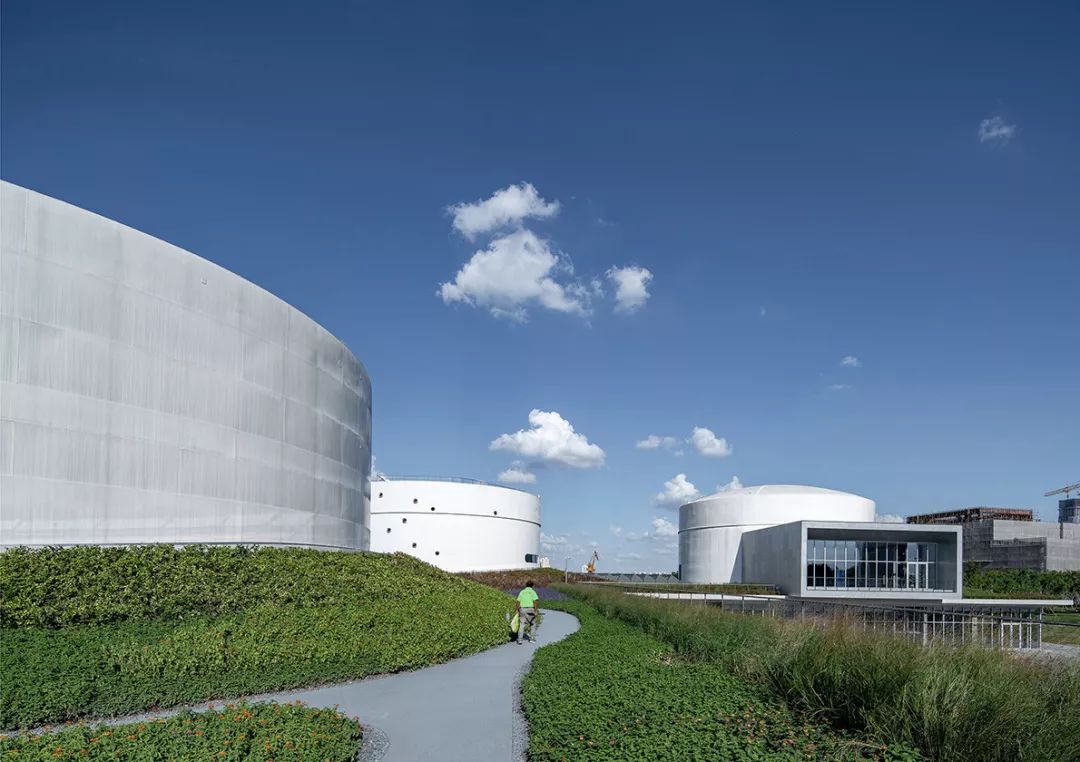
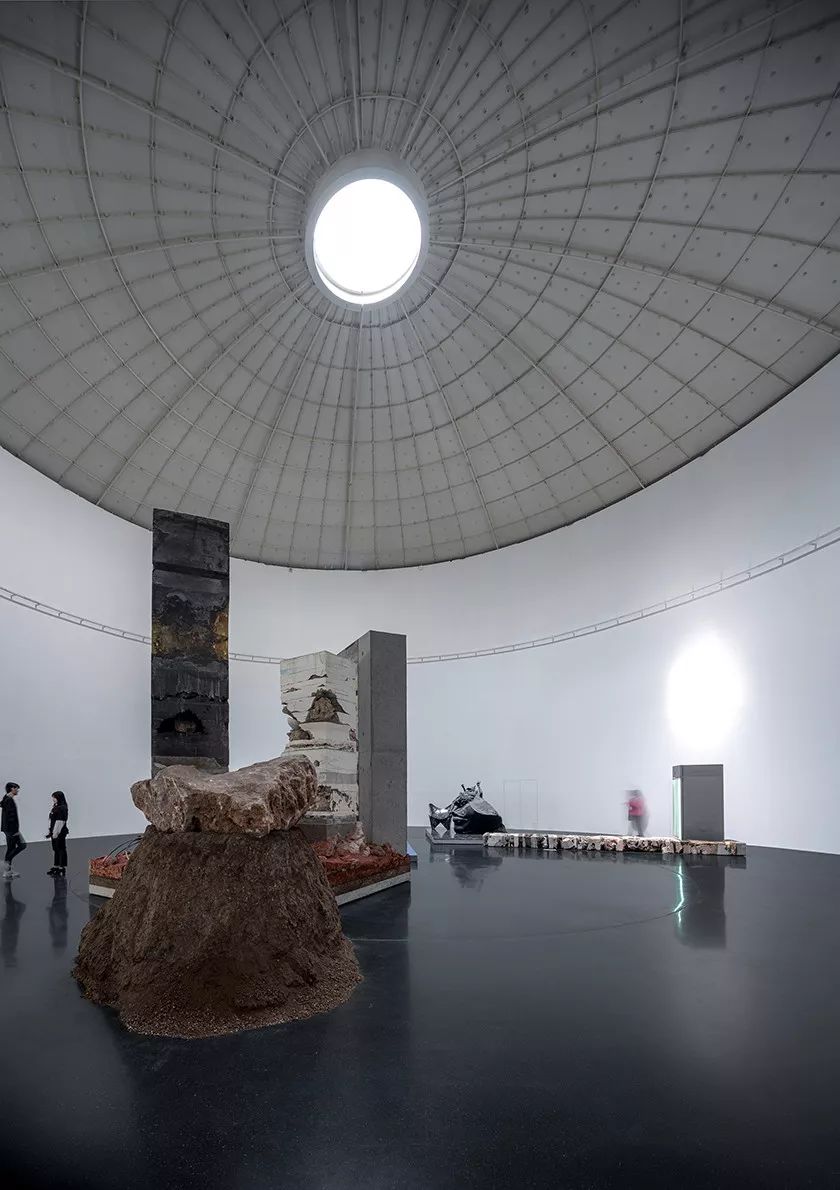
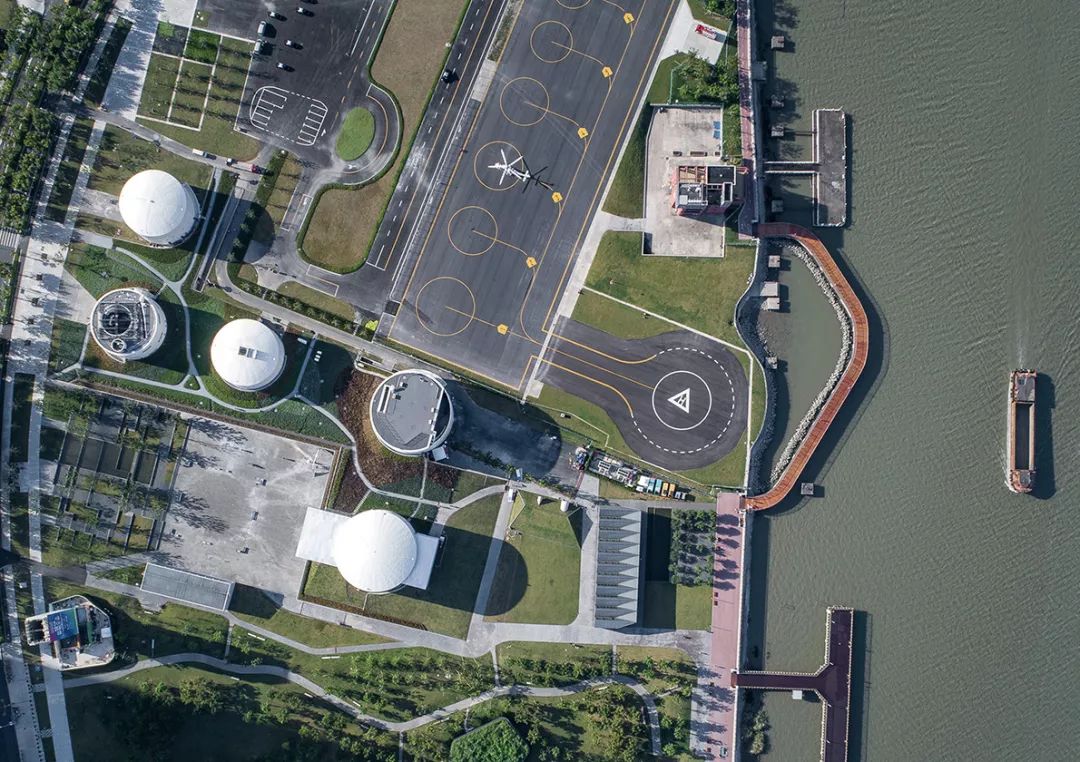
UCCA Dune Art Museum
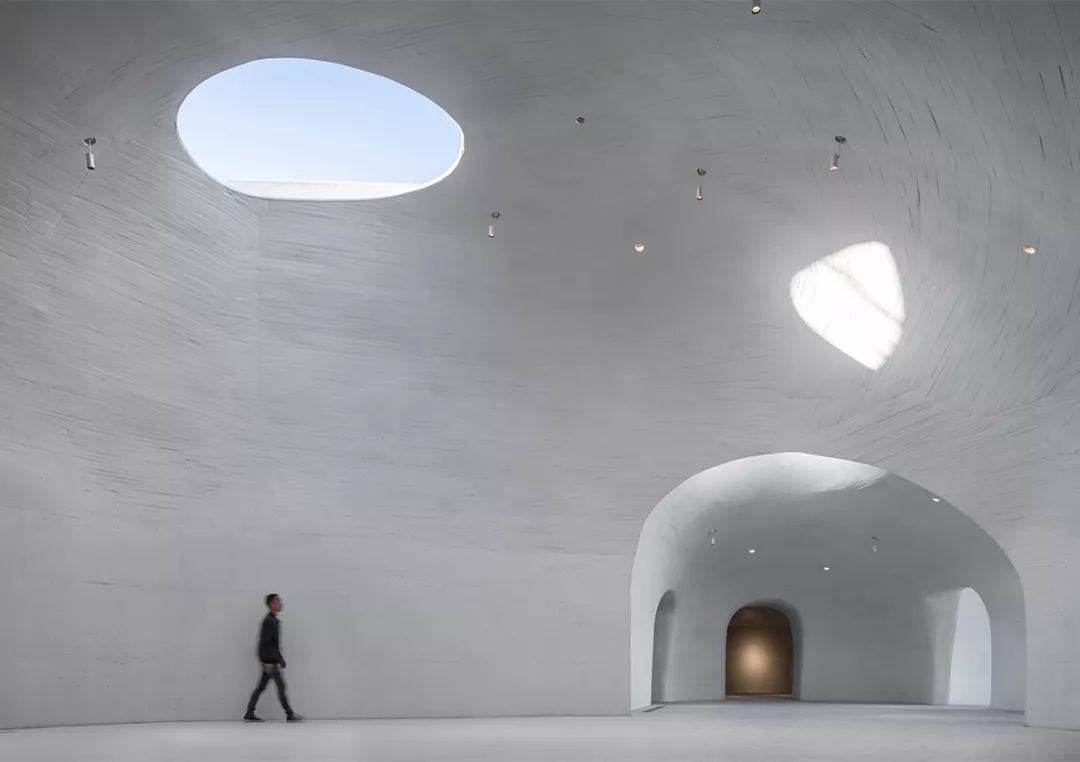
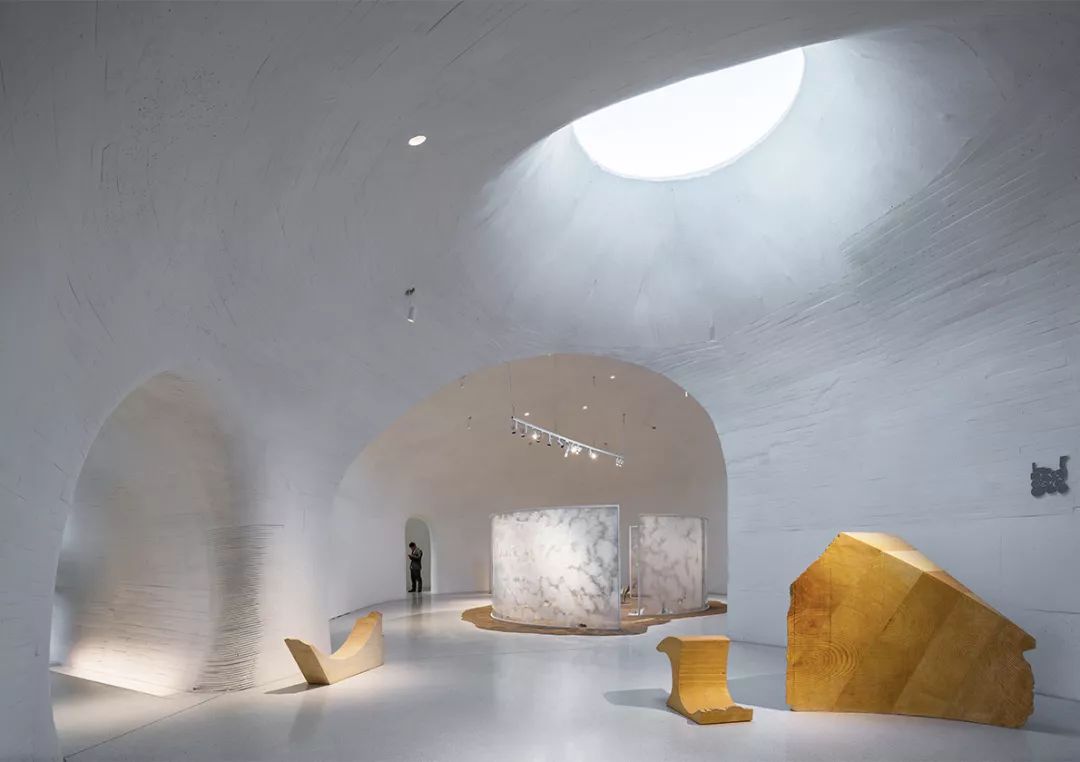
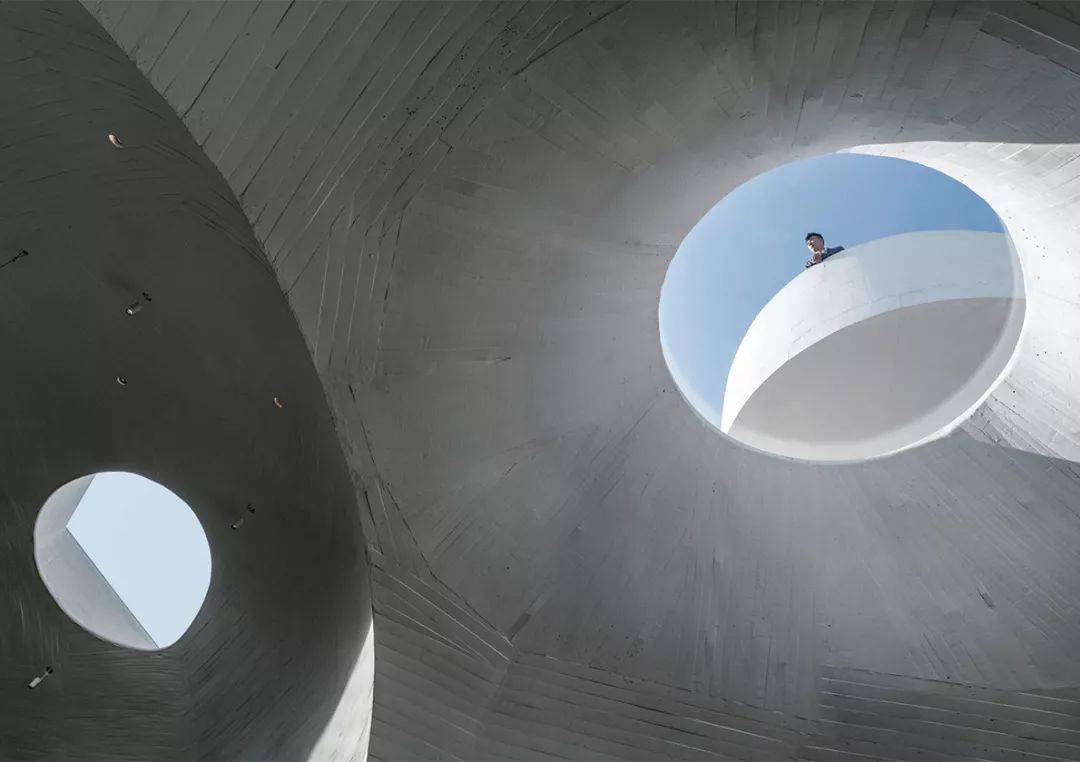
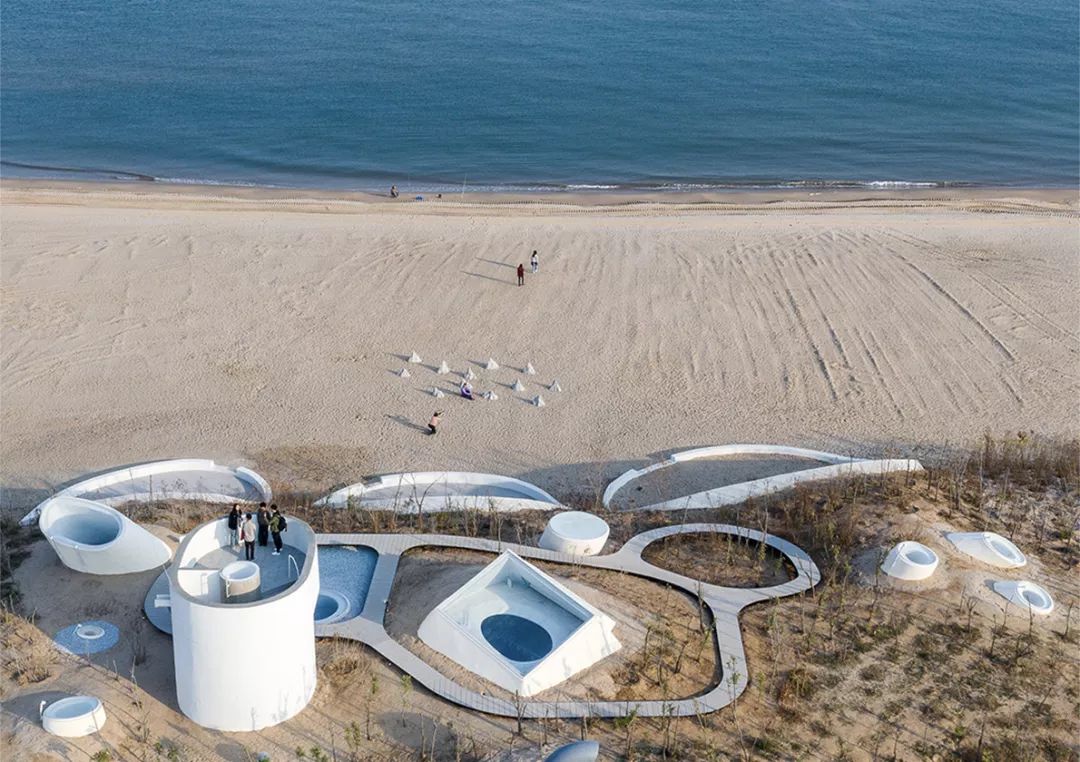
優選 Distinction;OPEN Architecture在中国北部渤海湾的一段沙滩上,OPEN设计了一座消隐的美术馆,如同藏于沙丘之下的神秘洞穴。将美术馆选址于沙丘之下,既是对自然的敬畏,也是一种保护:因为美术馆的存在,这片沙丘将永远不会人为“被推平”,从而维护了千百年累积下来但也十分脆弱的沙丘生态系统。一系列细胞状的连续空间,构成了沙丘美术馆里丰富的功能,包括大小形态各异的展厅、接待厅和咖啡厅等。建筑的主入口是嵌入沙丘里的一个隧道般的洞口。经过长长的、幽暗的隧道,进入到一个圆顶有柔和天光的接待厅,然后空间豁然开朗——人们步入中央展厅,那里,一束光线从高高的穹顶上倾泻而下,空间弥漫着静谧而神圣的精神光辉。从沙丘美术馆内部看海,透过不同的洞口、在不同的时间里,大海都是不一样的风景。一部通往沙丘顶部观景平台的螺旋楼梯,引领人们从洞穴的暗处循着光线拾级而上,直到突然置身于天空与大海的广袤之间。这座美术馆不仅在设计理念与空间形态上突破传统,也尽可能地实现了建筑的可持续性。它的设计体现了建筑师对于环境与生态的深刻关照,同时创造了一个人与艺术、与自然对话的独特场所。
National Day Parade 2018
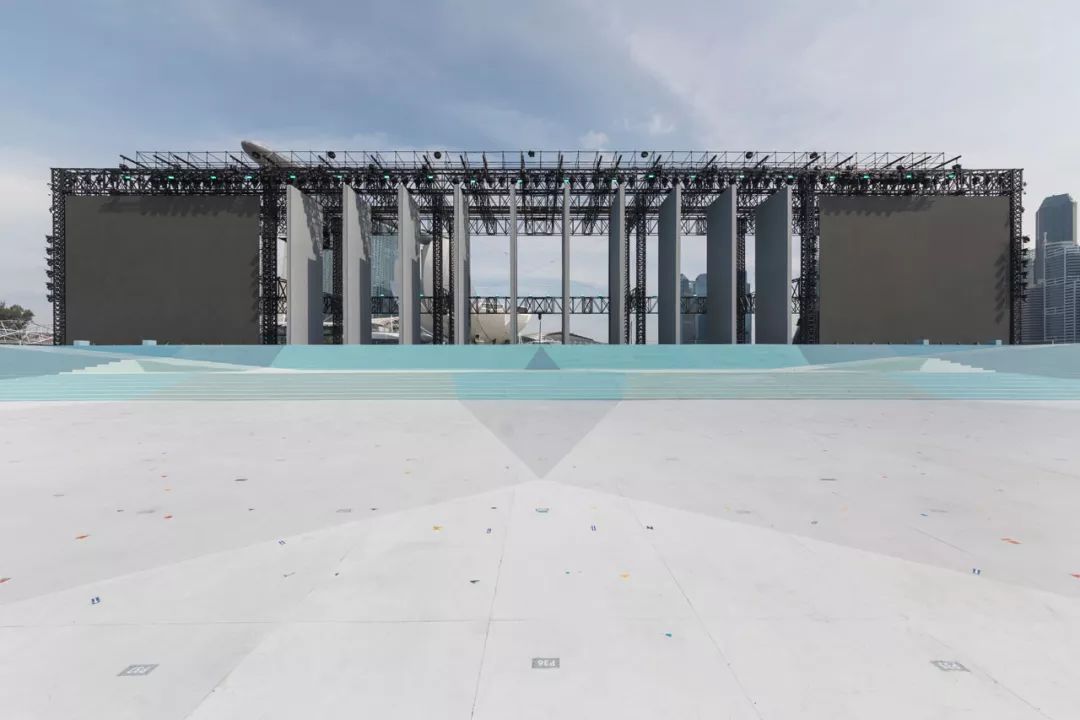
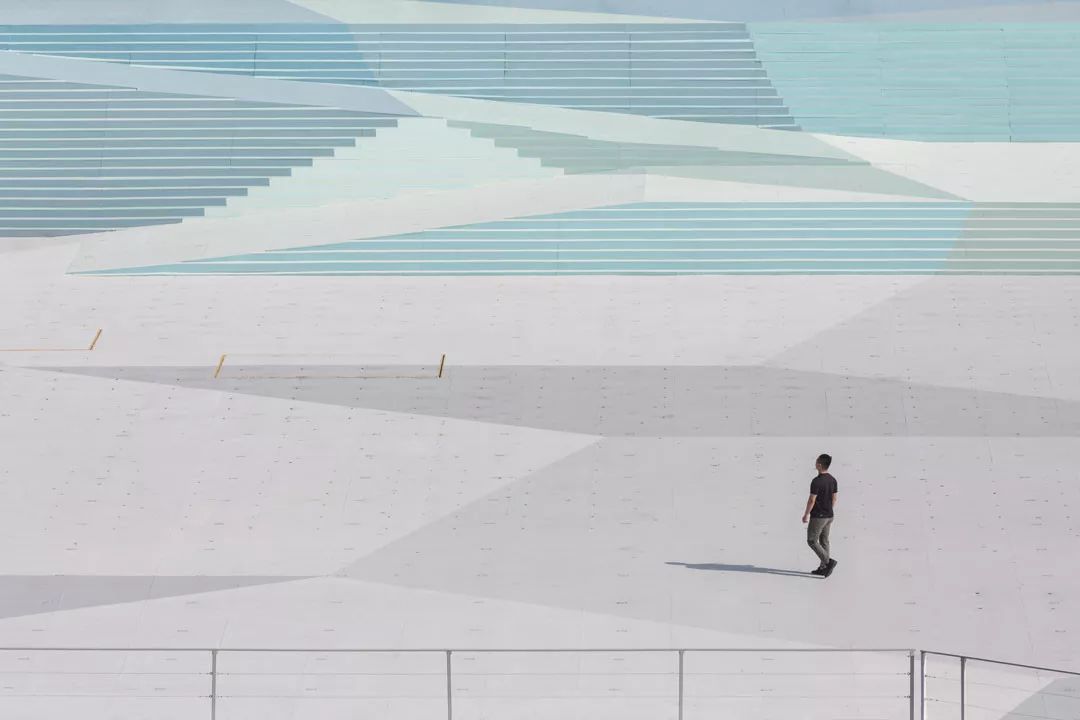
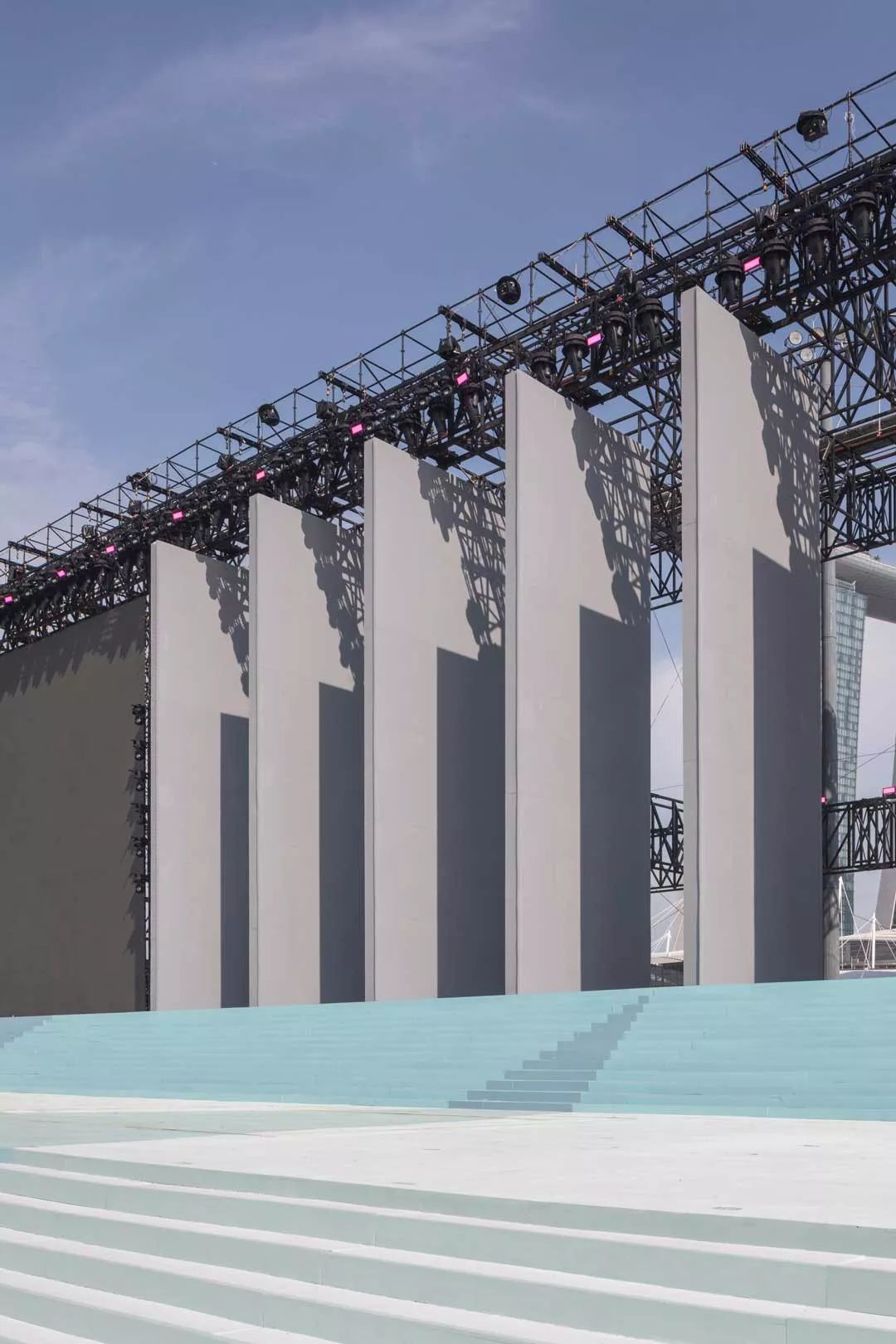
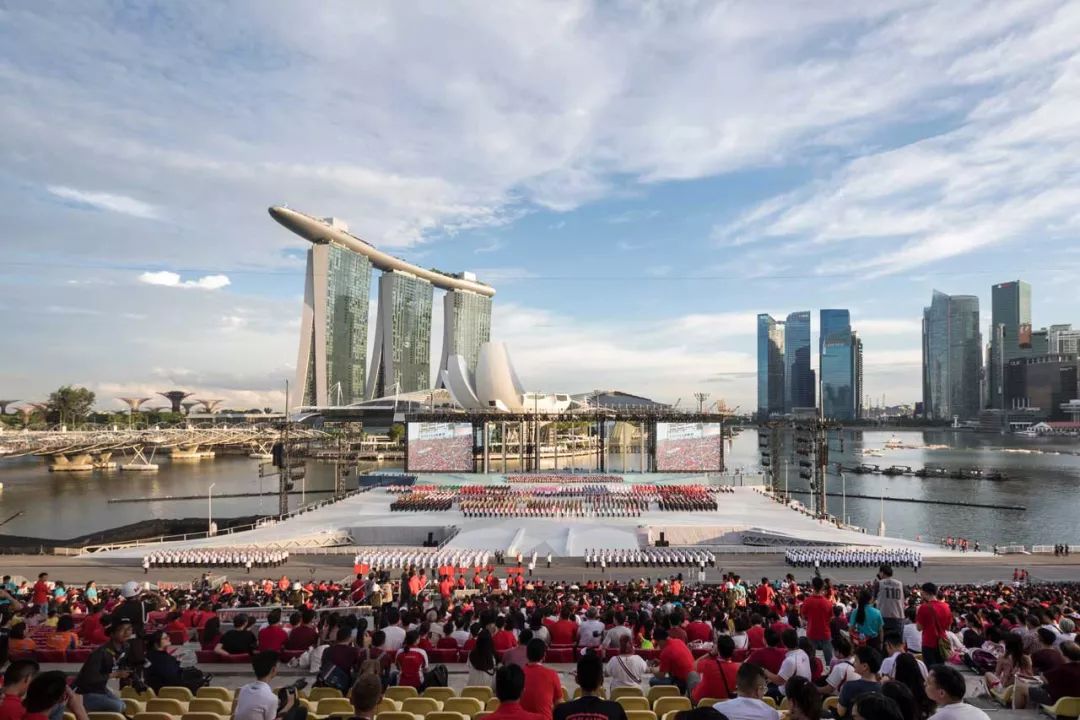
1971 Research Camp-Rebuilding Design of the Old School
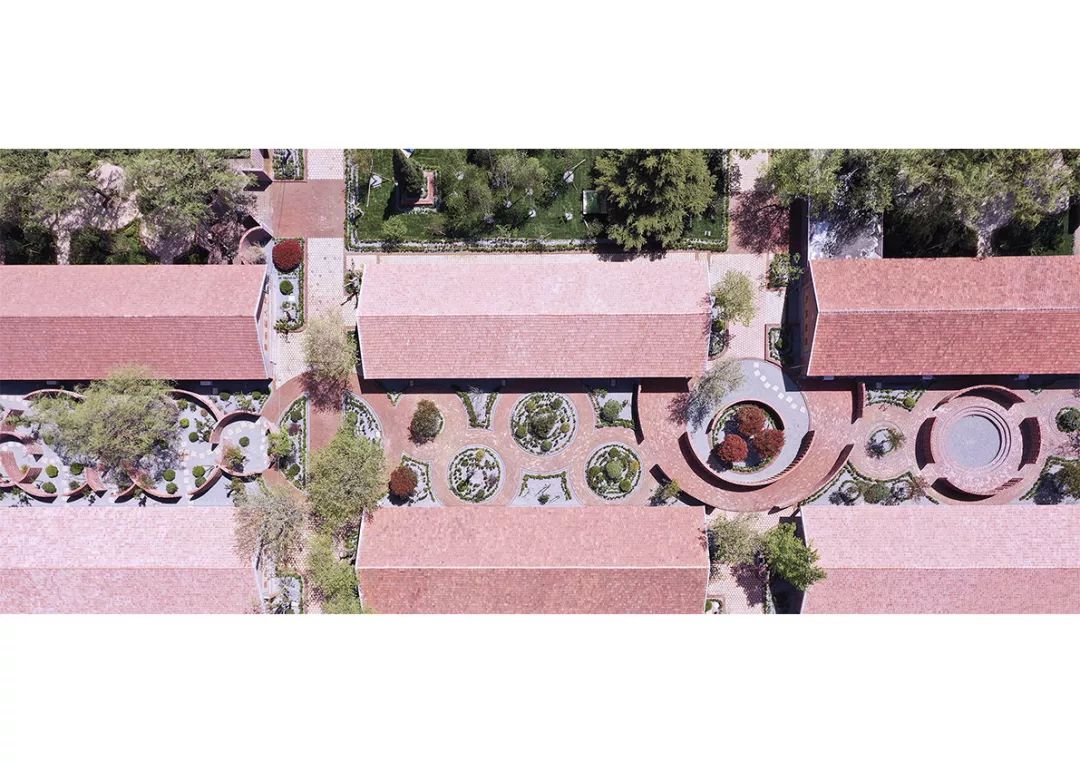
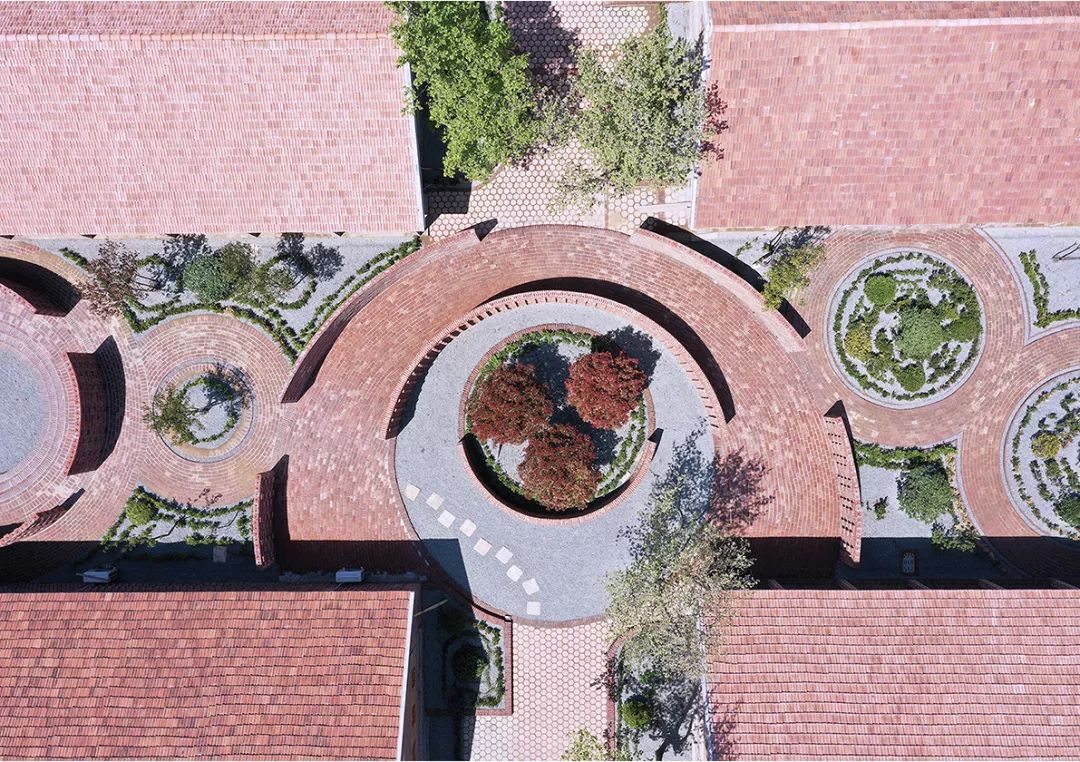
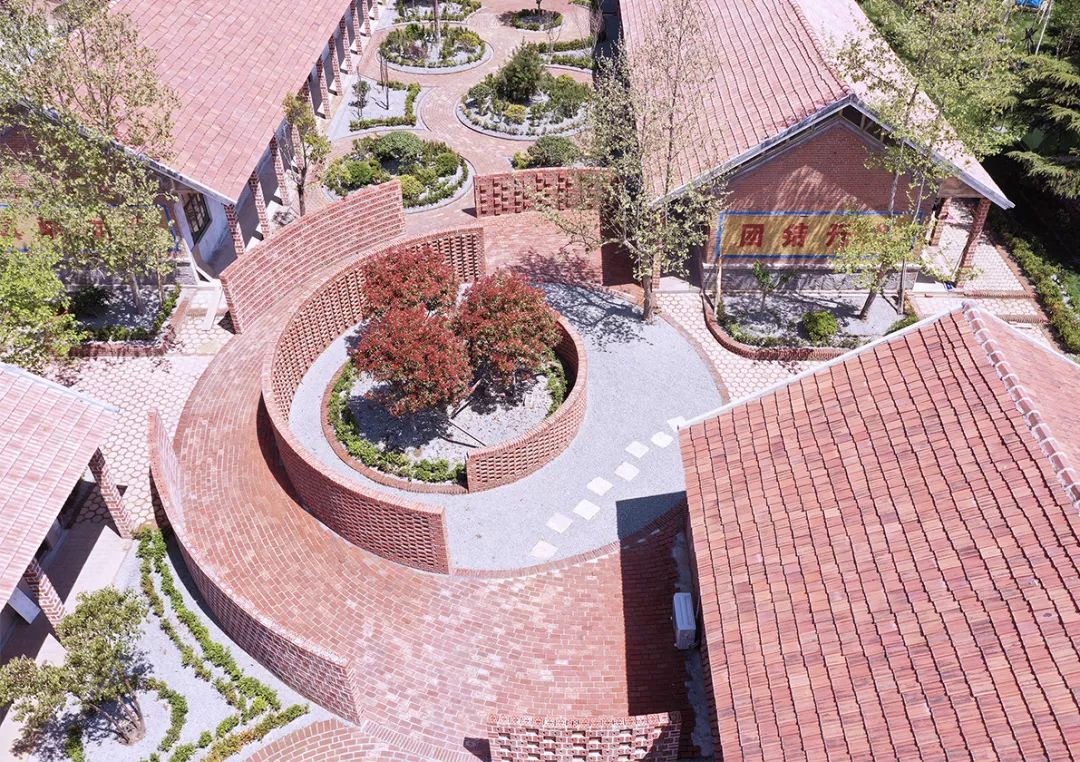
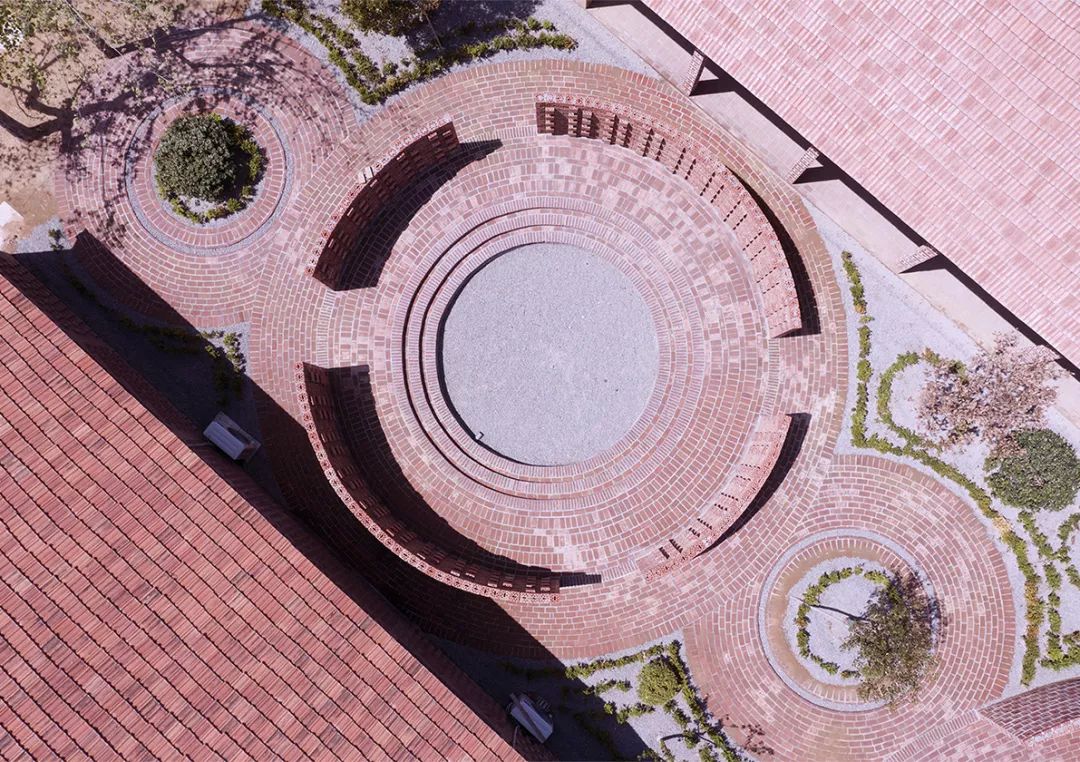
IFI 特別獎 IFI Special Award;北京大可建筑规划设计有限公司杨攀,高浩军,王学艺,此次改造设计是将基地原有日常教学区改造为1971研学营地的学生住宿空间及休闲景观区,在满足住宿功能需求的同时,不破坏旧时学堂的记忆并增加营地体验者的参与性成为此次设计的核心。陈疃镇中学学堂最初由当地村民自发修建,就地取材,共同出资建造的而成。近几年由于各种因素现老建筑不能满足当下学校建设要求,被新中学代替所荒废。甲方依托政府打造一个综合性青少年学生研学教育营地并对现有的建筑群进行升级改造让其继续为学生服务。原有建筑结构形式多为砖木结构,红砖屋身、木框架屋顶,上铺红瓦。为了更好的传承老建筑的历史纹脉,在改造中将红砖作为主要材料,沿用传统砌筑方法,将老建筑与新改造部分紧密融合在一起,使整个建筑群更加统一。我们将保留的建筑空间重新组合,形成五个独立的院落空间和一个休闲趣味景观带。景观带用大小不一的圆将条形景观空间串联起来,形成三个不同的趣味景观场所--西侧下沉式的篝火聚会场所、中间环形小丘小道、东侧圆形迷宫墙。设计上继续沿用红砖作为建造的主材料来整合空间氛围,在尊重建筑现状的基础上运用圆形元素配置每个庭院入口的专属空间,增加其趣味性和体验性。
Rainbow in The Darkness

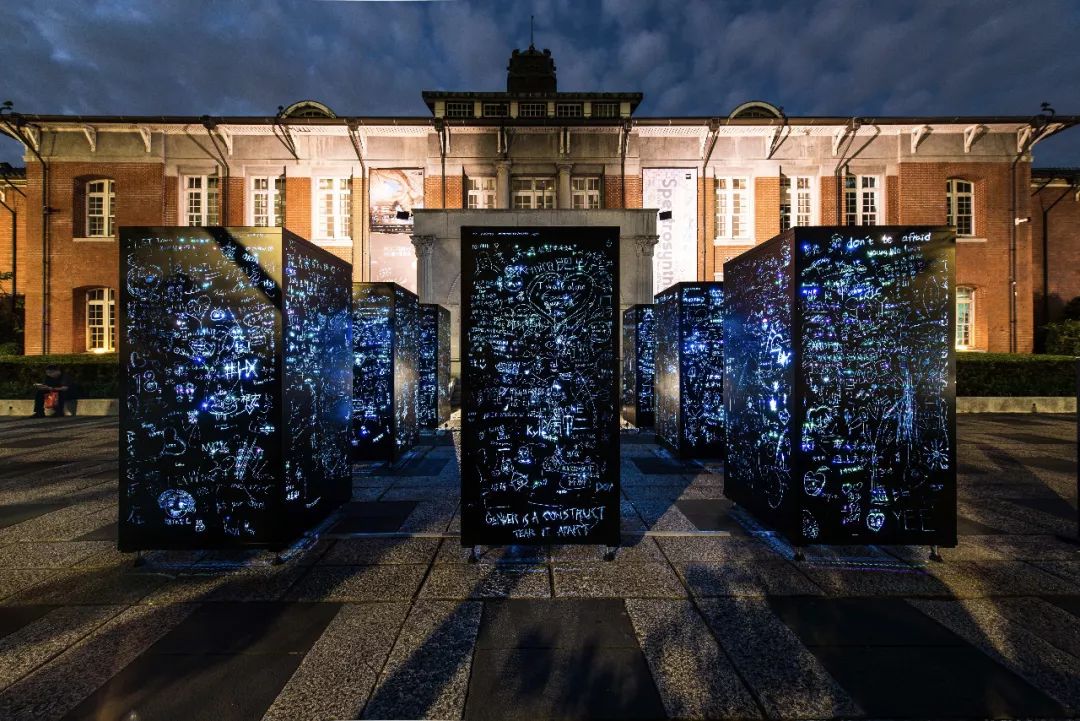

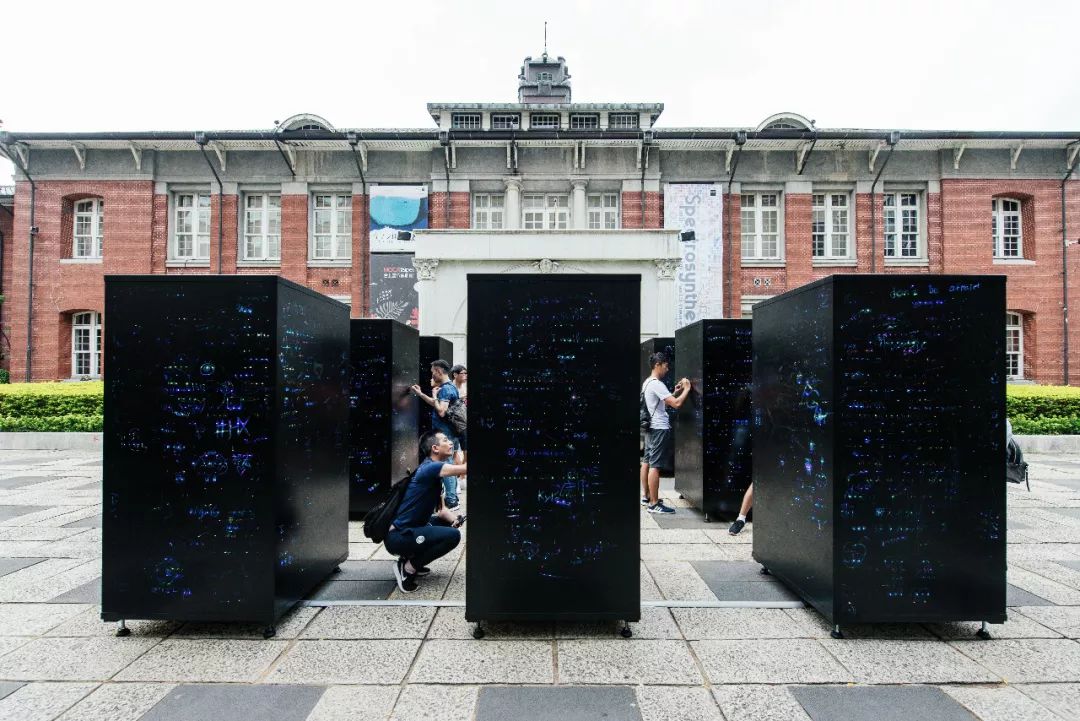
社會設計獎 Social Design Award;評審團推薦獎 Judges’ Special Award;國立臺北藝術大學《黑暗中的彩虹》為一委託製作之戶外裝置,以”傷痕”為概念發想源頭,結合大眾的書寫行為,透過光在日與夜呈現開放與私密的兩種狀態。裝置為數個長方形量體組件,並設置在台北當代藝術館的“廣場”,試圖在公共空間中製造隱蔽場所。民眾可藉由尖銳物品在覆上黑色漆料的作品表面,留下任何想訴說的字眼或圖案;作品內置的多彩 LED 燈條,到了夜晚,這些隨著時間不斷累積的痕跡,如同時間切片,漸漸從刻劃下的文字與圖像縫隙間透出光芒,由個人私密的書寫轉為眾人的共筆。裝置從每個人的內在生命經驗扣合廣場開放的場所特性,同時公開回應不同城市間的展出,曾在台北以同志議題為題,東京則安置於六本木街頭,分別回應社會現況。裝置、空間、時間及民眾參與構成作品的完整意涵。傳遞著人們面臨各種傷痛時,仍團結凝聚以勇敢姿態正視傷痕,最終成為這時代階段的紀錄。
TANG ZHAN
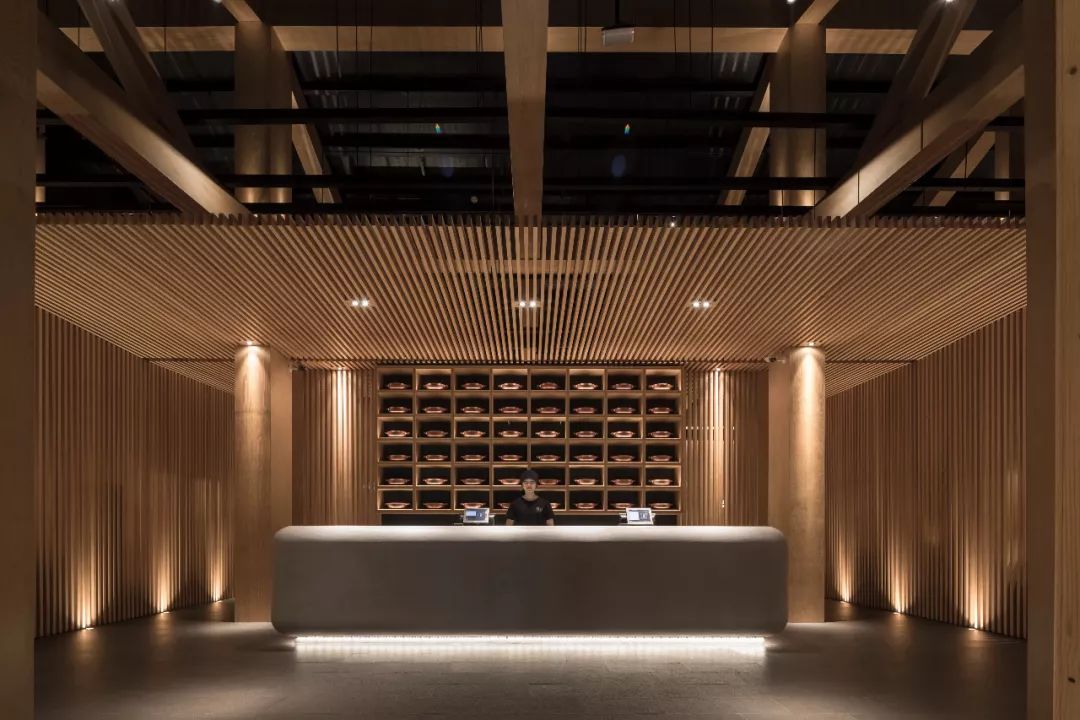
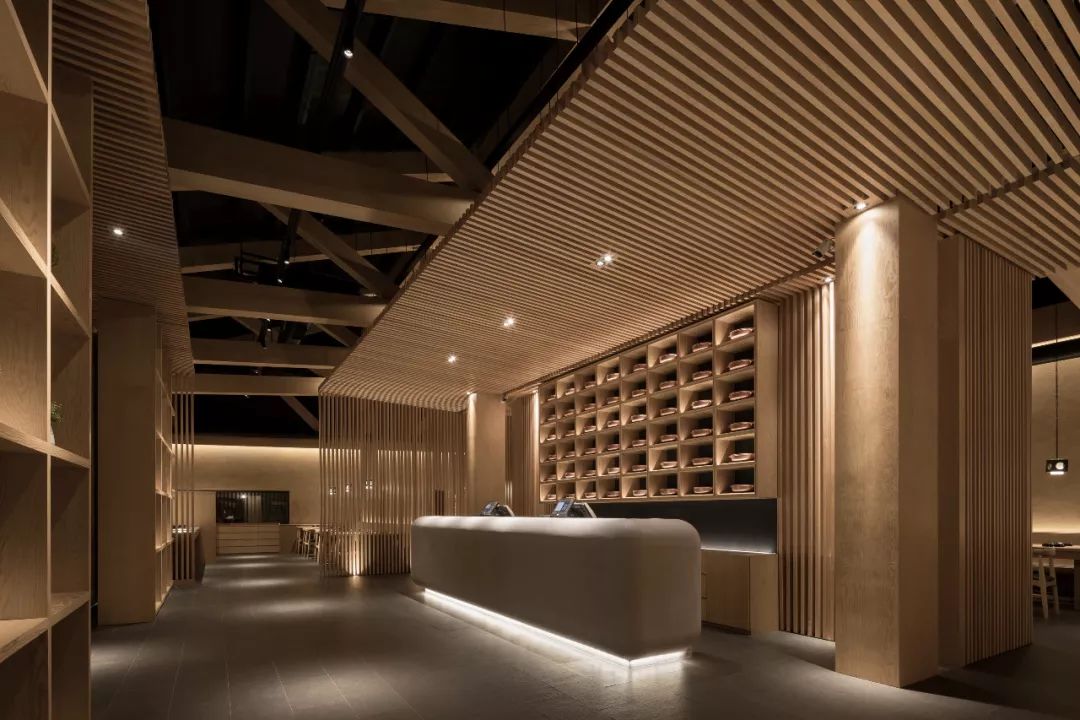
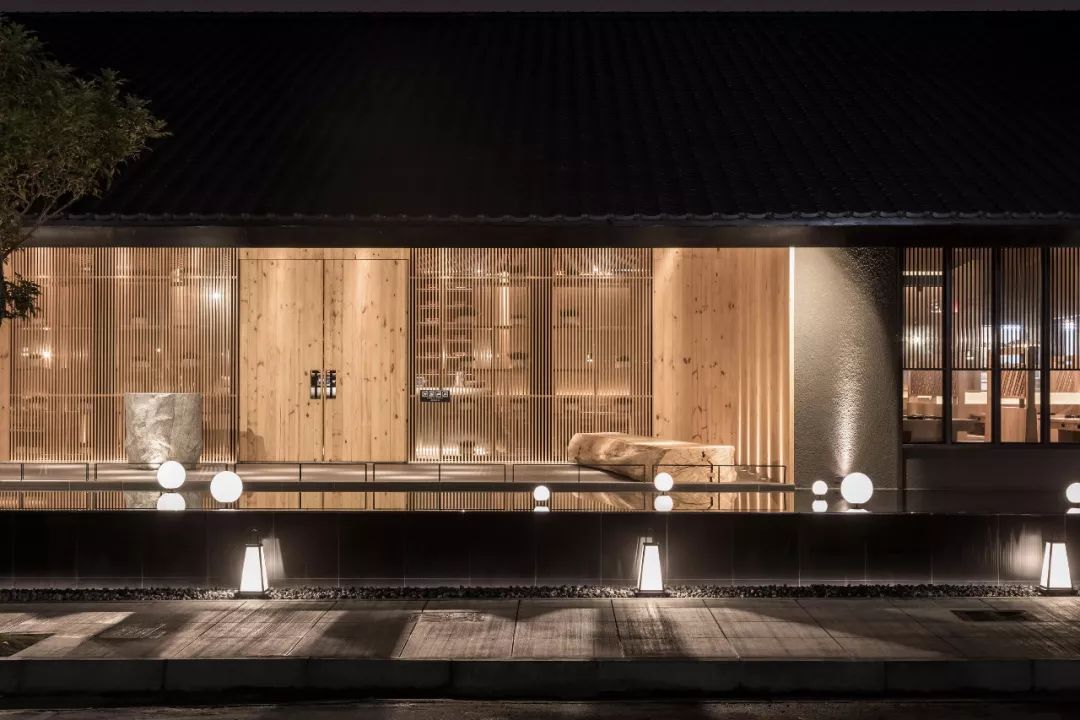
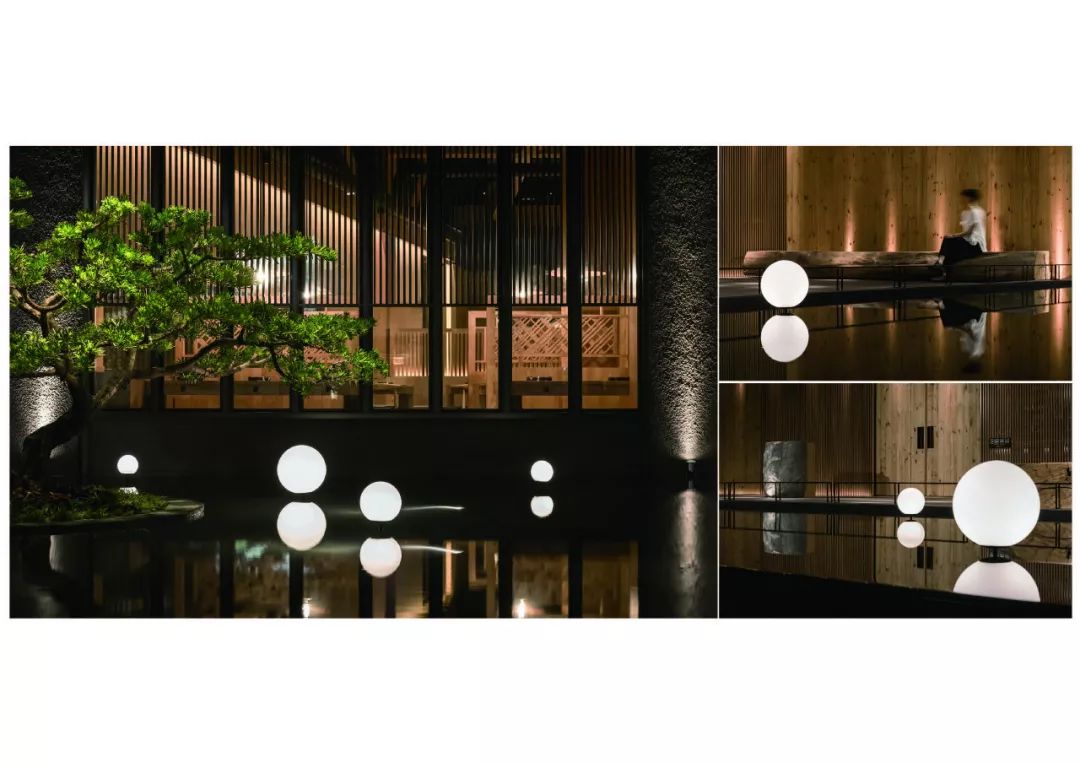
優選 Distinction;拾葉室內裝修設計工程有限公司葉佳隴,這原是一棟台灣街頭常見的舊有鐵皮屋 由外 在建築物既有鐵皮屋頂上覆蓋屋瓦與隔熱,解決了鐵皮屋常有的室內悶熱現況,減少耗能,感覺像在外觀上覆上一層於繁忙街道中,低調的新衣。外觀上,以大片屋瓦的斜屋頂造型呈現,讓低調沉穩與大器醒目交融,另類的衝突感也能讓往來行人留下深刻印象。立面 長型低調立面,入口平台內縮,刻意凸顯木質的輕盈感,空間色調的反差感亦營造出劇場舞台之效果。讓用餐的客人,也成為一幕幕演出的主角。入口接待等待區前設置戶外鏡面水池,緩慢流動的水面映照出室內光影情境,讓室內外的畫面在水波上串聯,也藉此模糊邊界,加大空間的開闊度,更增添延伸效果。由內屋頂由內而外延伸低矮的屋簷,進入室內空間後,木桁架的架設創造出足夠高度,距離的落差有效帶出空間層次。在接待大堂裡,室內牆面縝密排列條狀格柵,投射出光影相間,交織出躍動淋漓的構圖。透過疏密的直列錯位,創造出視覺穿透感。挑空樑柱則為原有結構,在櫃檯部份,實木格柵,與屋頂木桁架的高度差,形塑出屋中屋的戲劇感。
HoushouinKannondo
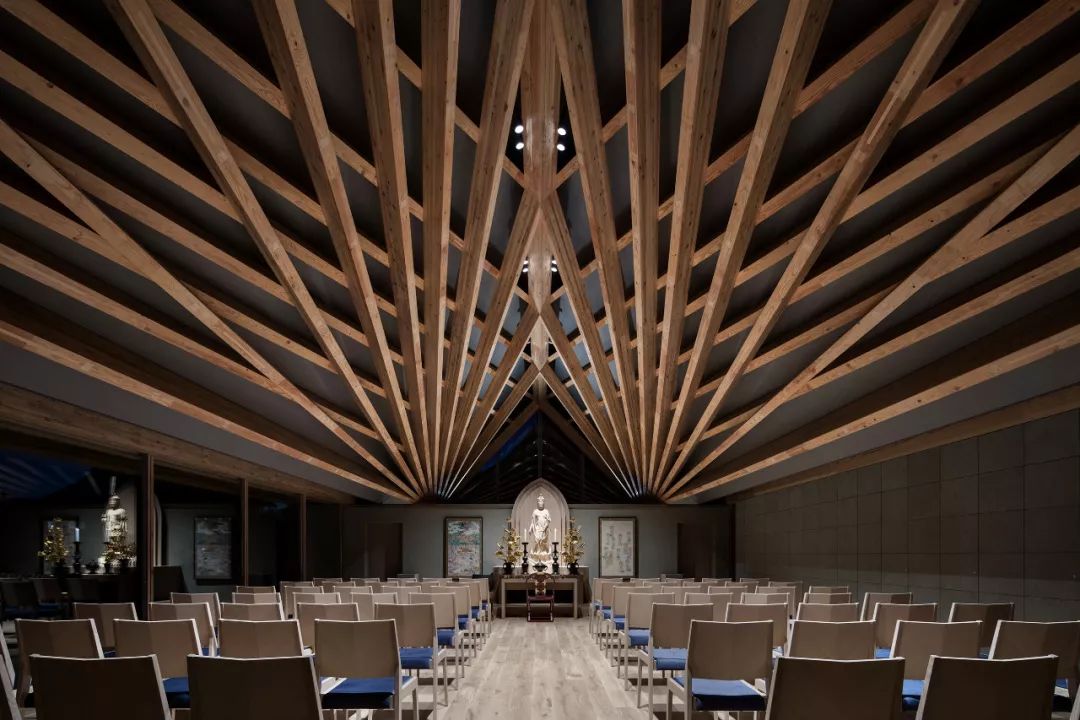
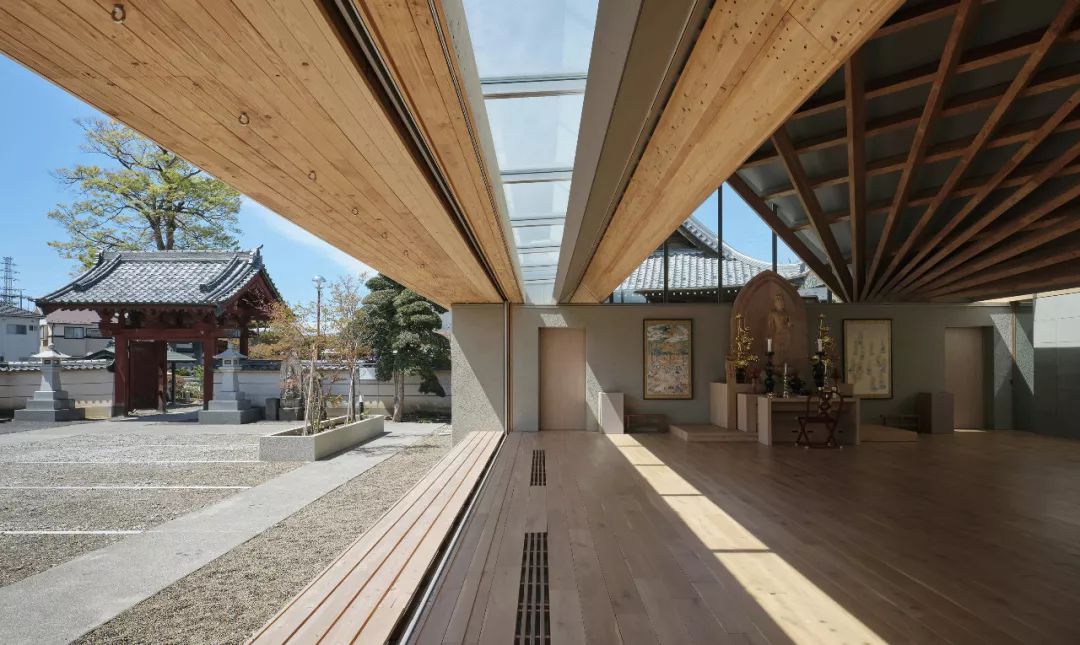
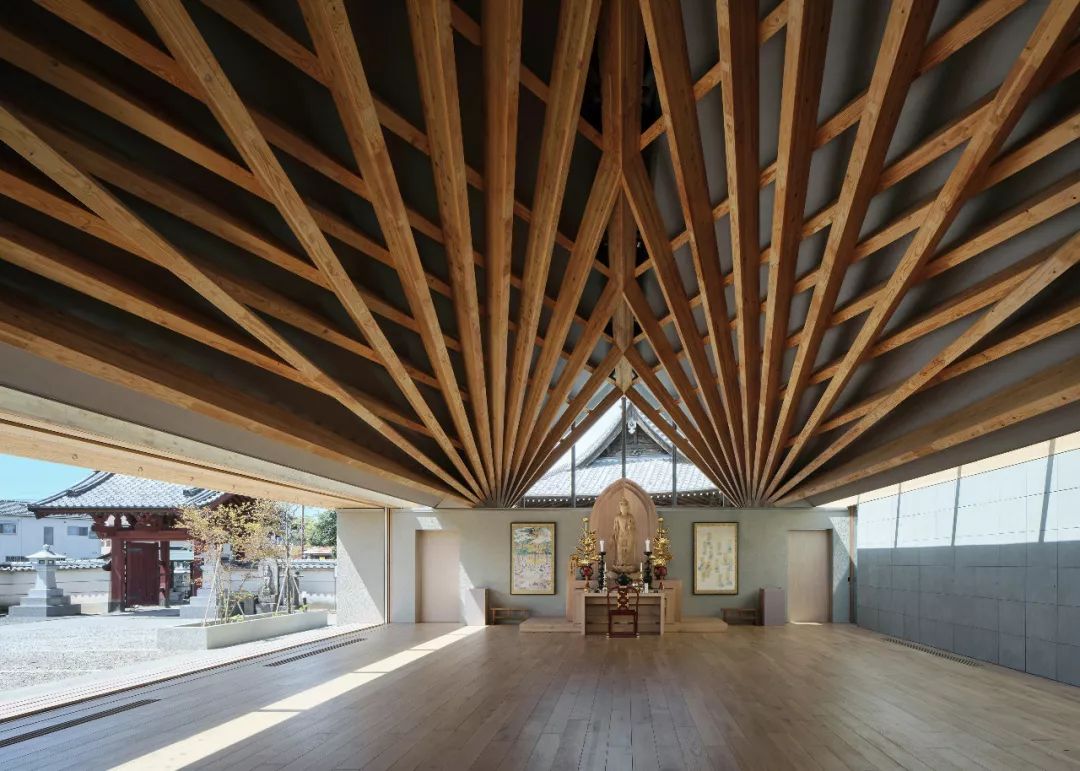
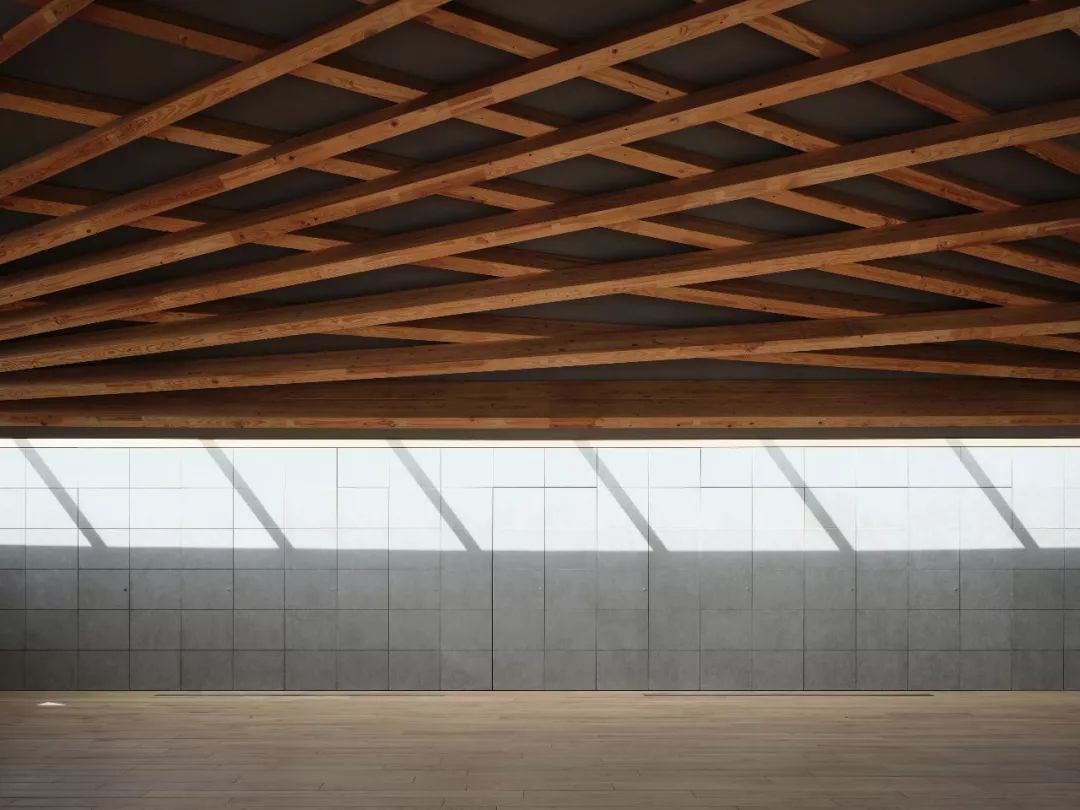
優選 Distinction;PersimmonhillsarchitectsYusuke Kakinoki,Shuhei Hirooka,这个项目是在埼玉县杉户的一座古庙里新建的観音堂(多功能厅)。客户的请求是创建一个对社区开放的地方。我们的建议是通过安排観音堂来蚀刻接近路径的形状。它将必要的功能分解为四卷。我们根据四个体积与现有门和墙之间的关系来准备接近路径的比例。通过安排四个卷将路边的停车场分开。我们已经建立了一个接近観音堂的小袋,通过扩大其方法和庭院,这是外部活动的核心。在面向庭院的部分体积之间桥接山墙屋顶和屋檐,是通往庭院的寺庙。当大厅的推拉门打开时,它与庭院一起成为公共场所的空间。至于结构,我们在寺庙建筑的木框架的家谱中提出了一种新的构成。为了与庭院整体使用,是否是在大厅中没有柱子的条件。我想到了一个像树一样的屋顶框架,暗示着佛陀在博大树下开启了他的启蒙。从屋顶和屋檐之间的顶灯倾泻而下的宁静光线,観音堂已成为一个容易的气氛的寺庙,也有高度的宗教信仰。
Cut in Koganecho
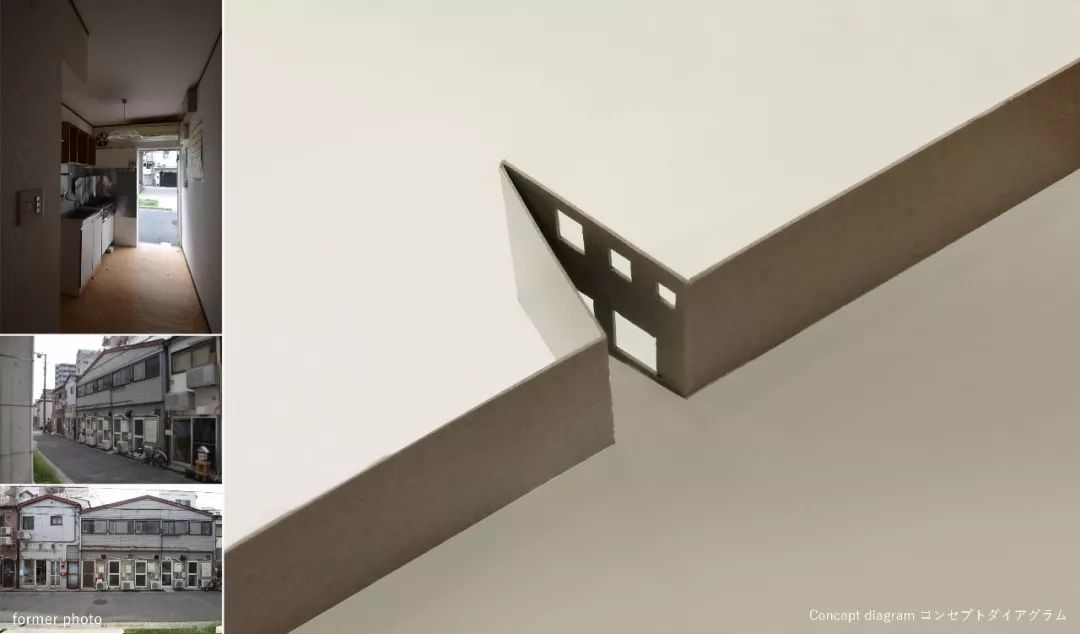

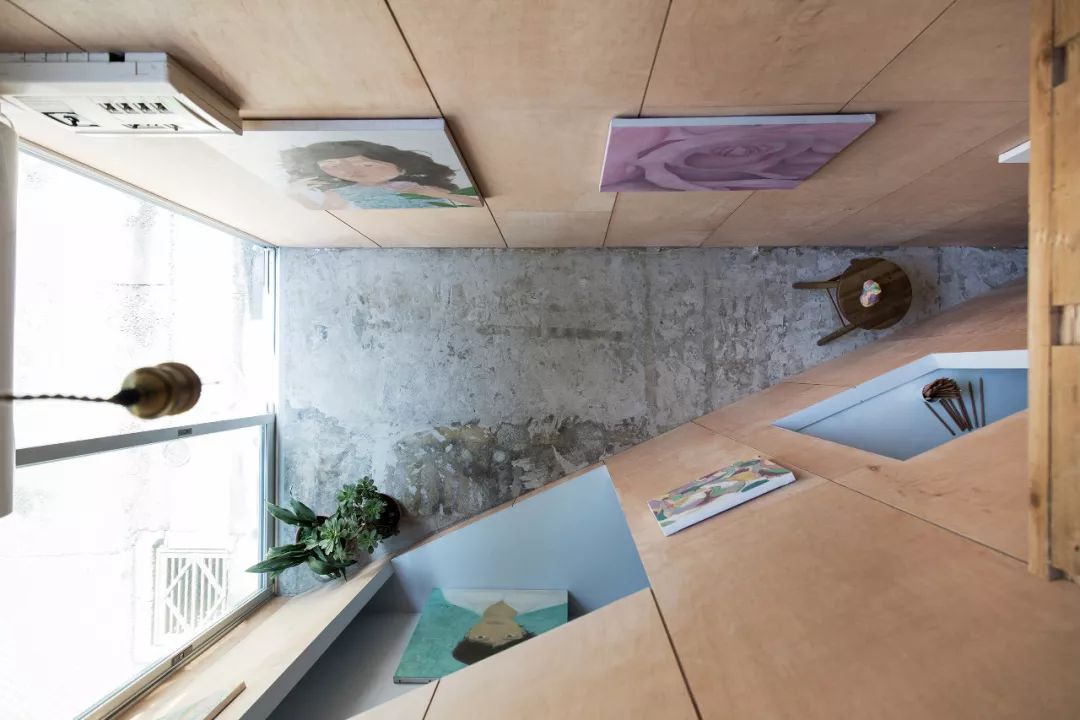
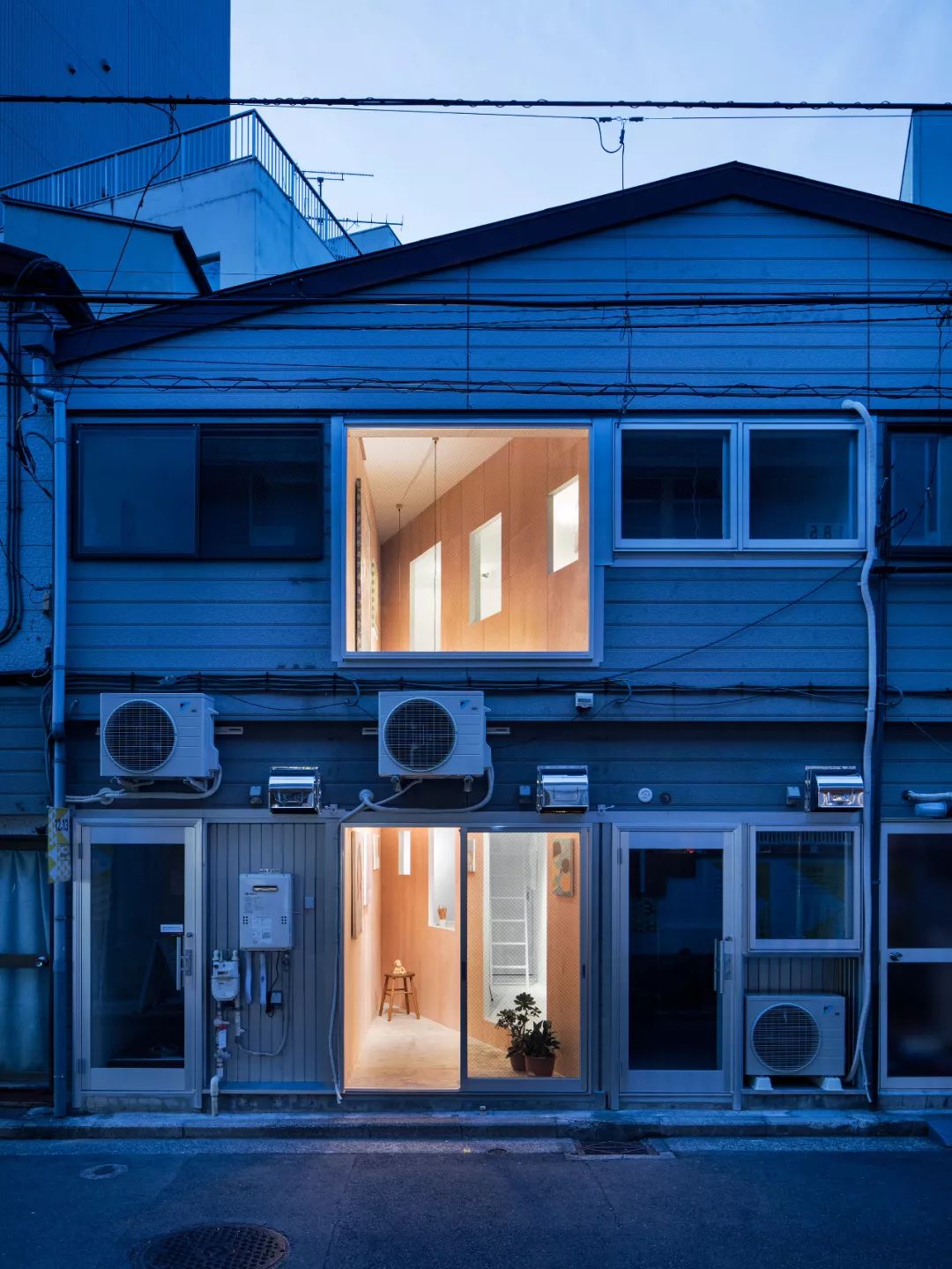
Hawker Reload
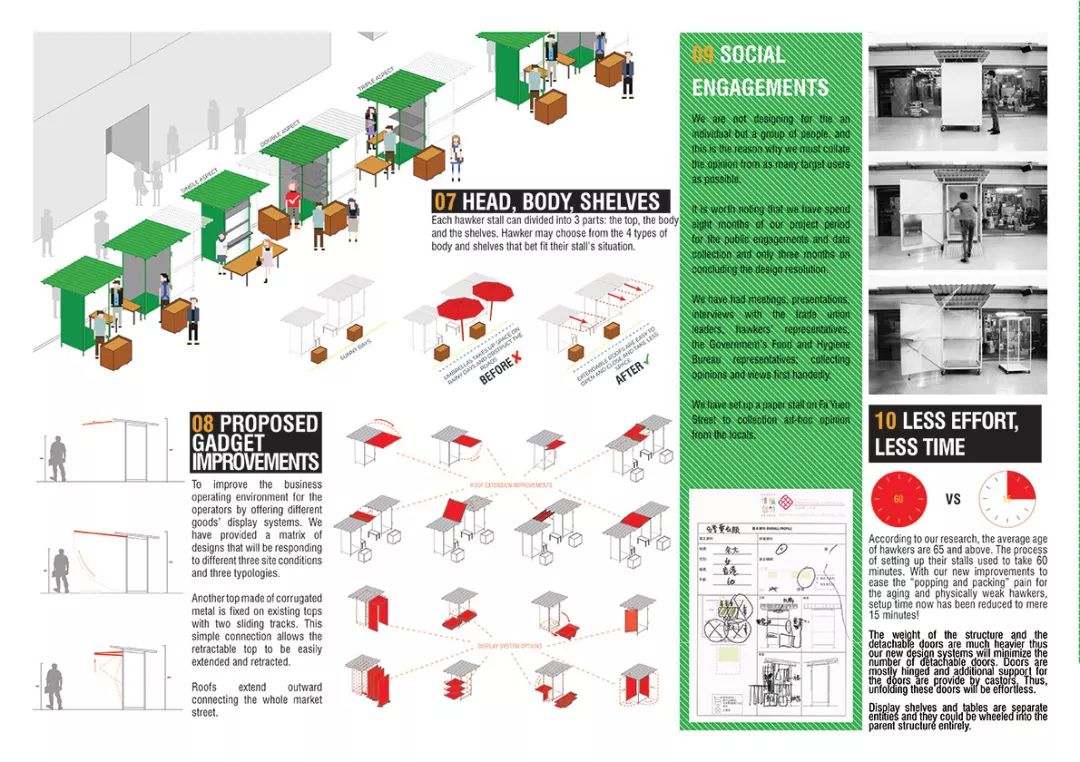

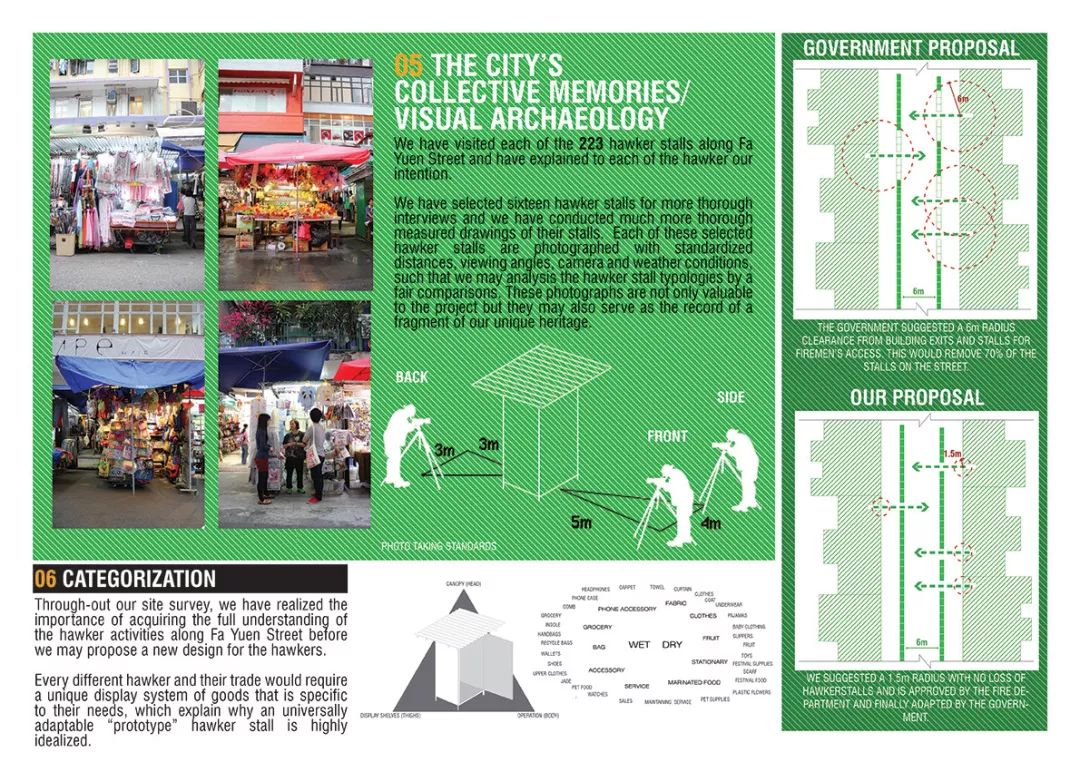
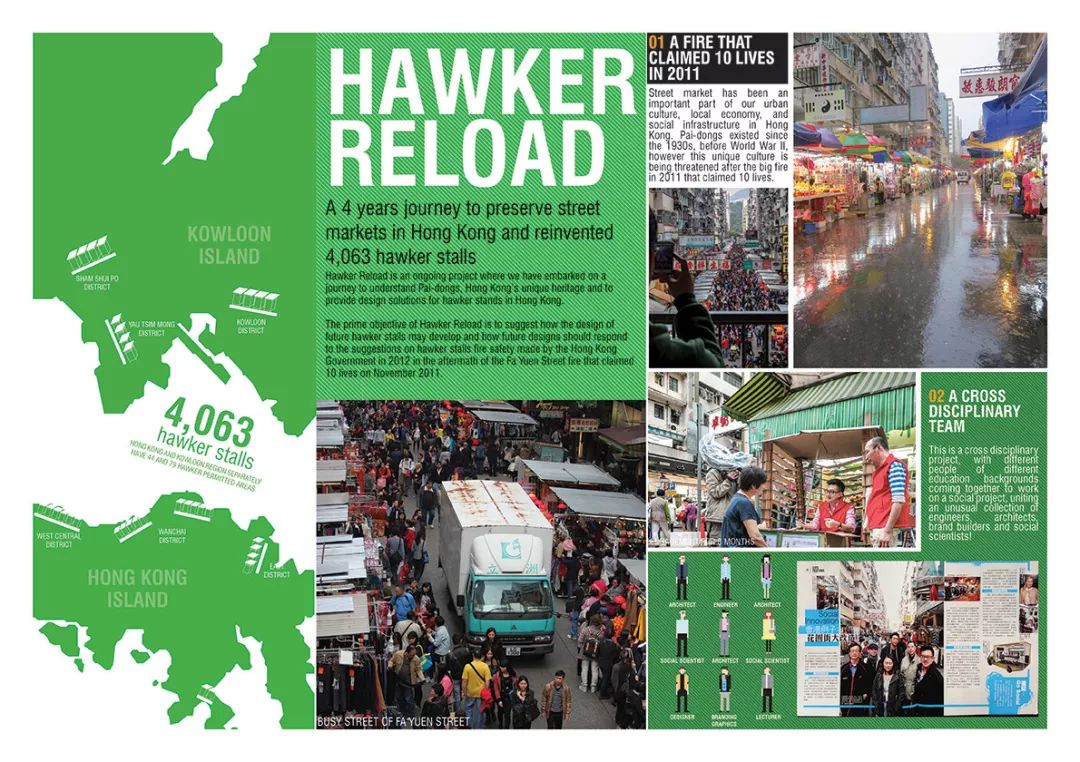
Election Campaign Headquarter
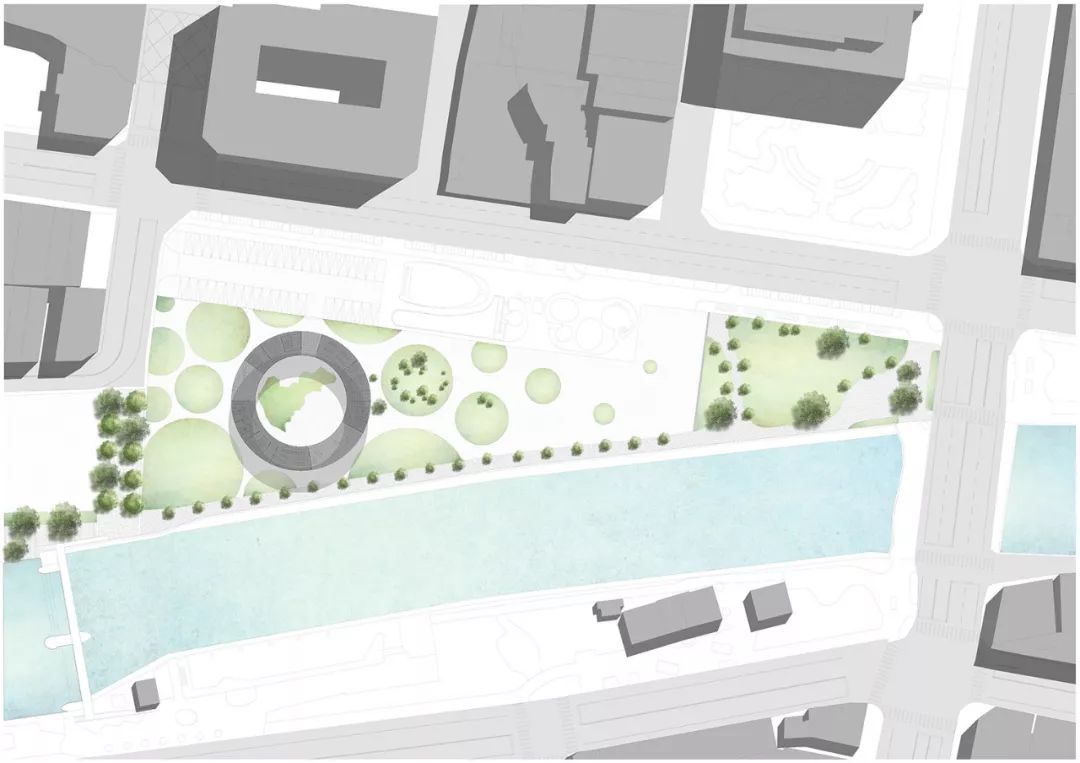

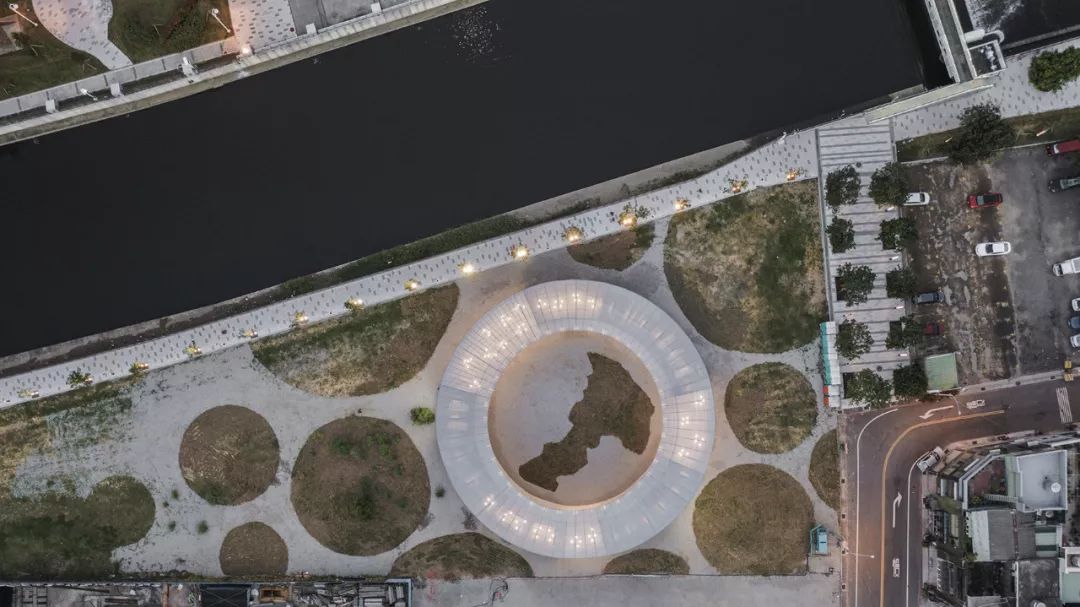
Bang Nong Saeng Kindergarten
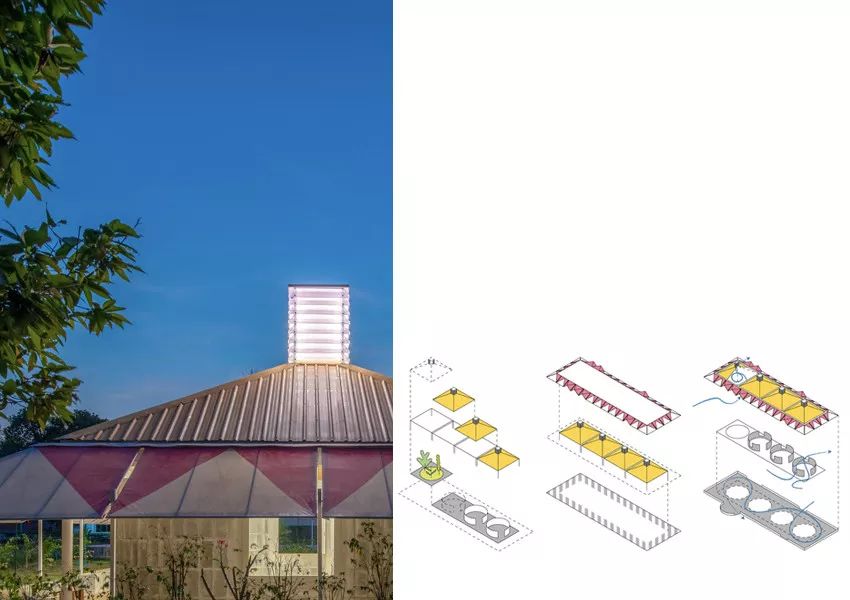
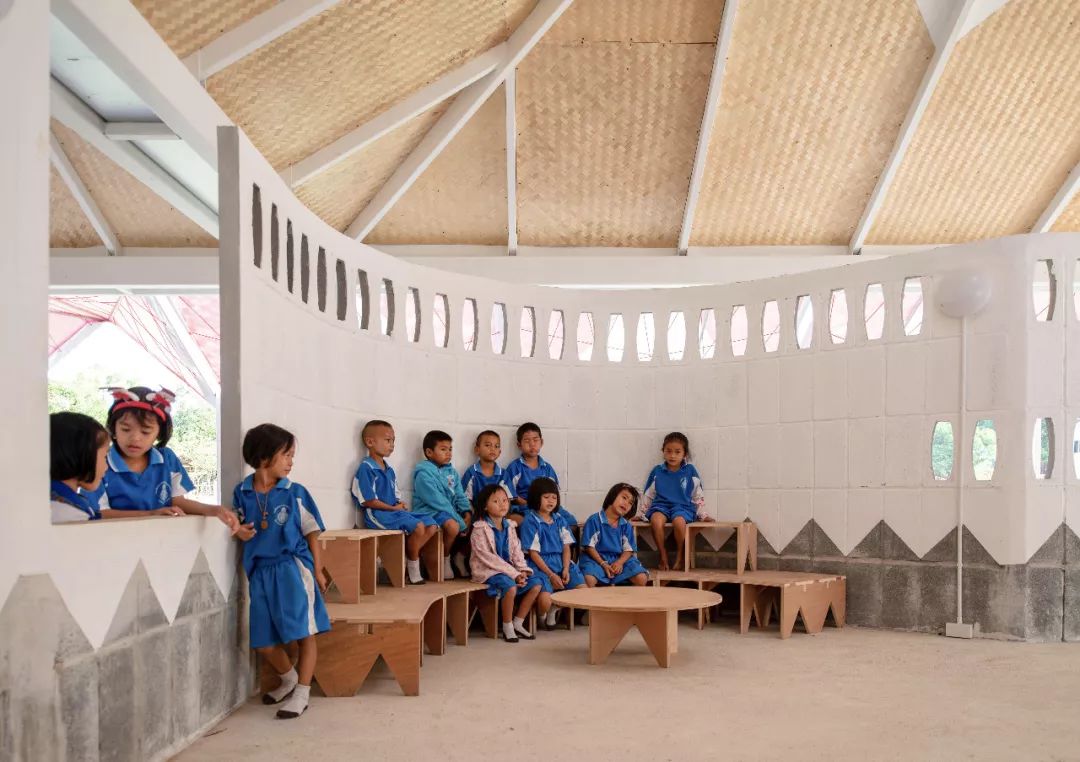
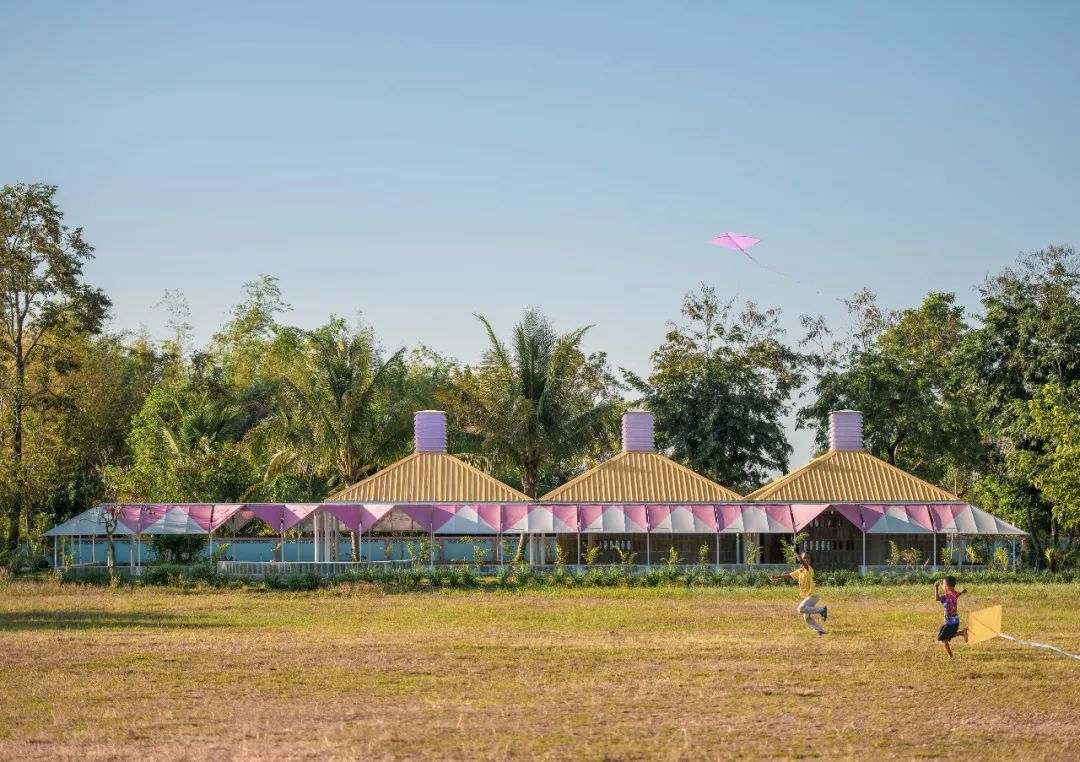
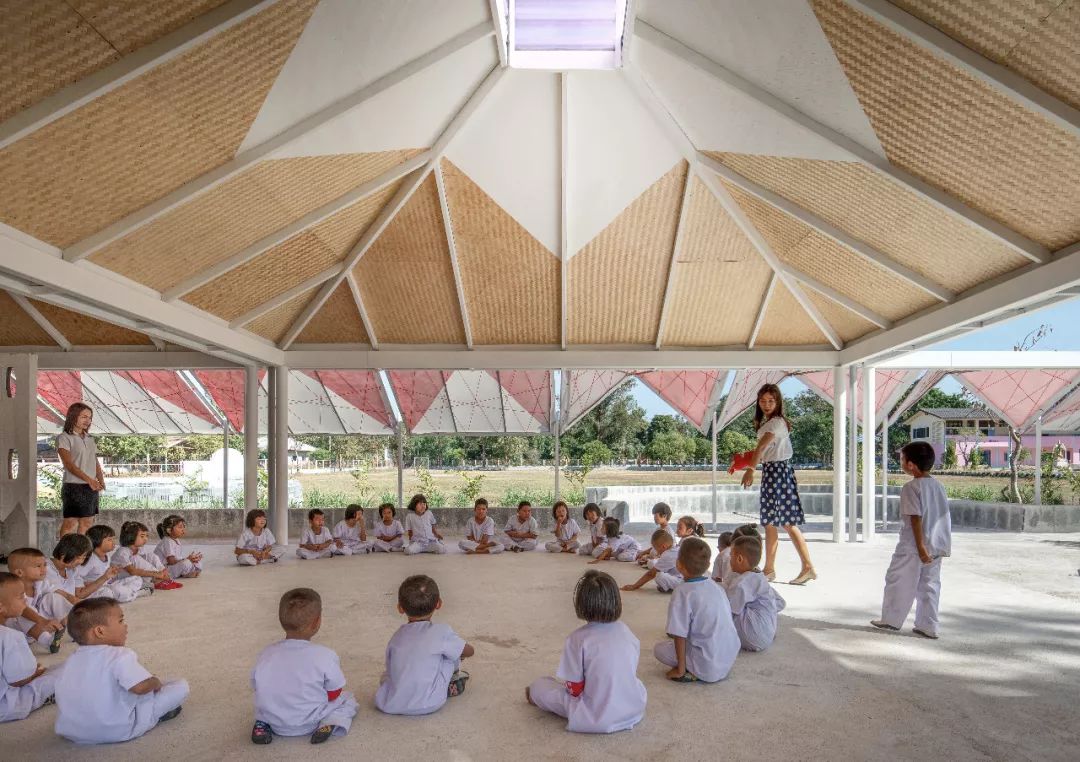
Taitung Design Center (TTDC)
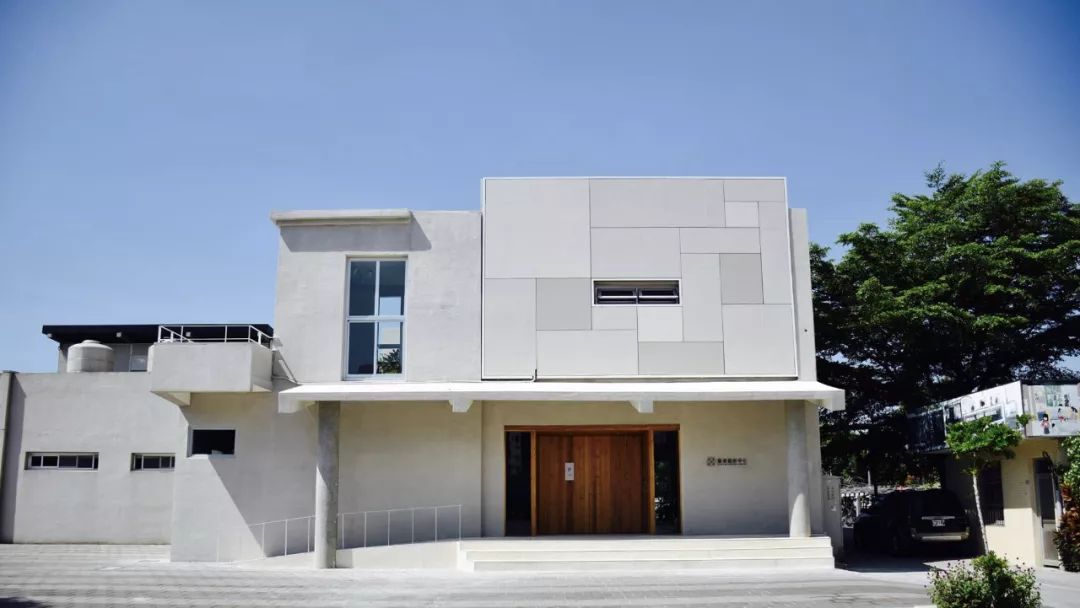
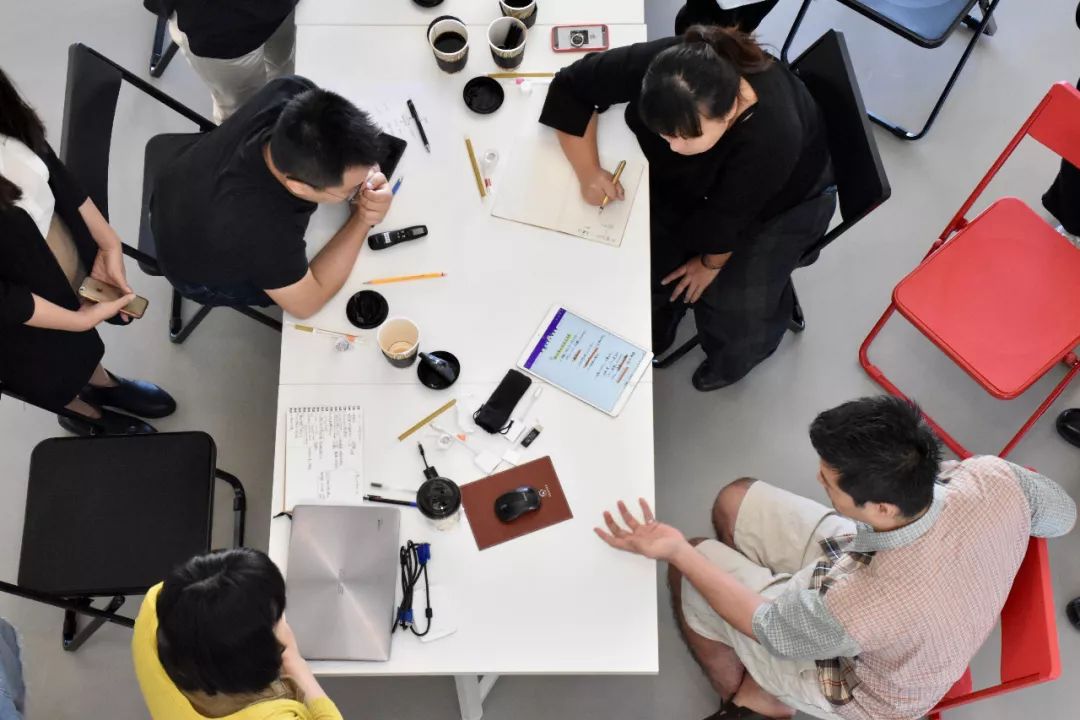
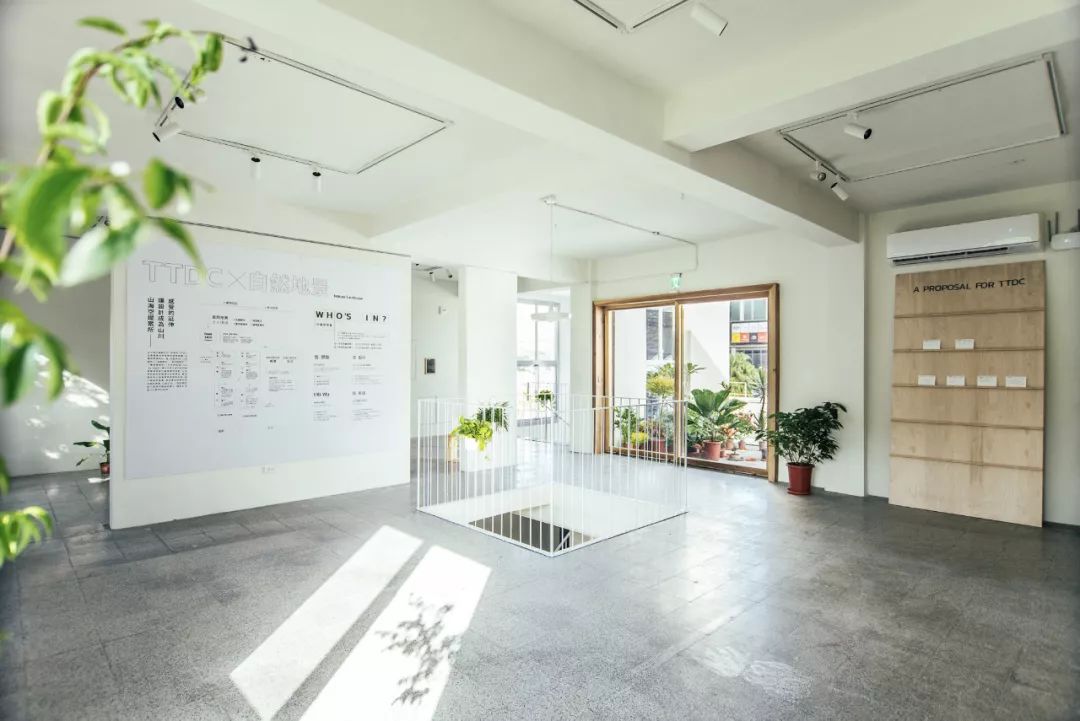

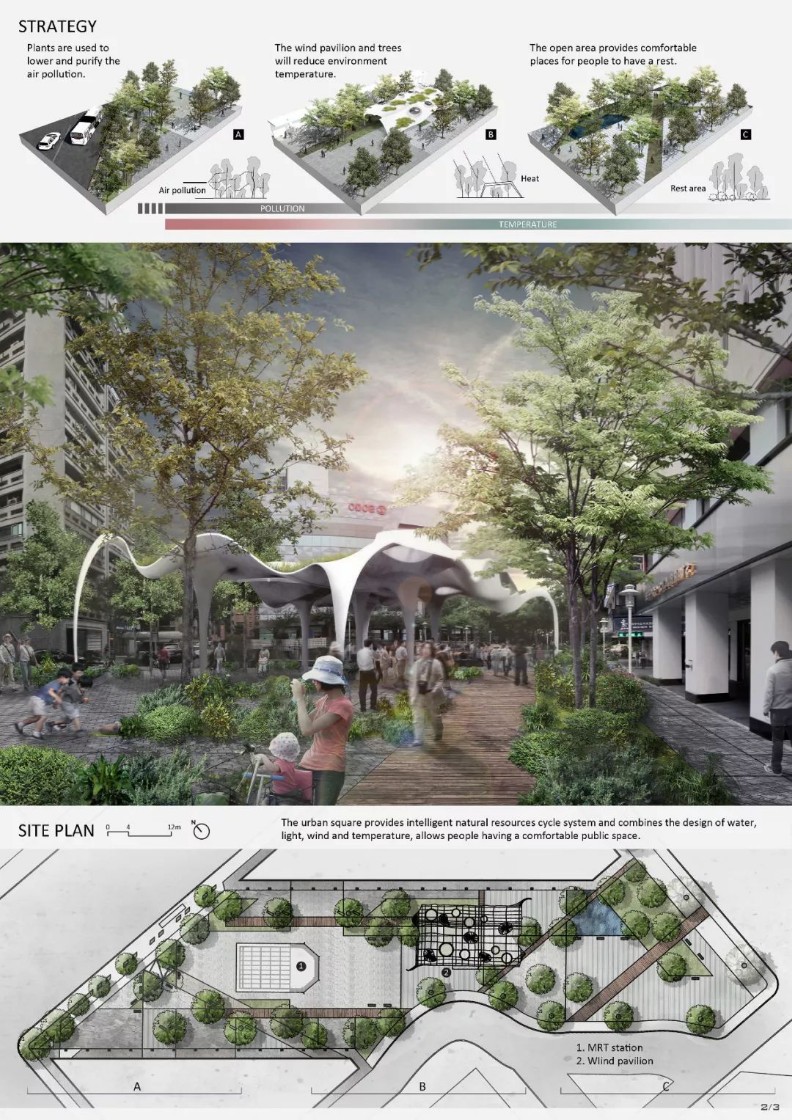
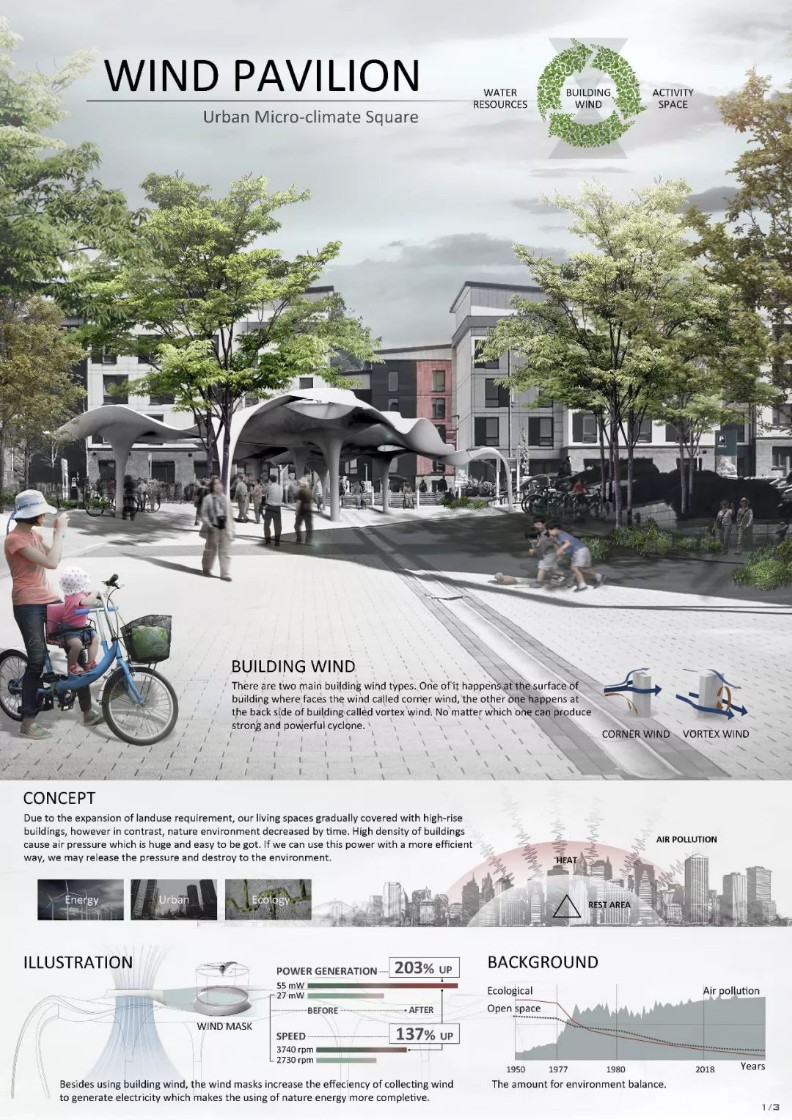
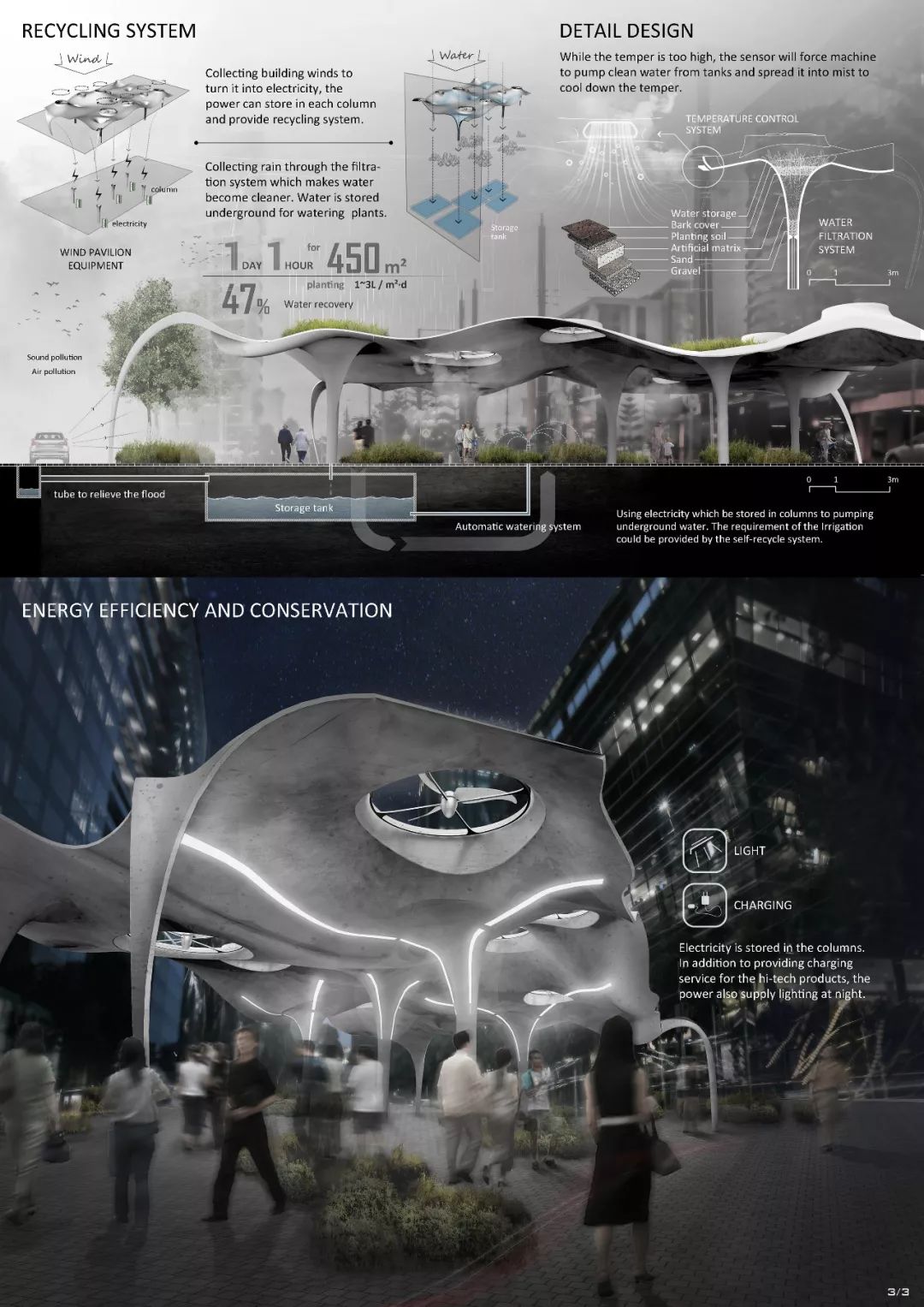
Ozora to Daichi Nursery Myogadani
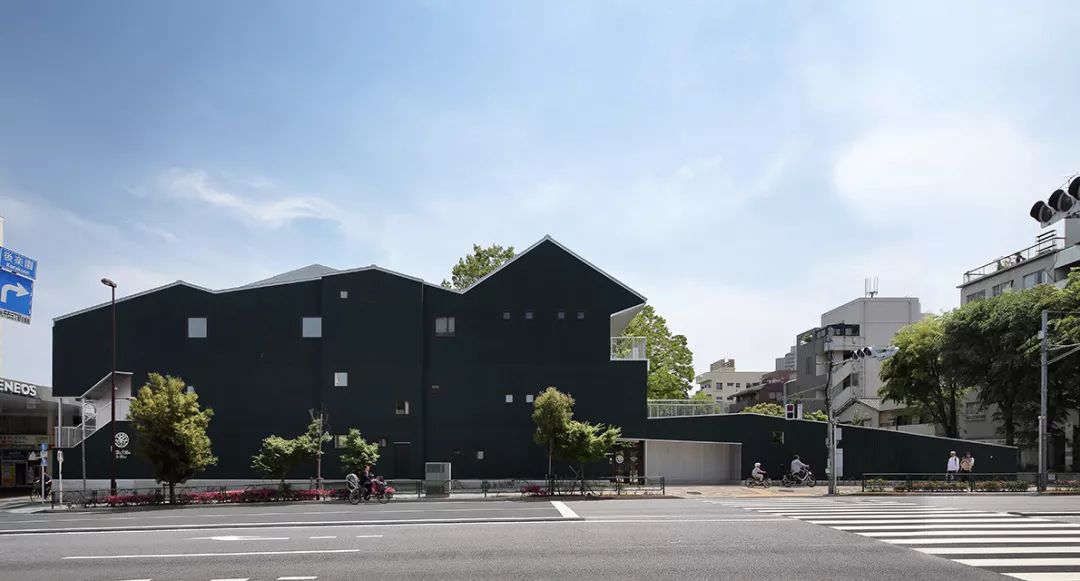
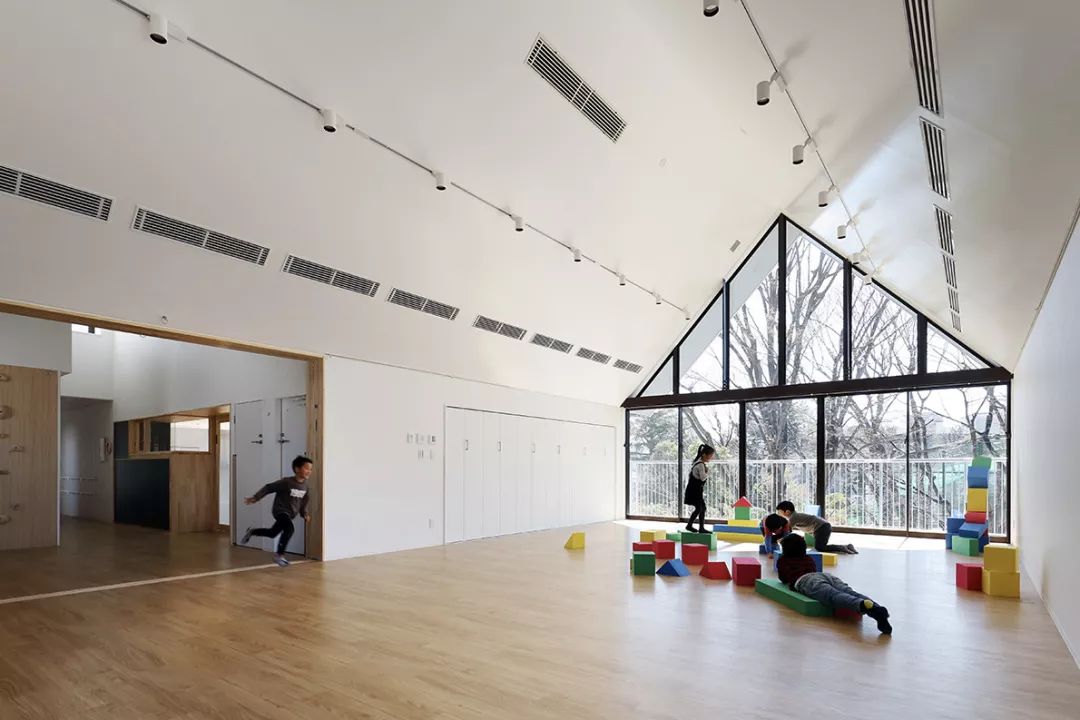
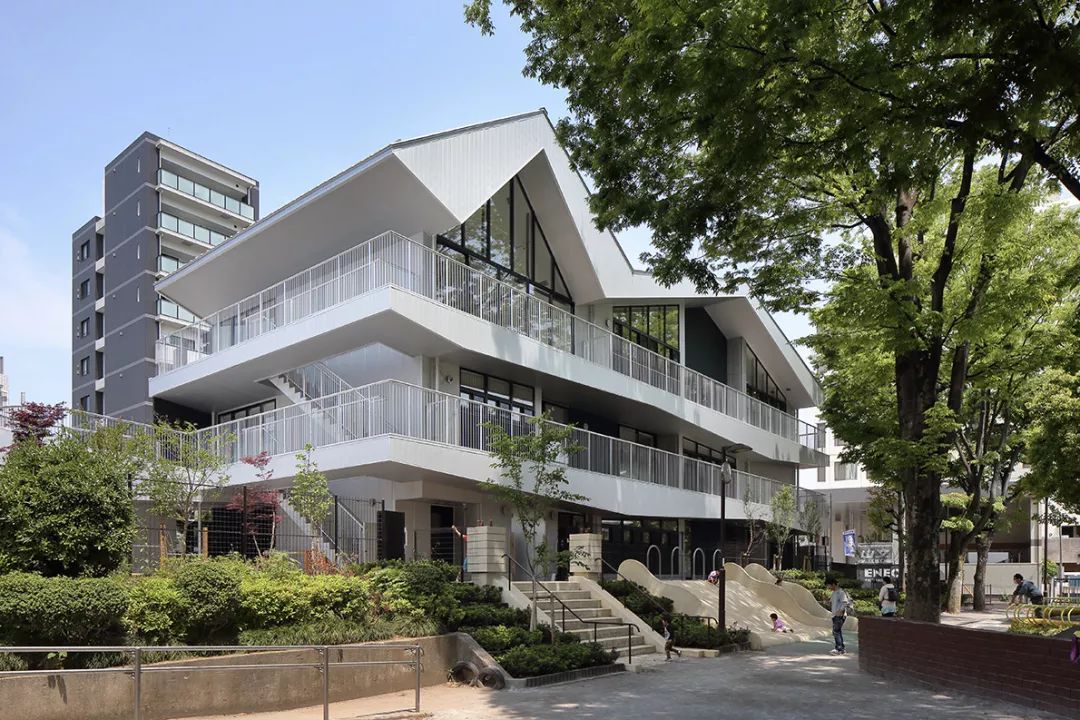

Please Sit Down On The Forest Tree / [α] Alpha Stool & [σ] Sigma Table
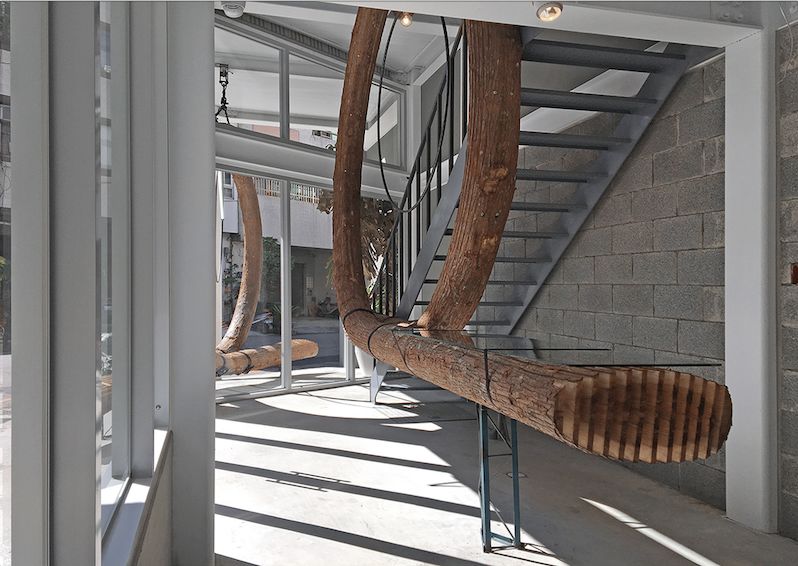
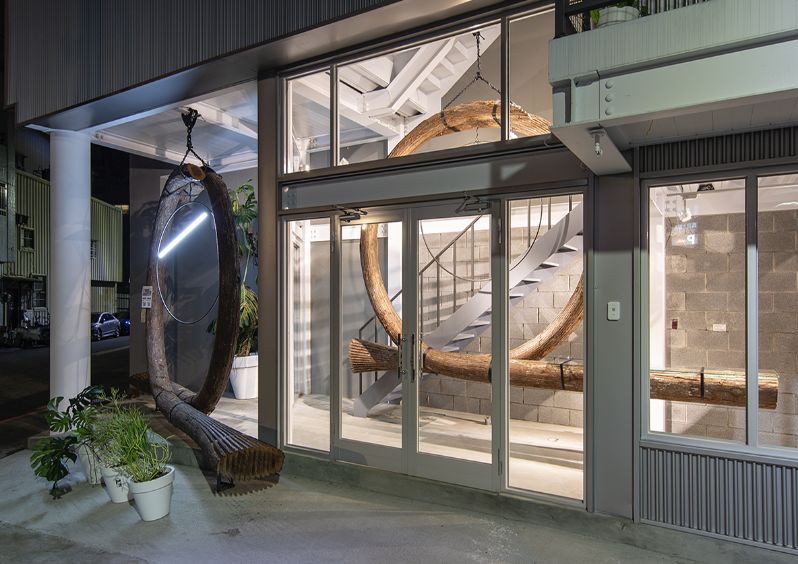
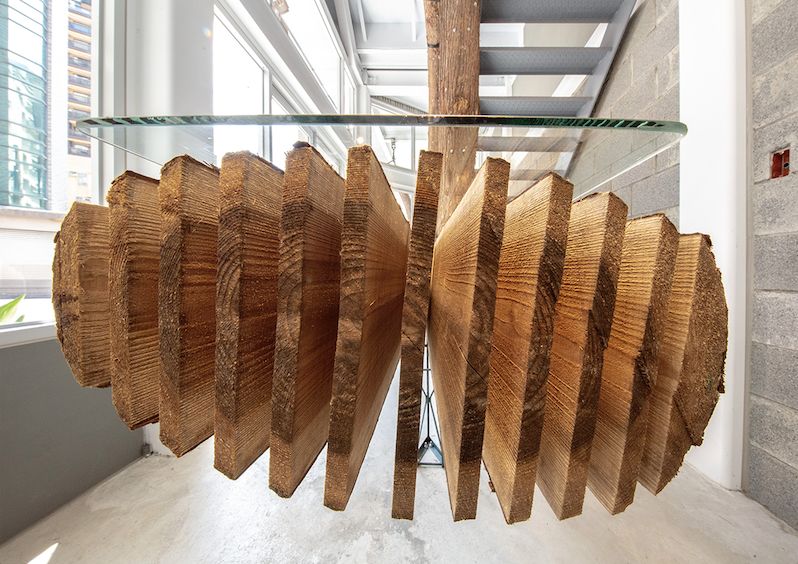
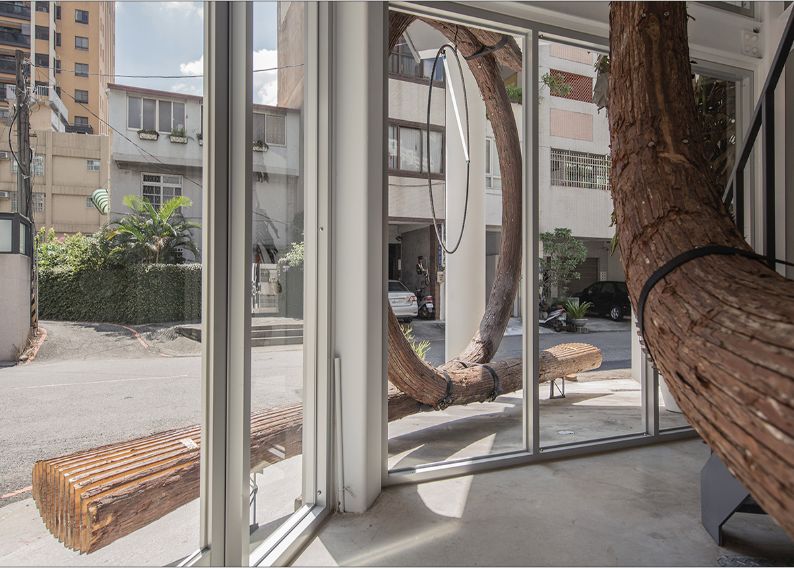
ROCKER Bicycle Floor Parking Rack
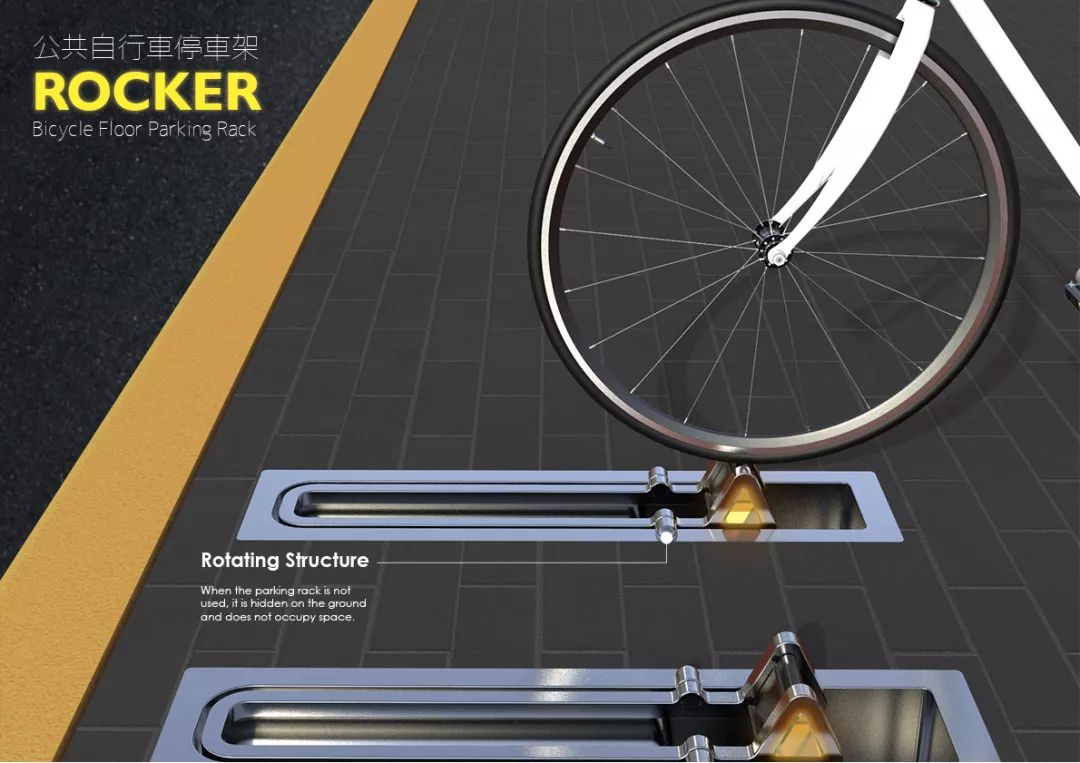
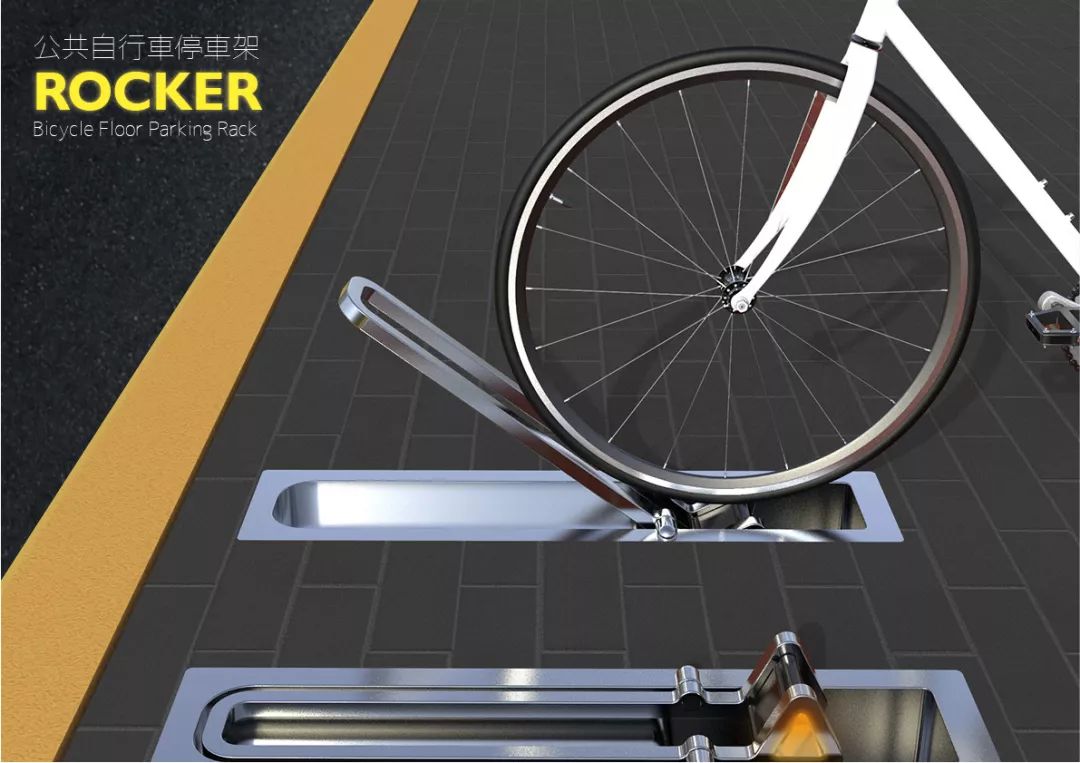
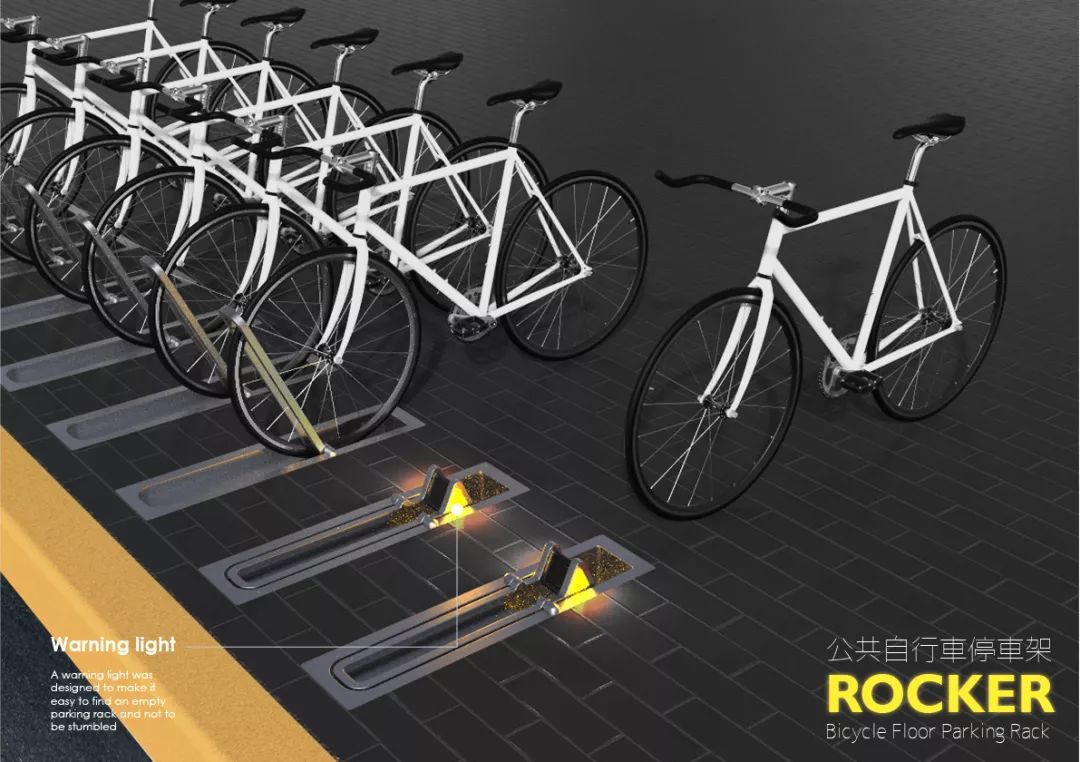

優選 Distinction;志合訊息有限公司我們在路上發現目前的自行車停車架, 有以下問題 1.沒有停車時佔用空間; 它看起來很亂。2.很難發現晚上是否有空間。3.晚上很容易被自行車地板停車架絆倒。搖臂地板停車架解決了上述問題, 使用可旋轉結構,當不使用停車架時,它隱藏在地面上並且不佔用空間。設計了一個警示燈,可容易於找到一個空的停車架,更不會被絆倒。
Kaohsiung Shui Shui
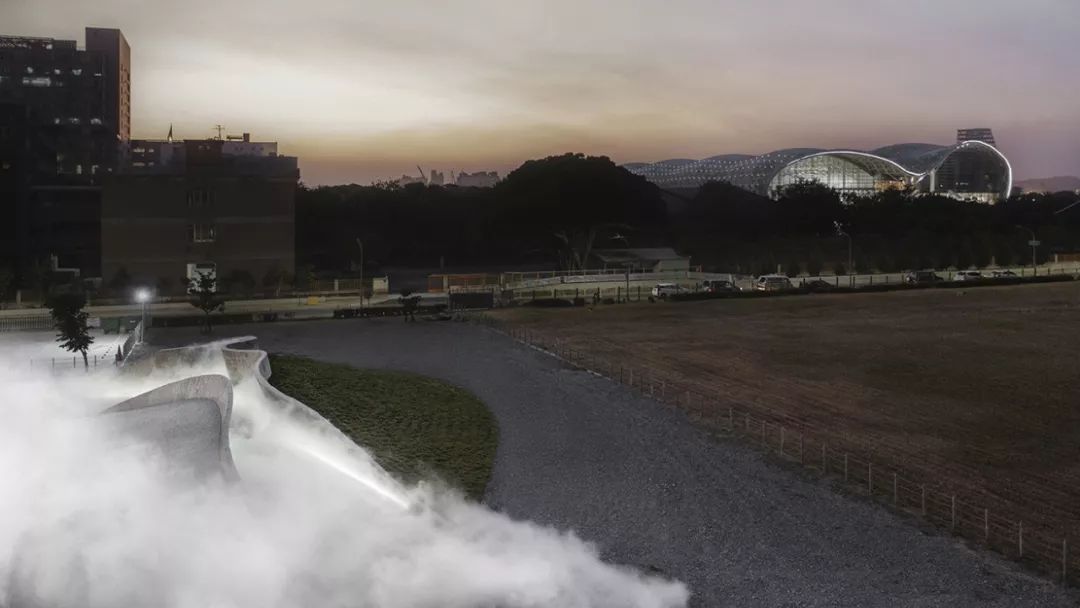
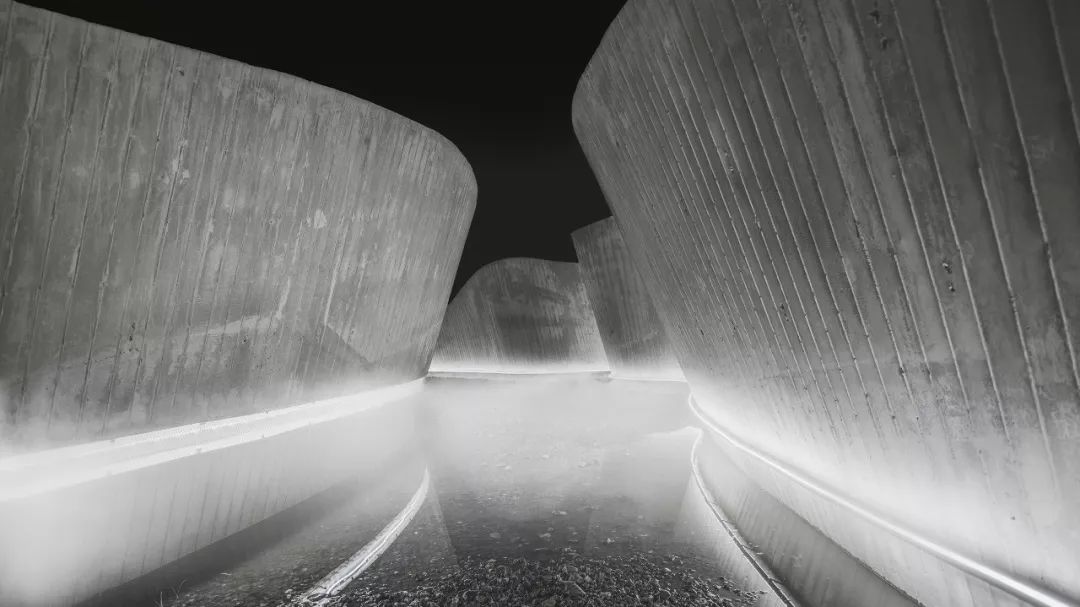
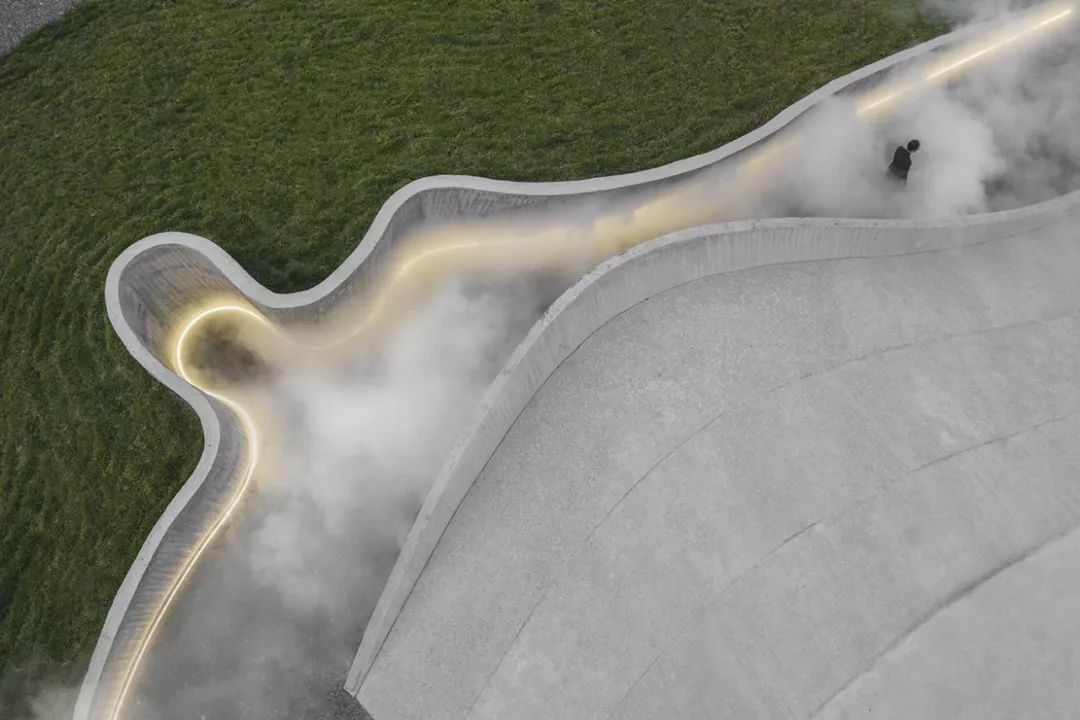
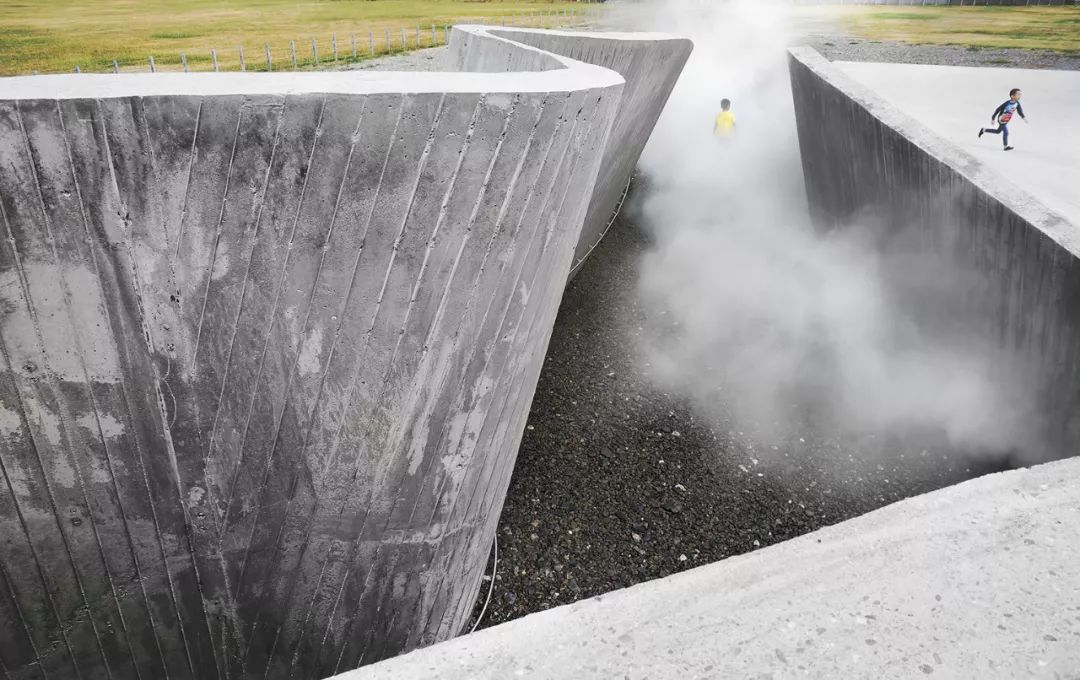
+Furniture
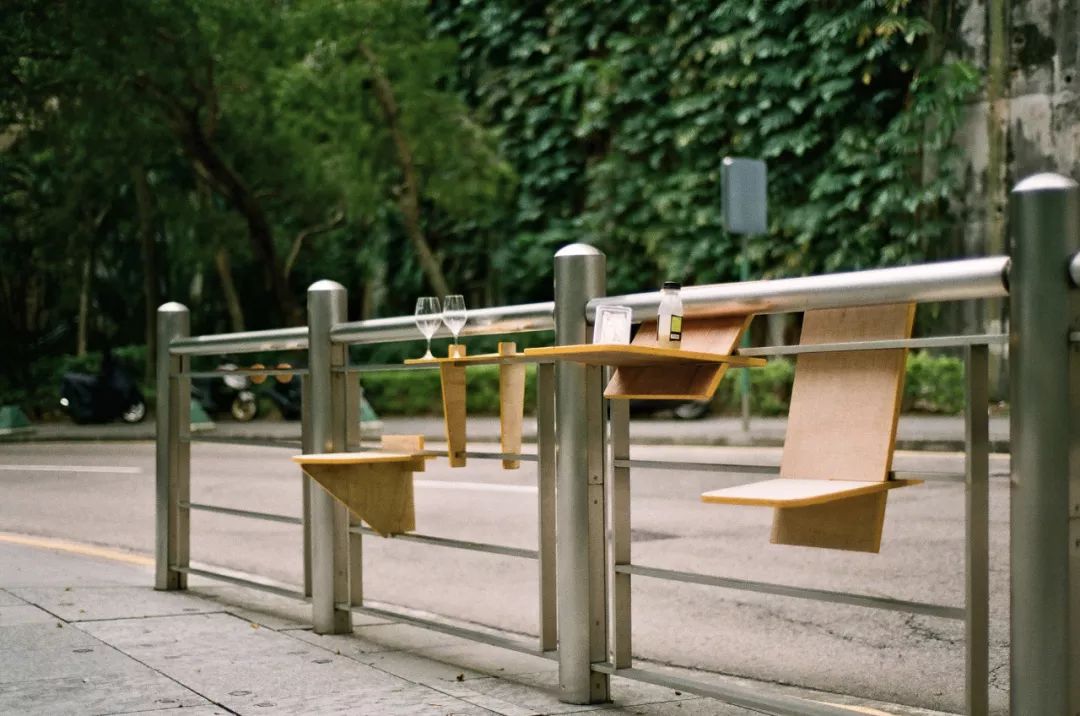
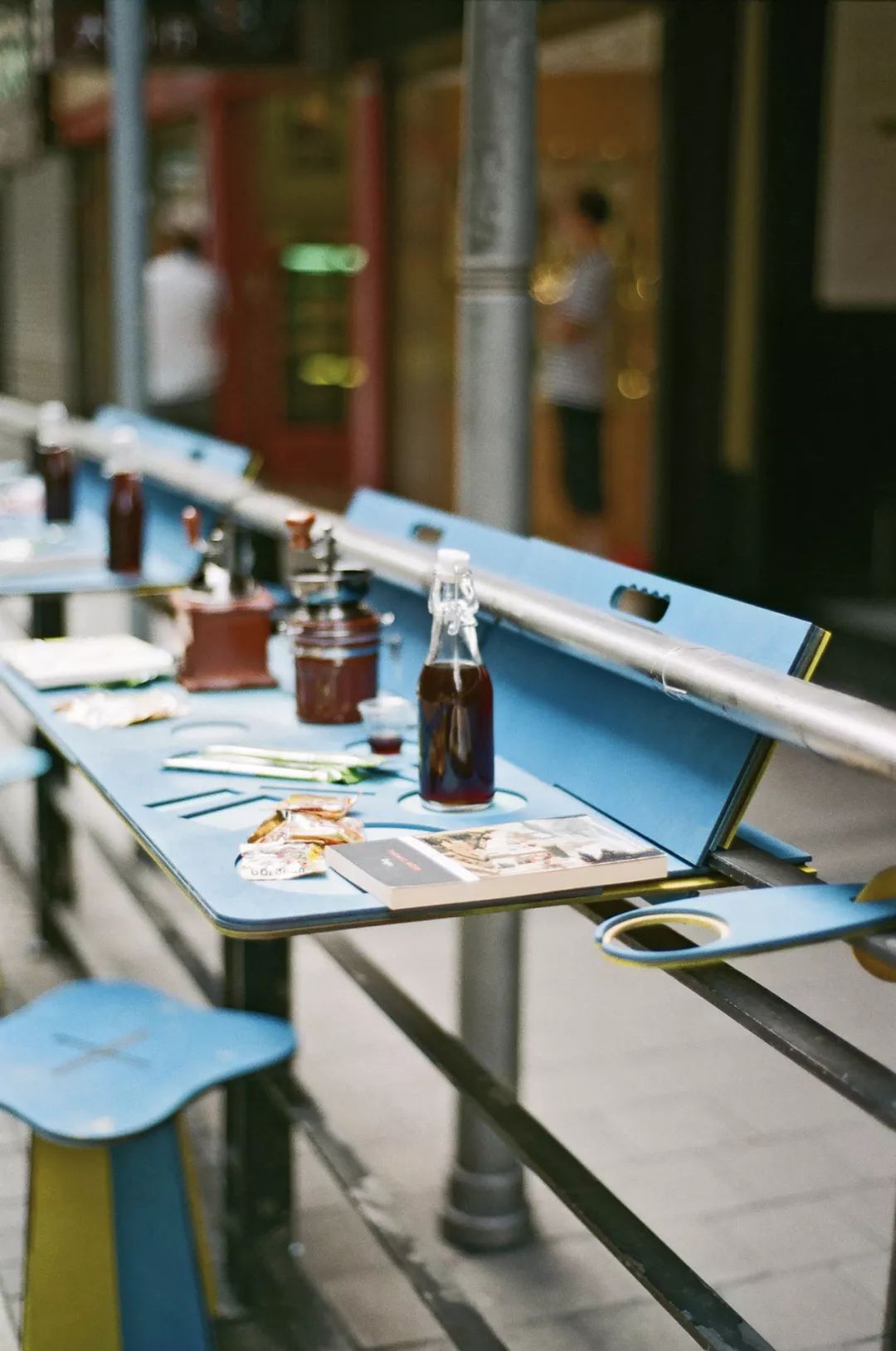
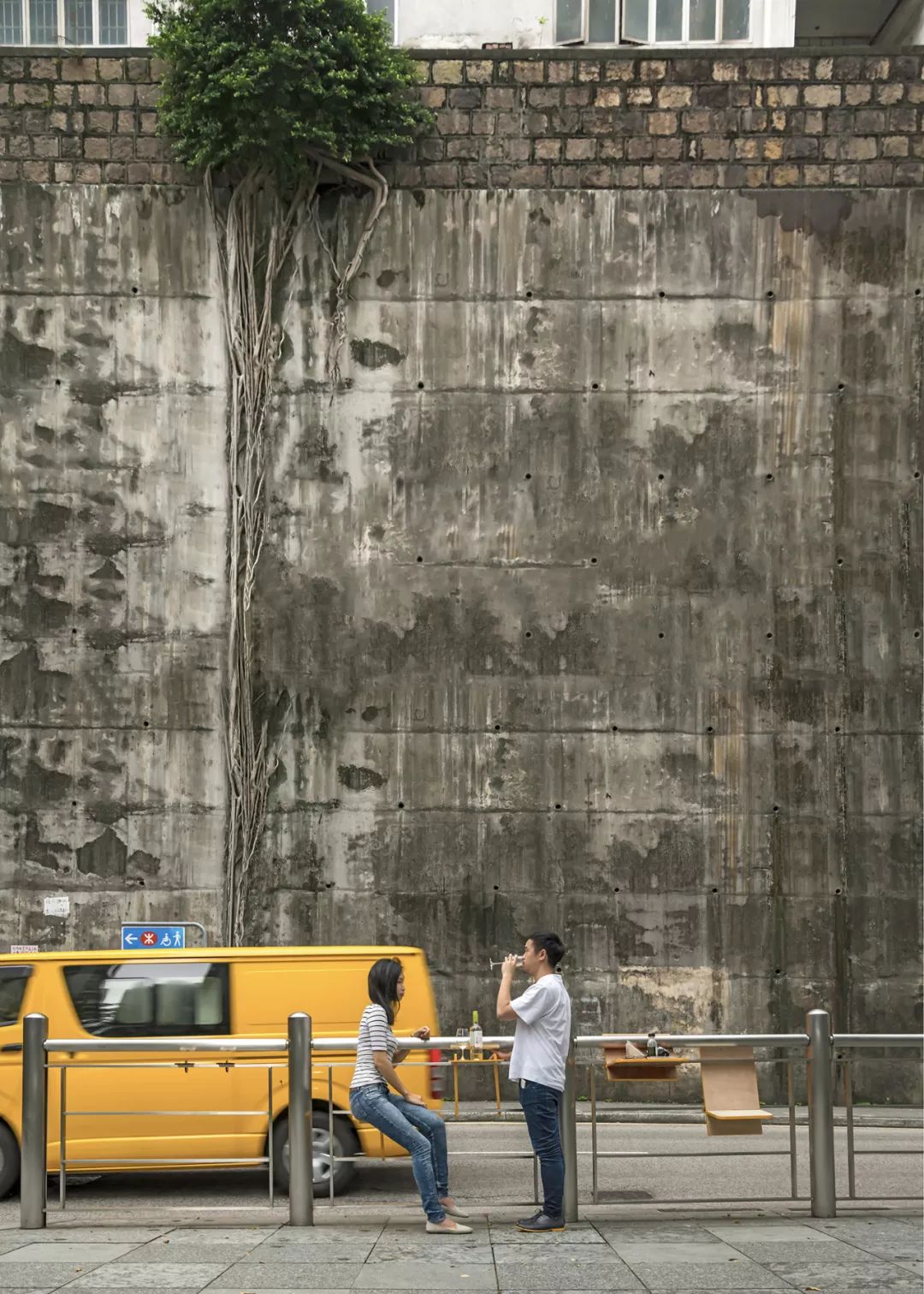
評審團推薦獎 Judges’ Special Award;napp studio & architects曾偉俊,何鴻禮,「+私」重生香港人的雙手去營造自己生活場景的權力。從平凡的街道開始,研究香港公共空間的架構和其用意。沒有置身的設計,這些基礎城市設施都只會是我們偶遇的路人。作品的輕攜度和其暫時的佔有性轉化欄杆、路牌、街燈等設施成為你能在城市浪漫晚餐甚至打遷秋的地方。為香港的城市裂縫注入市民的文化定義,告別我們普遍記得的石屎森林。
注:作品来自台北設計獎
版权归原作者所有、在此仅供交流学习
猜你喜欢
![]()